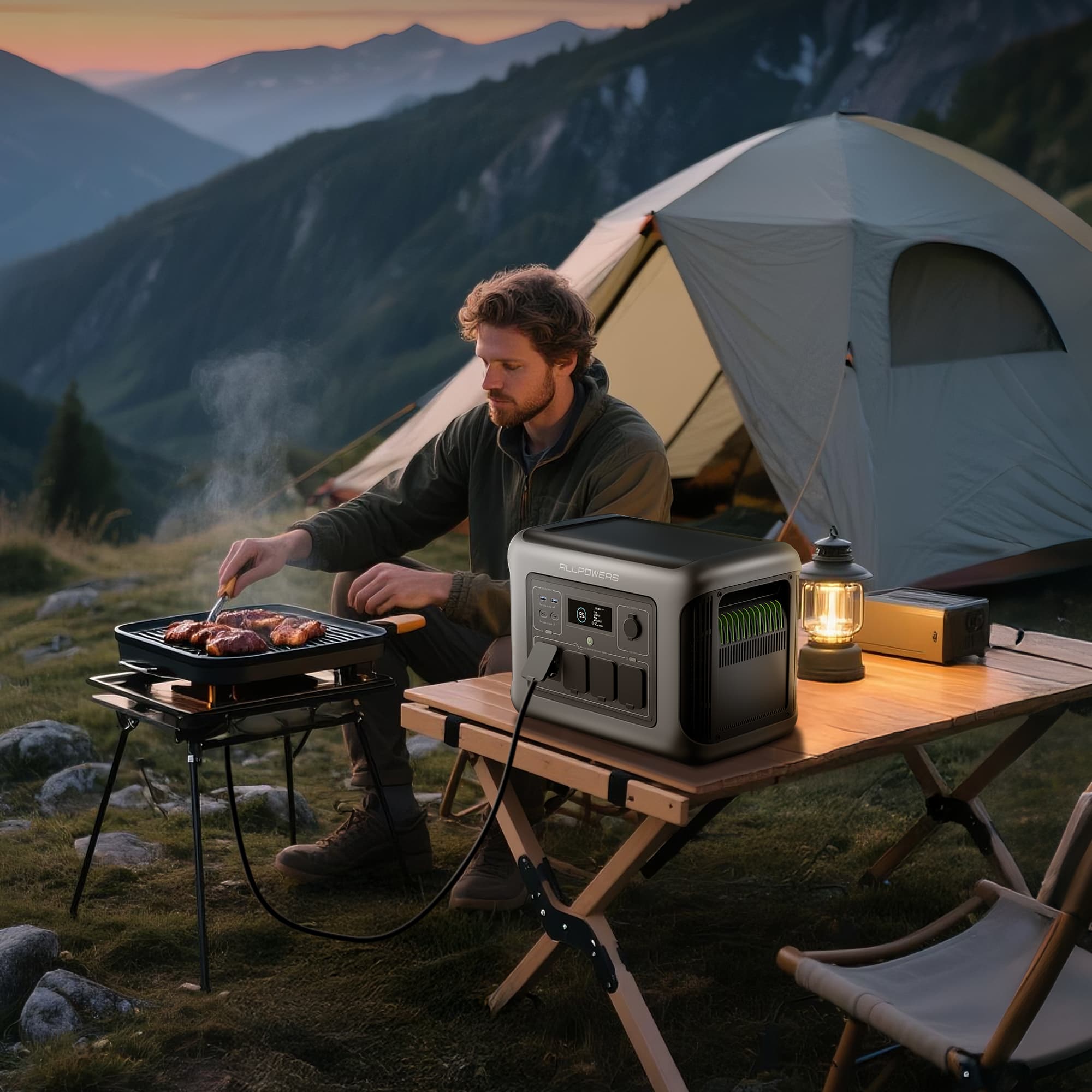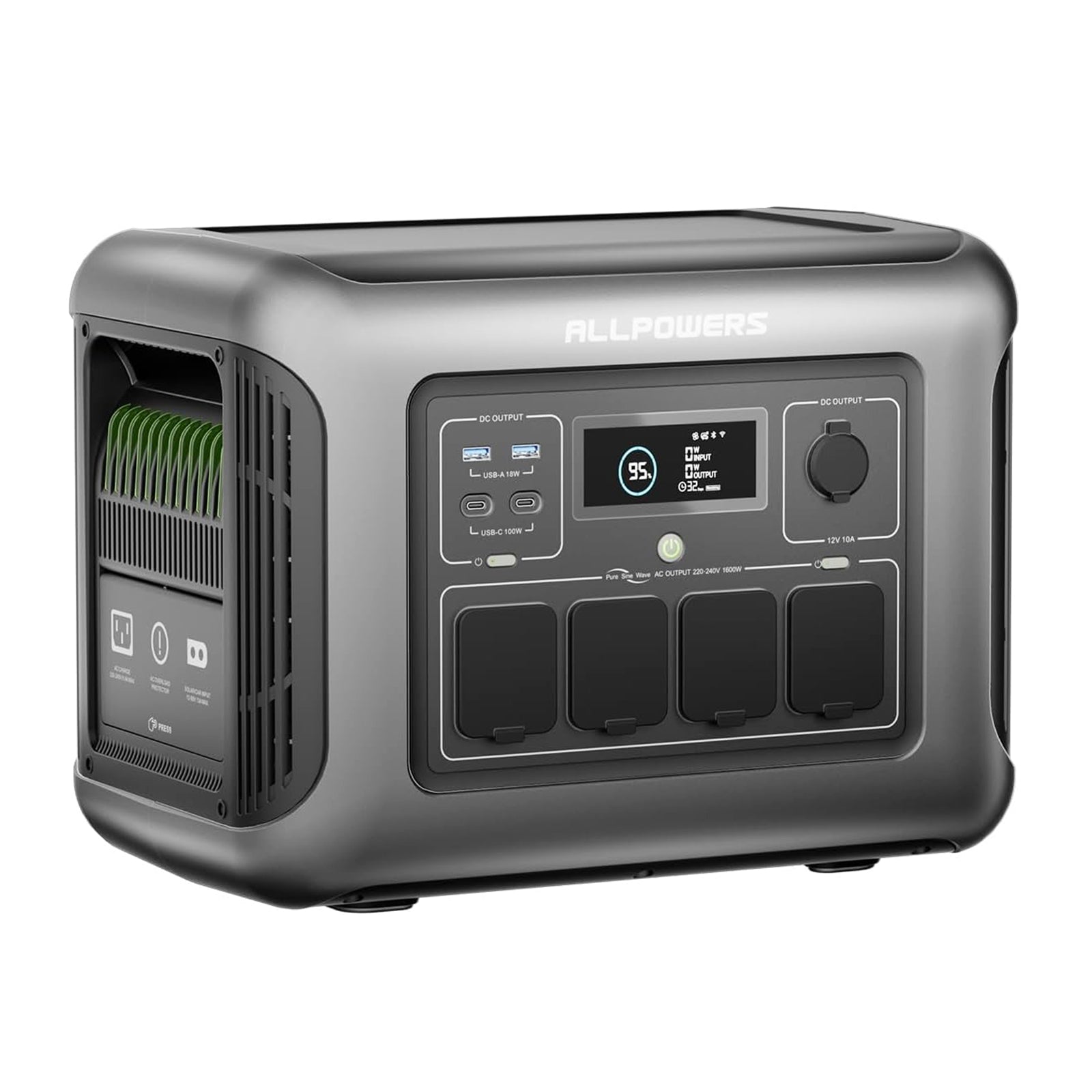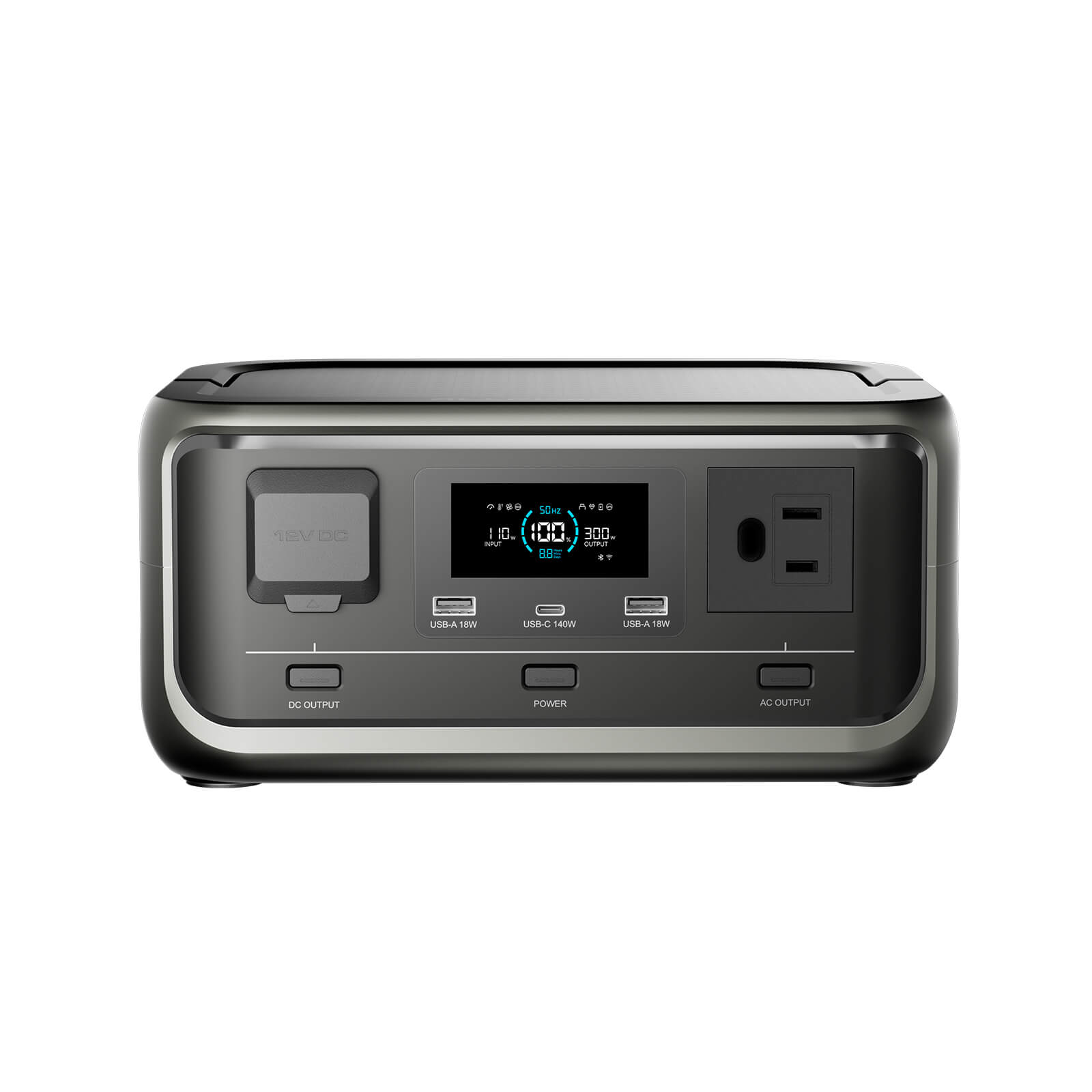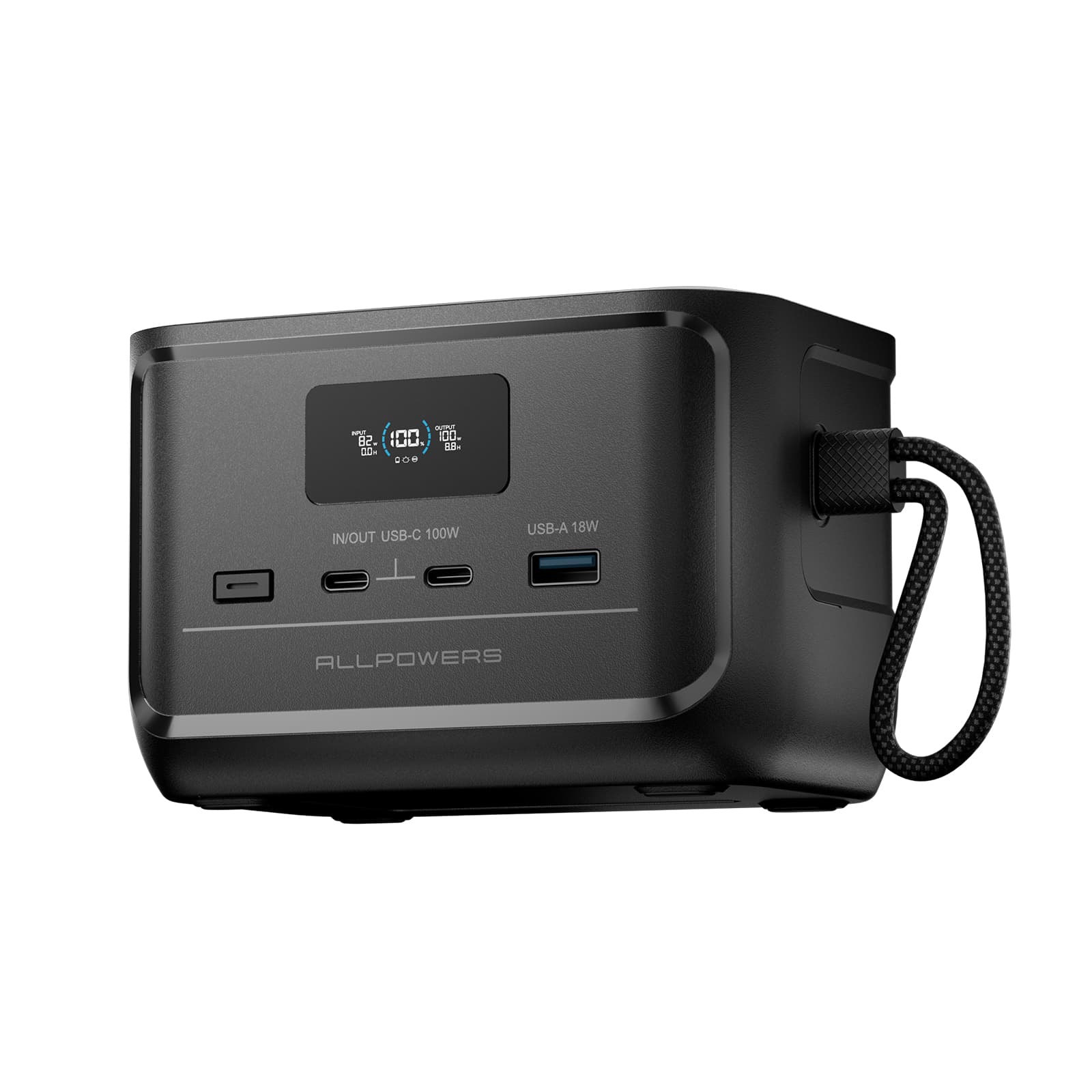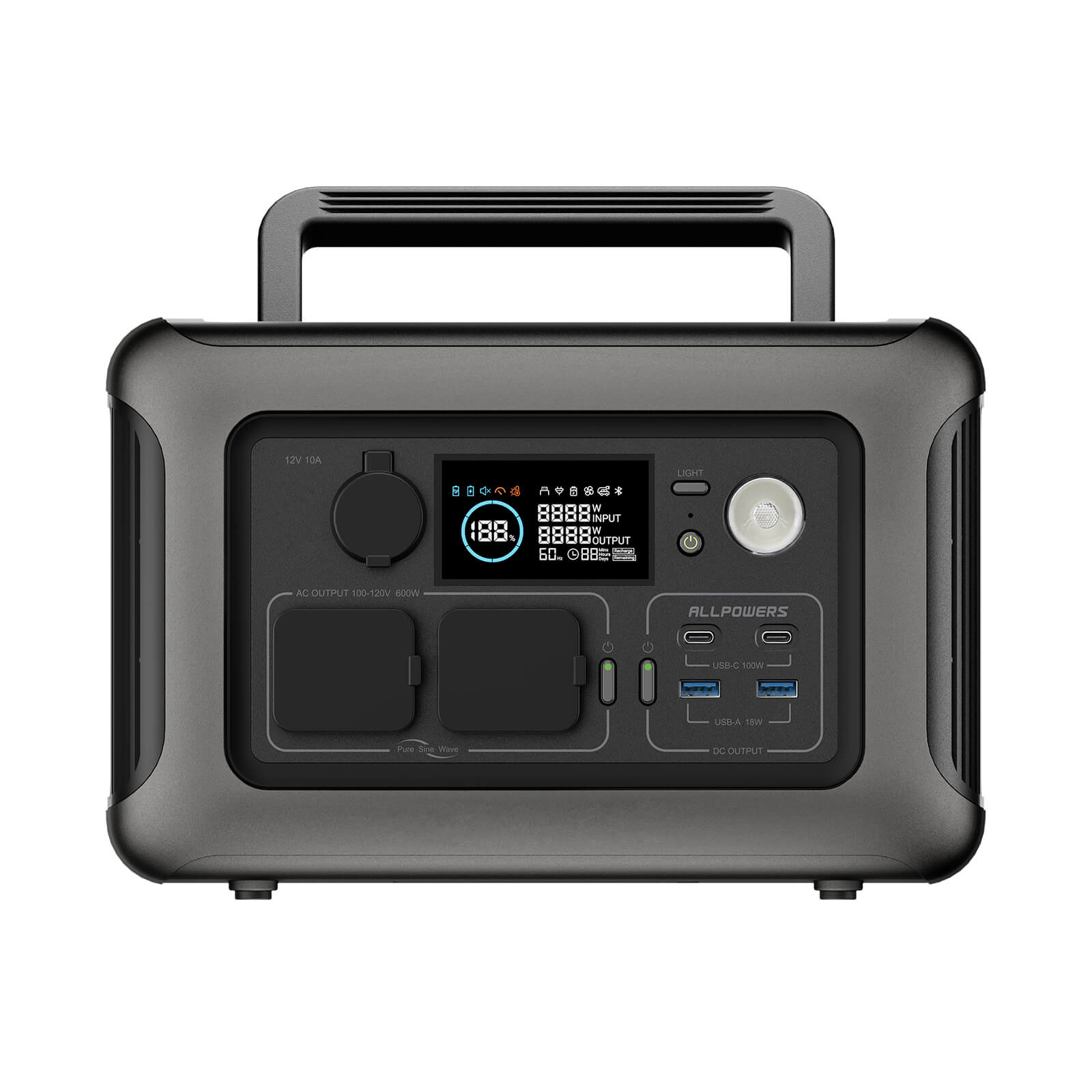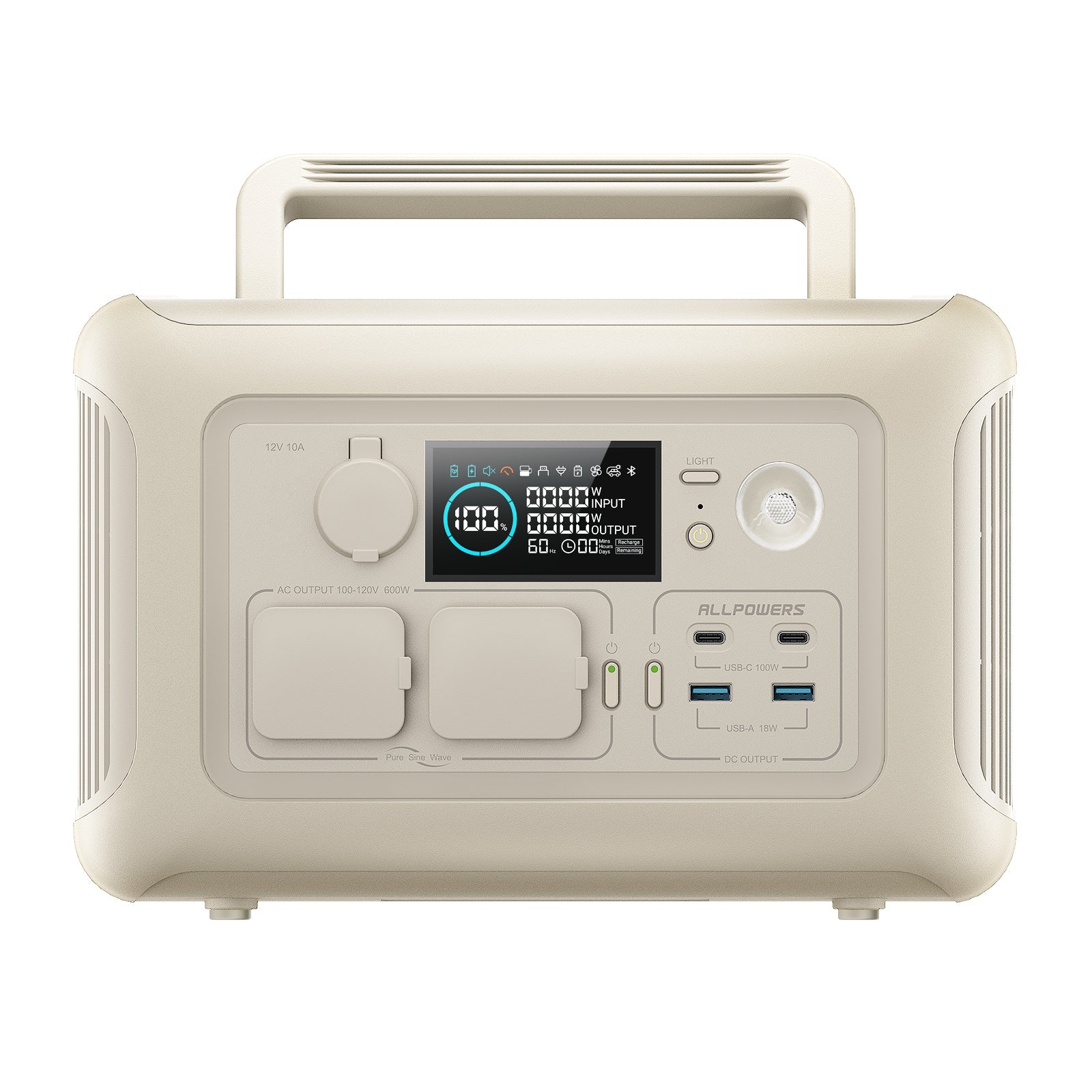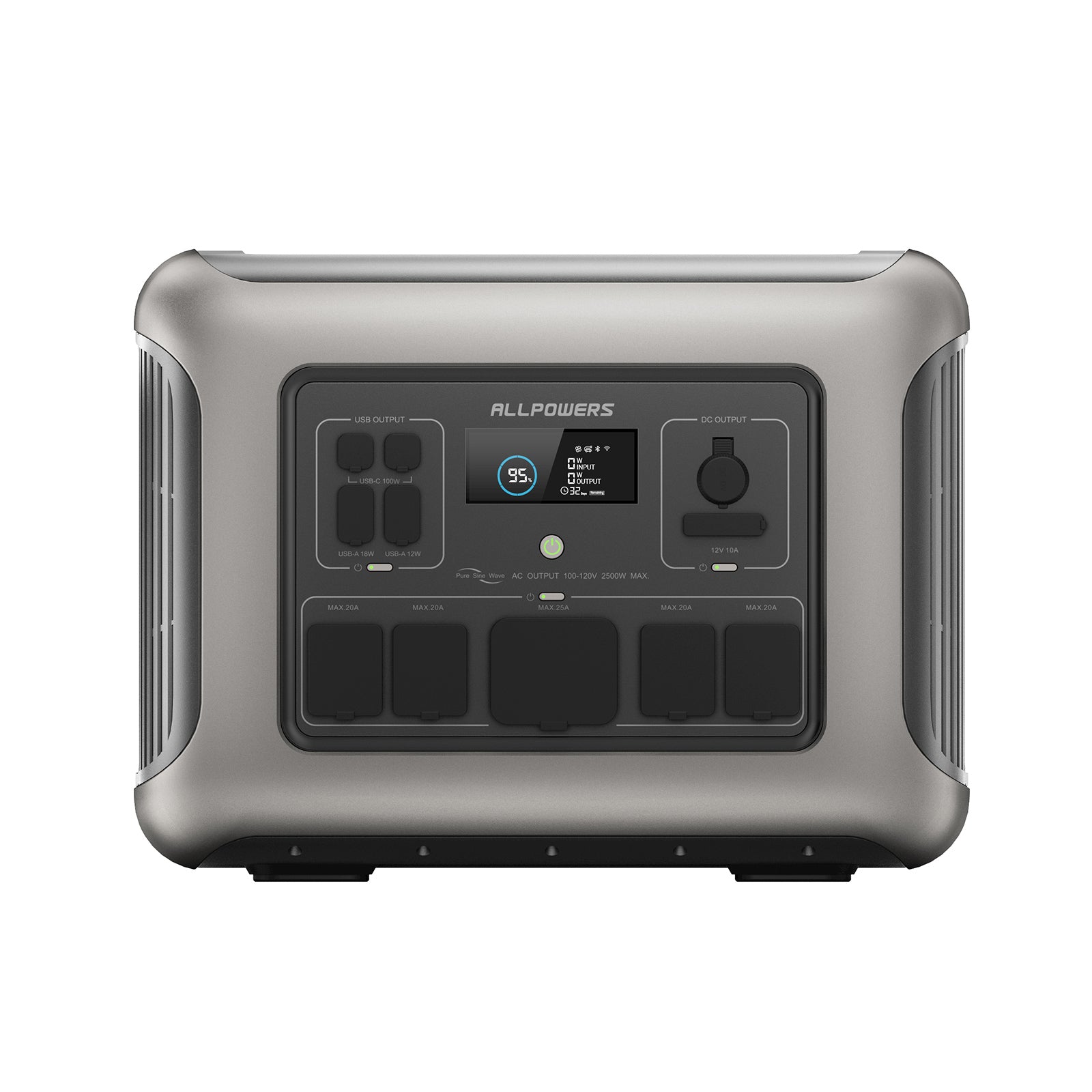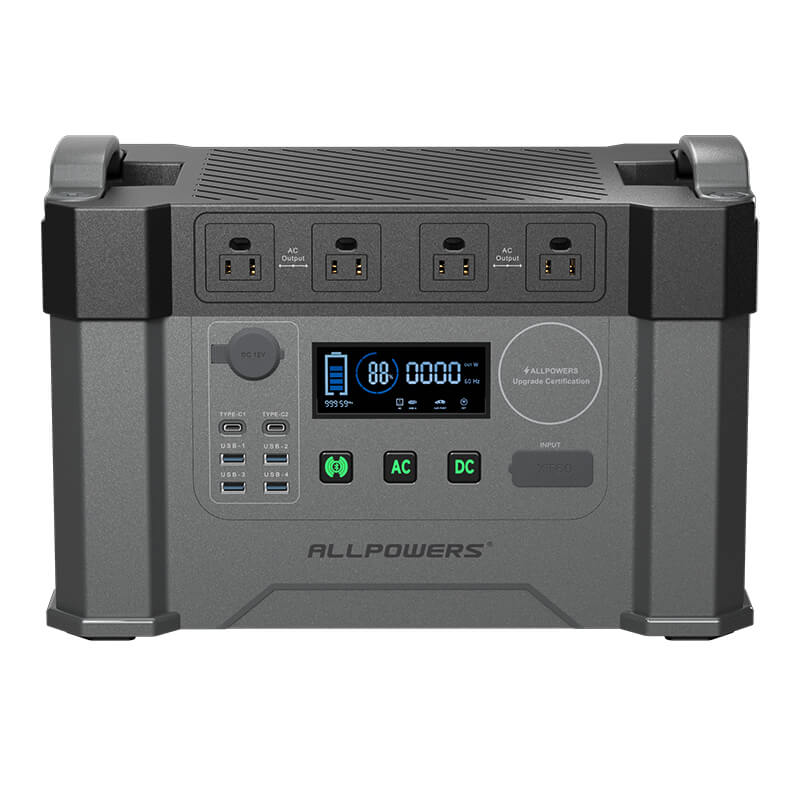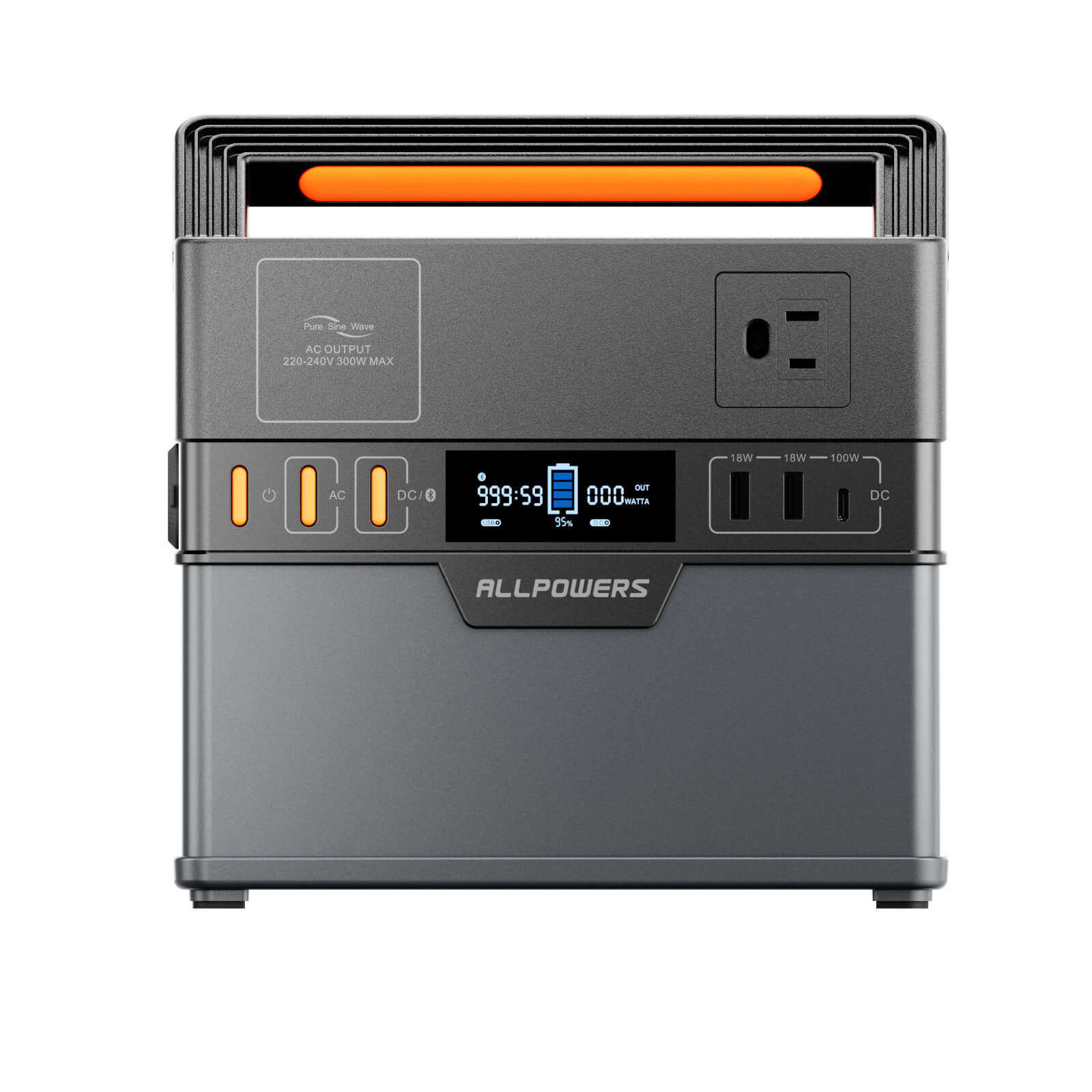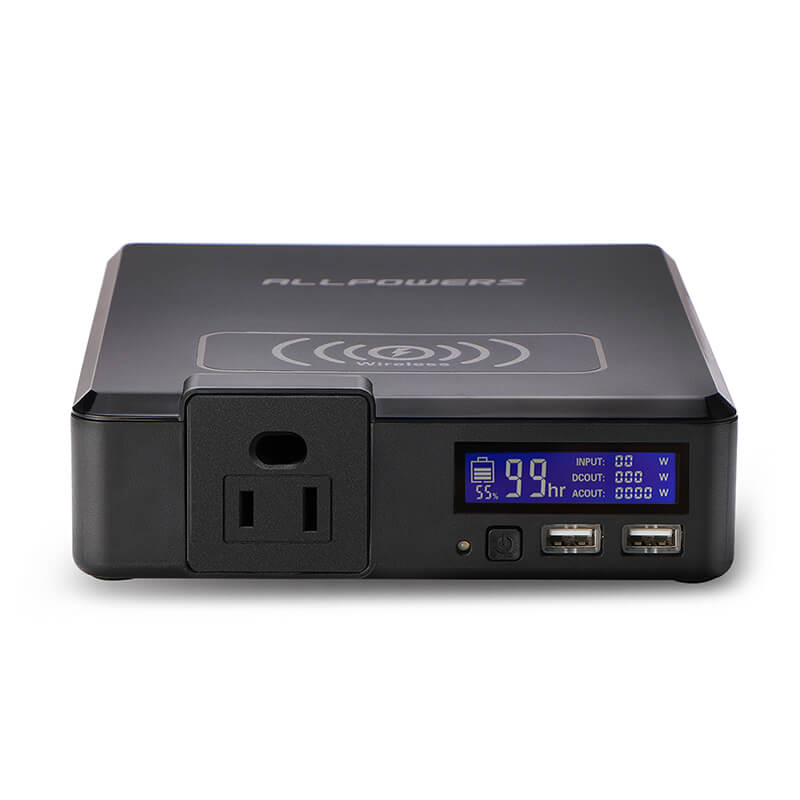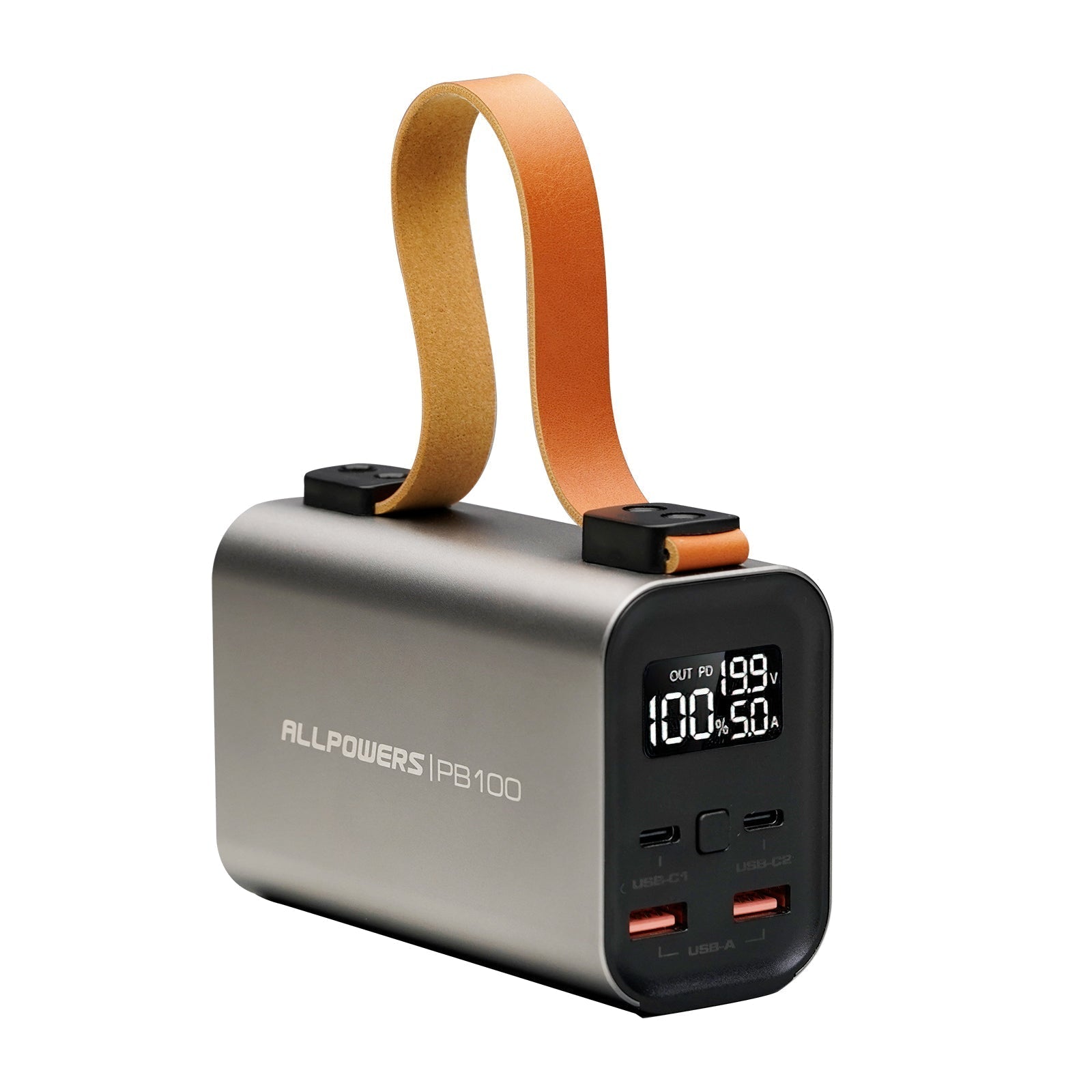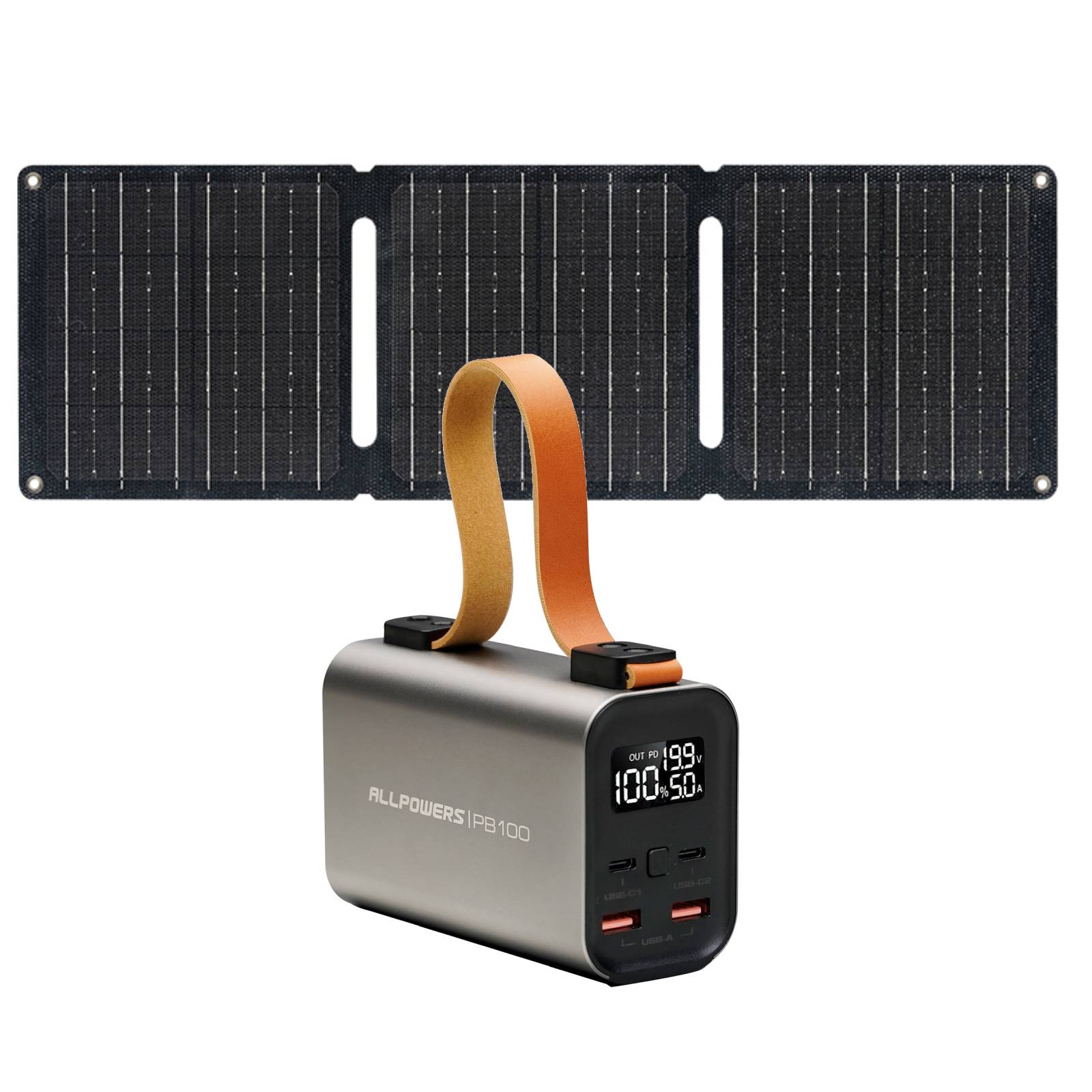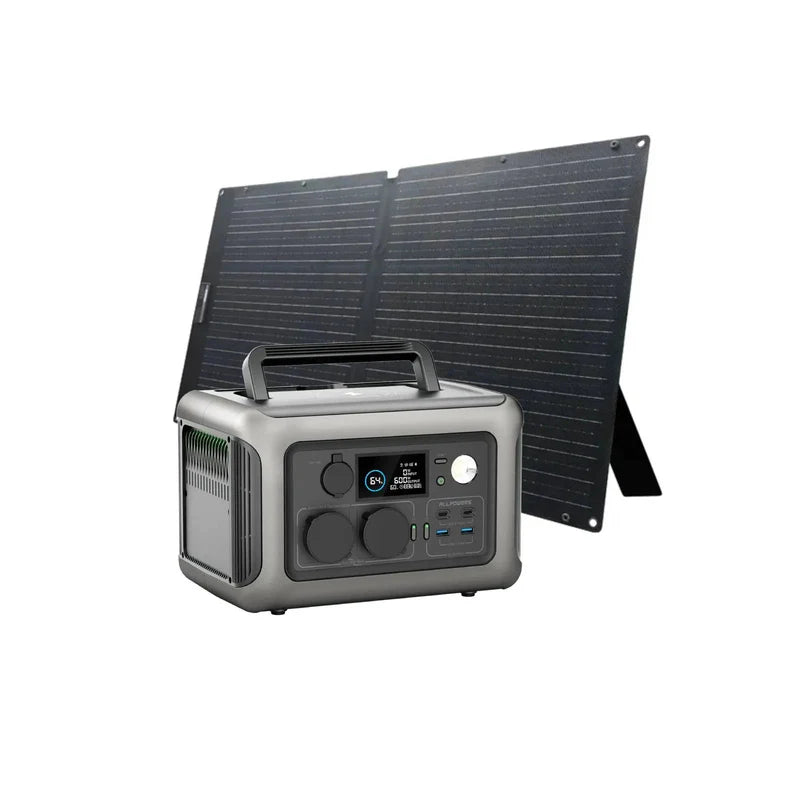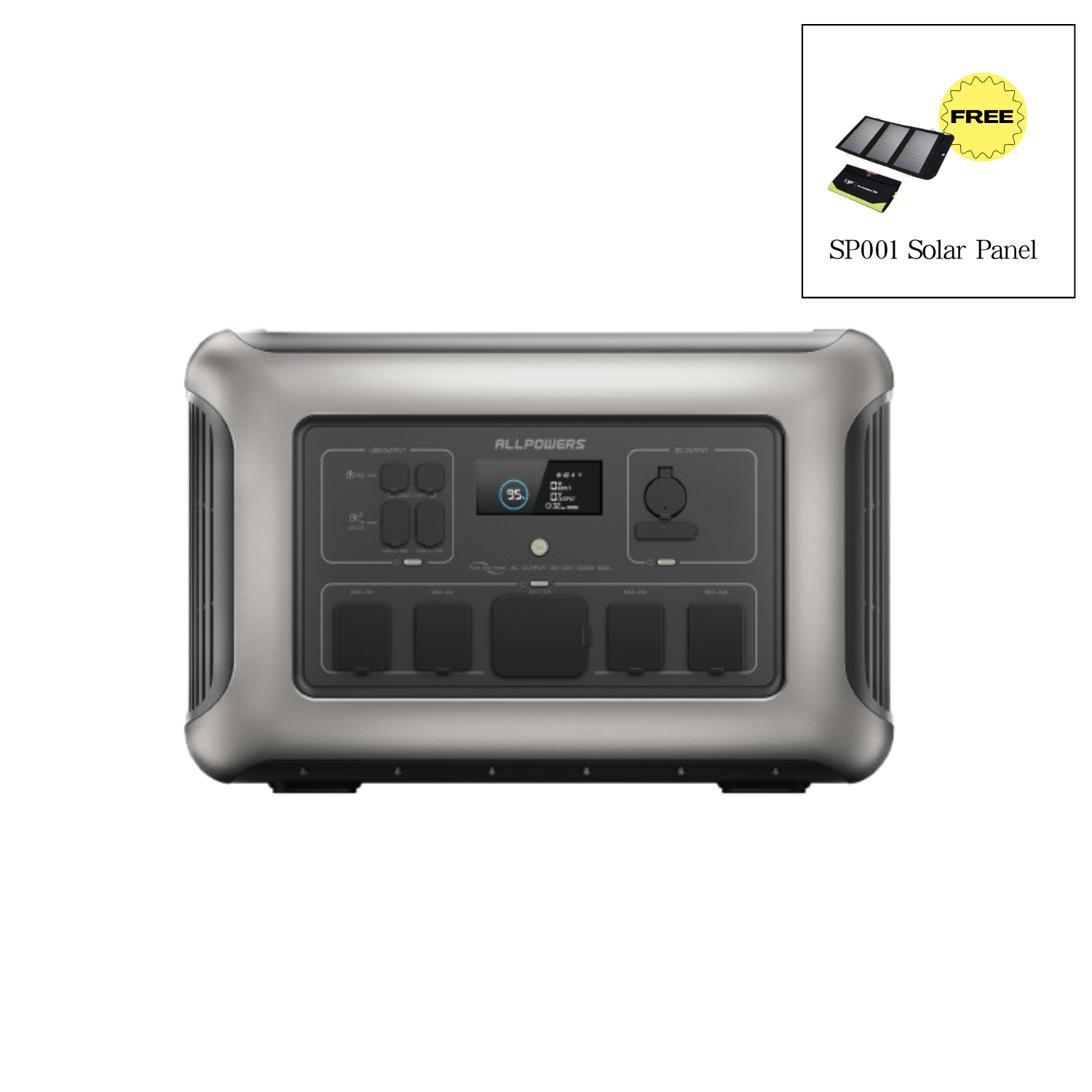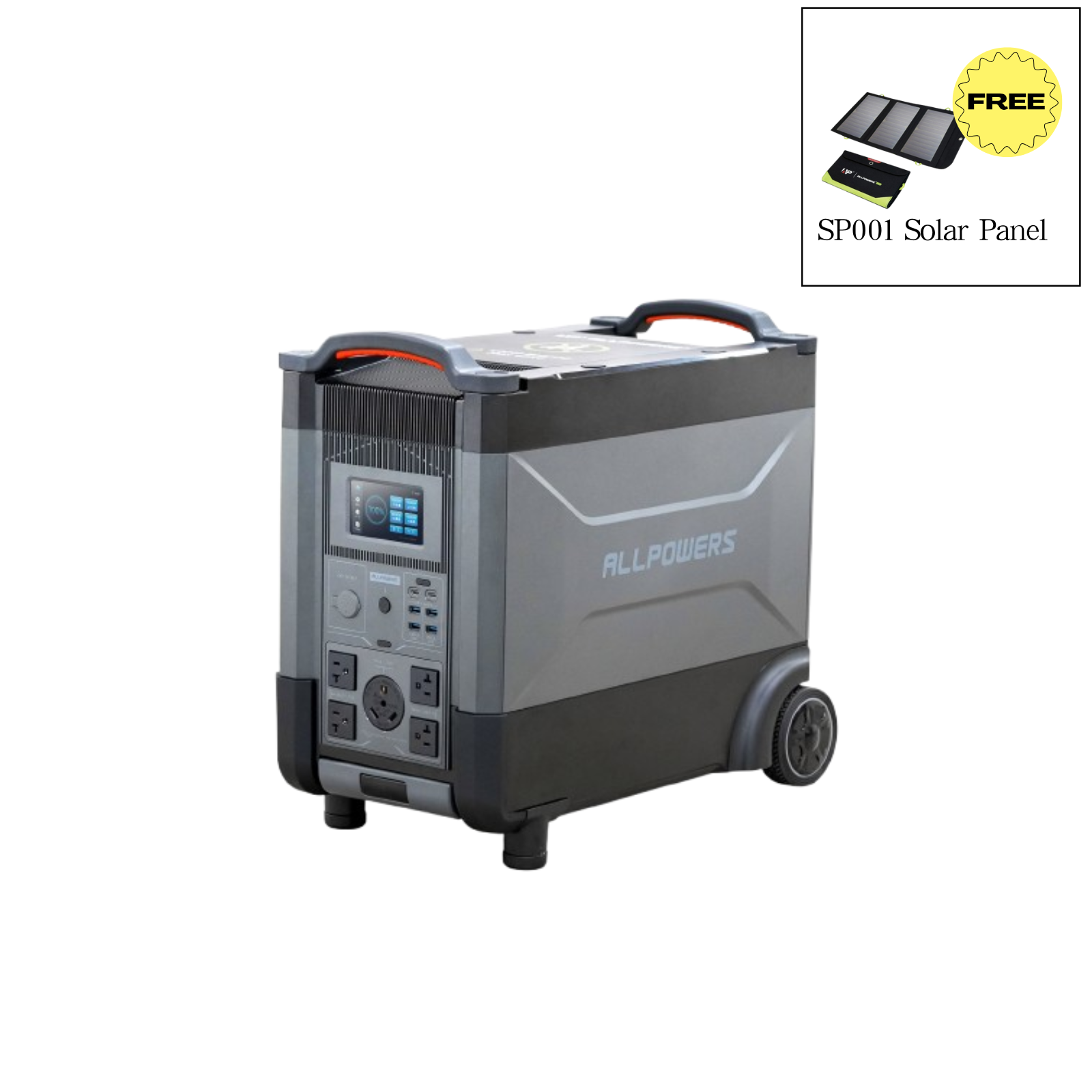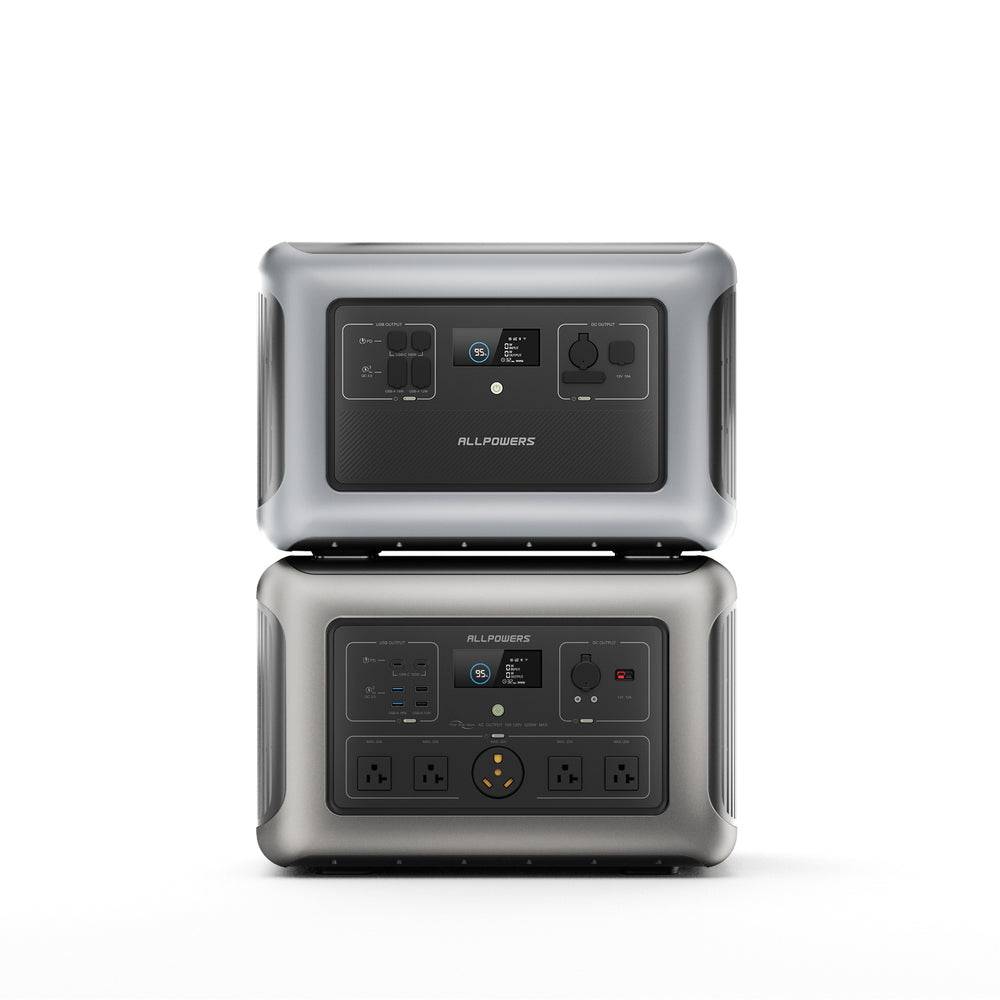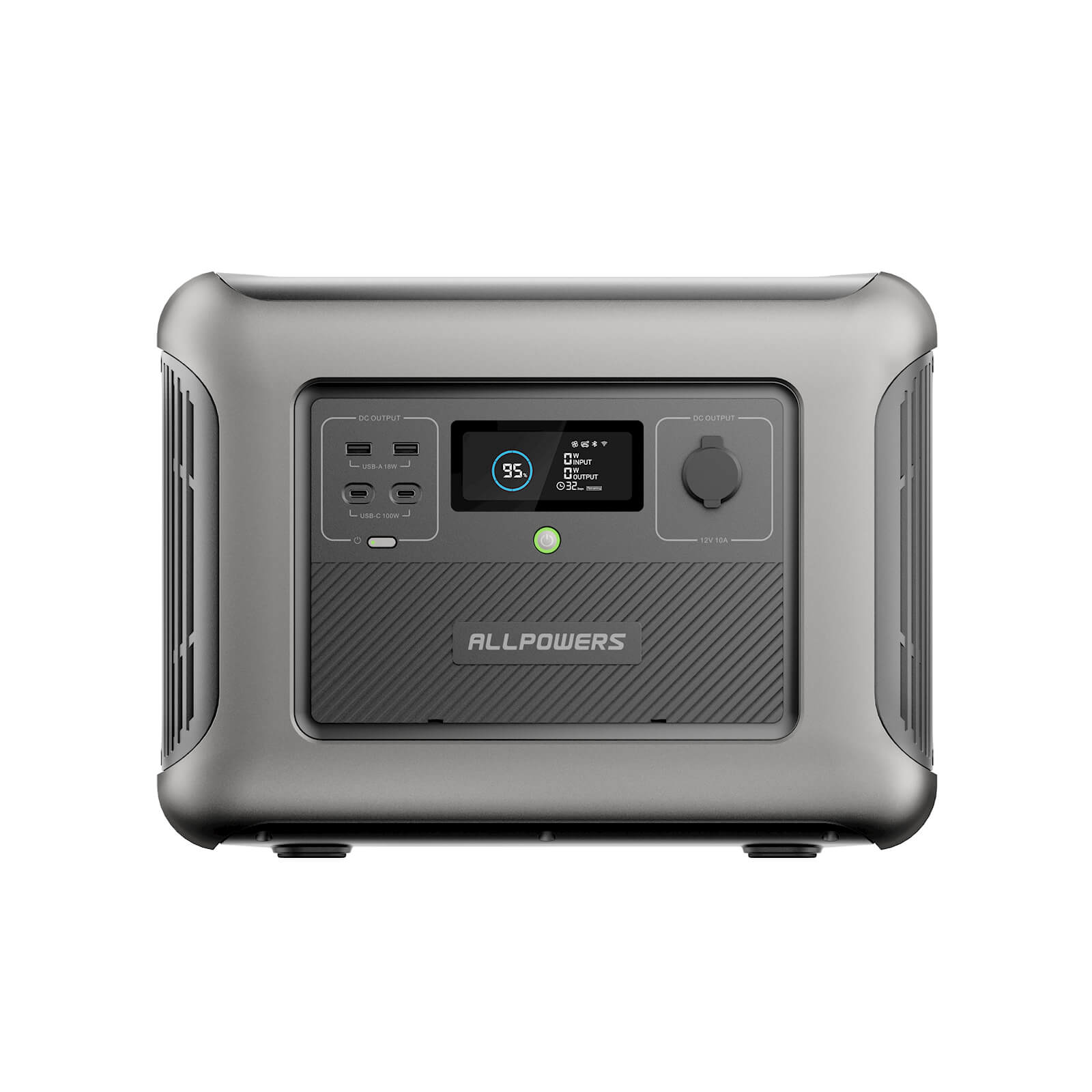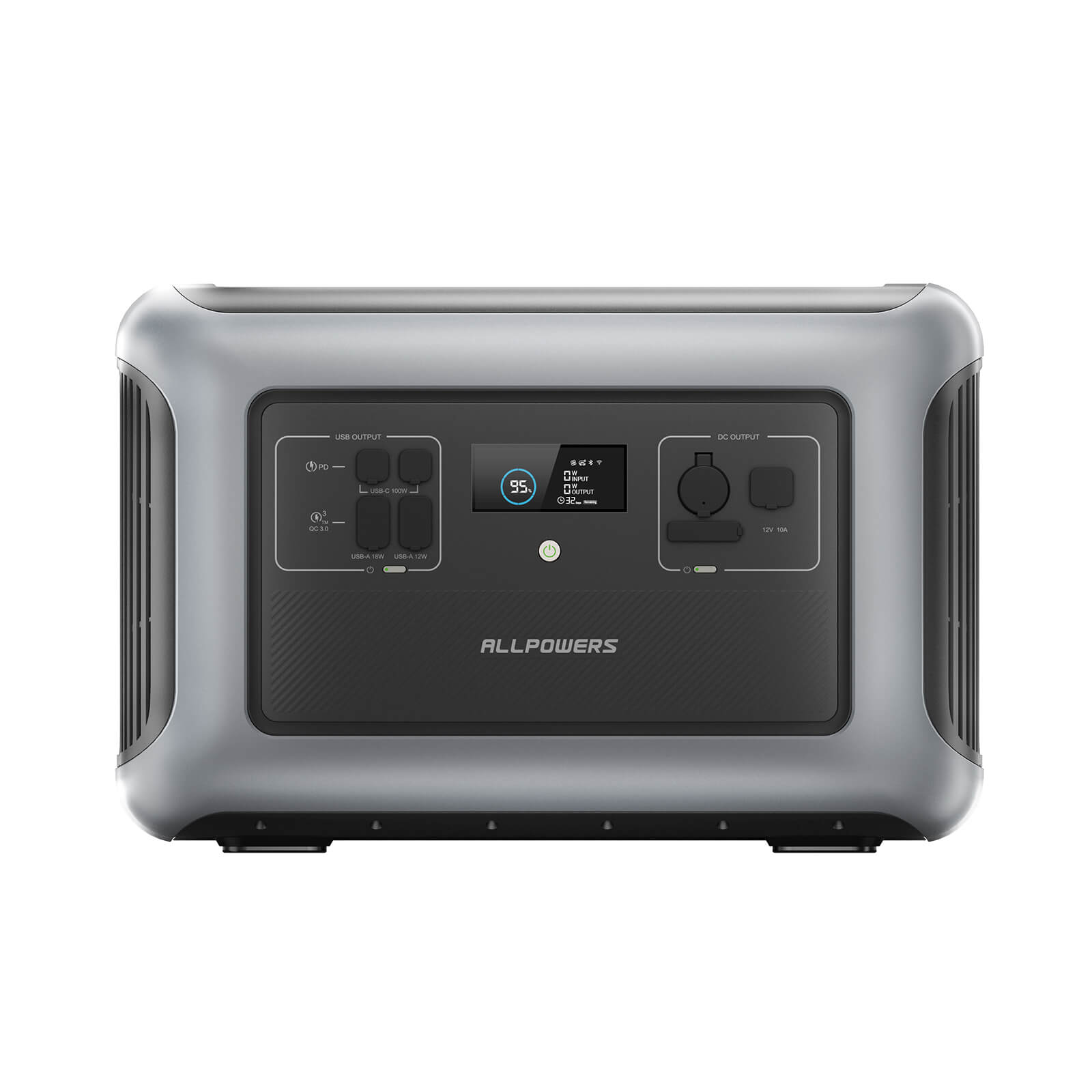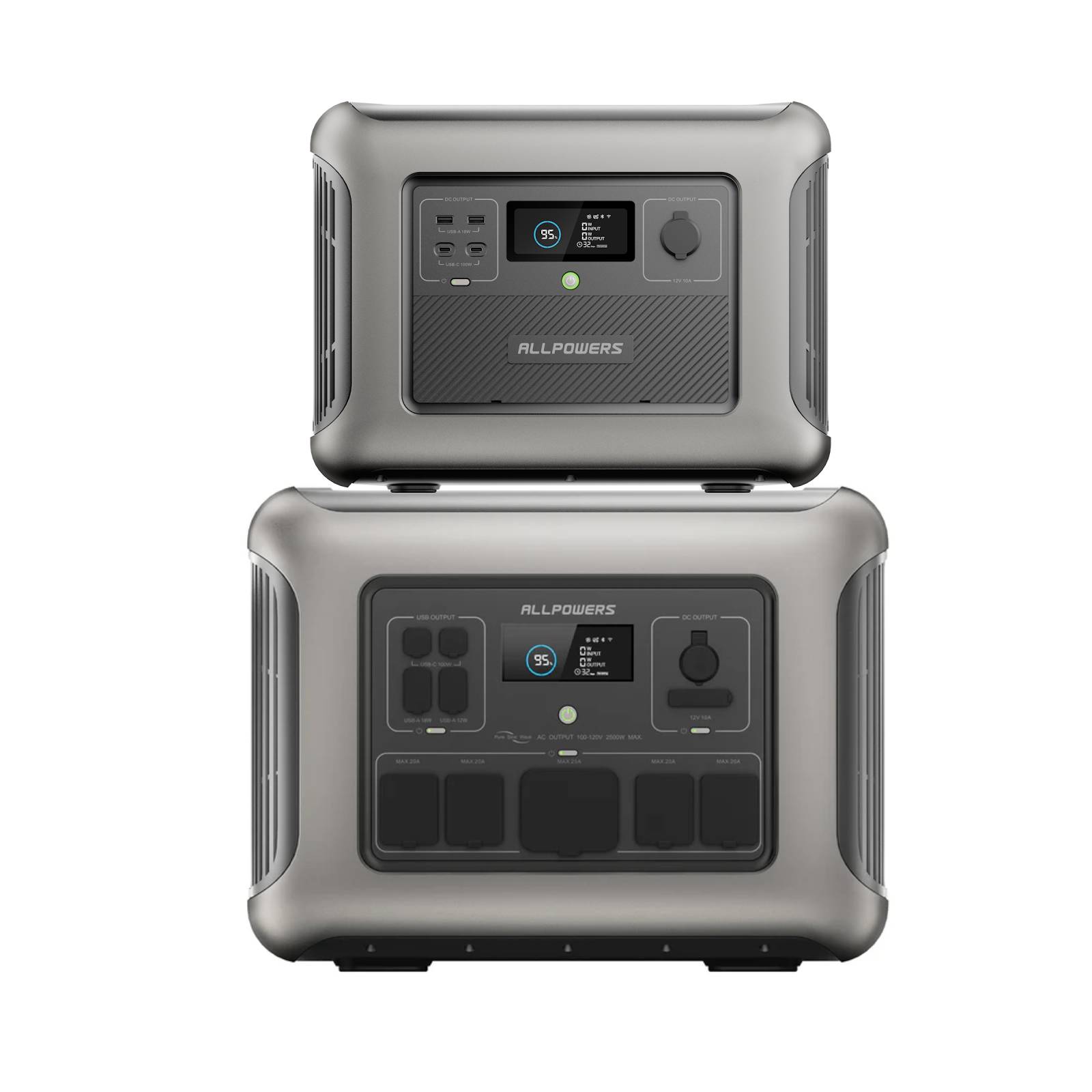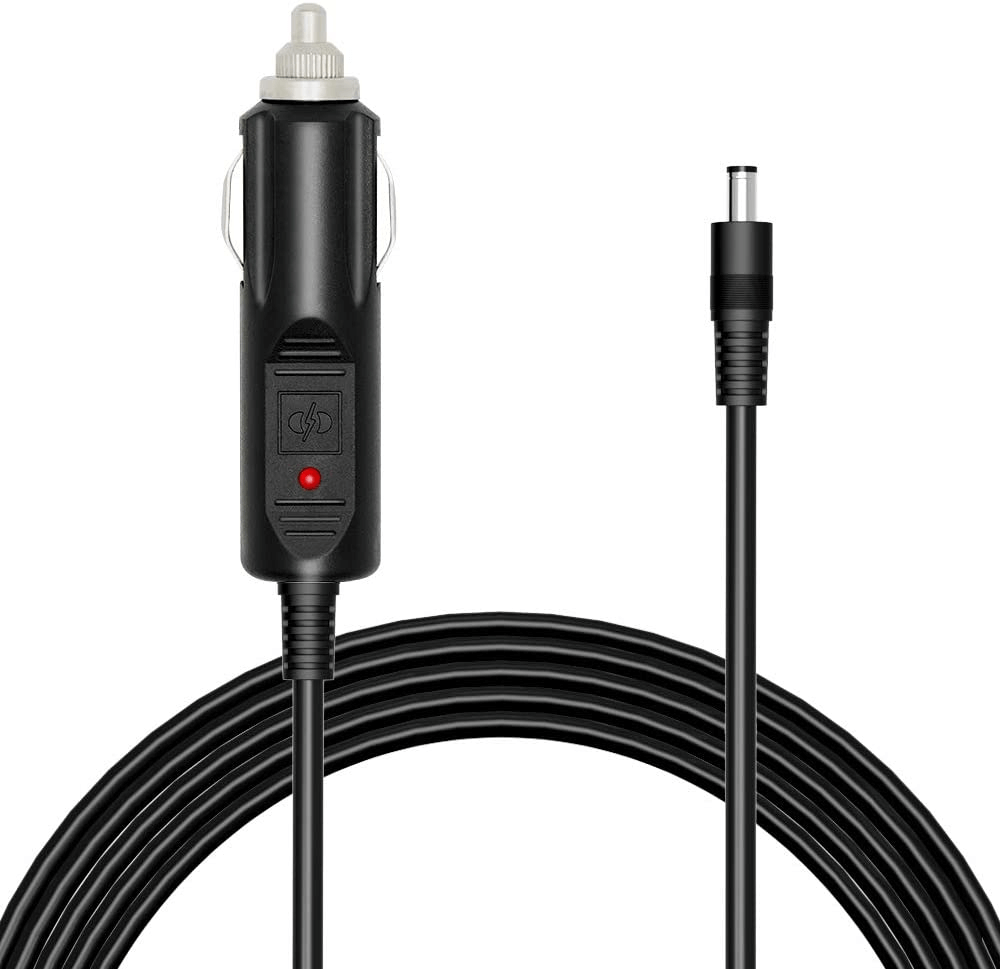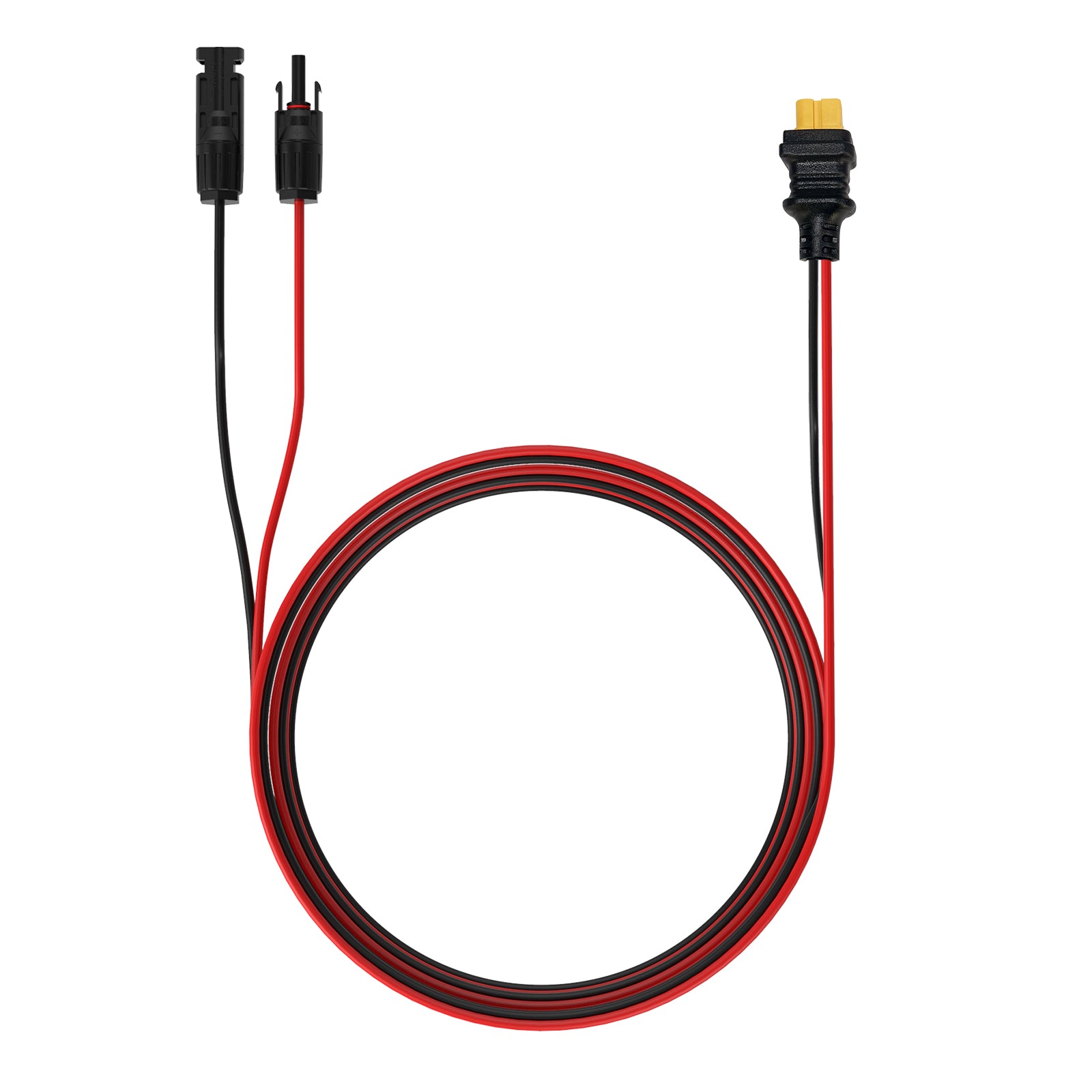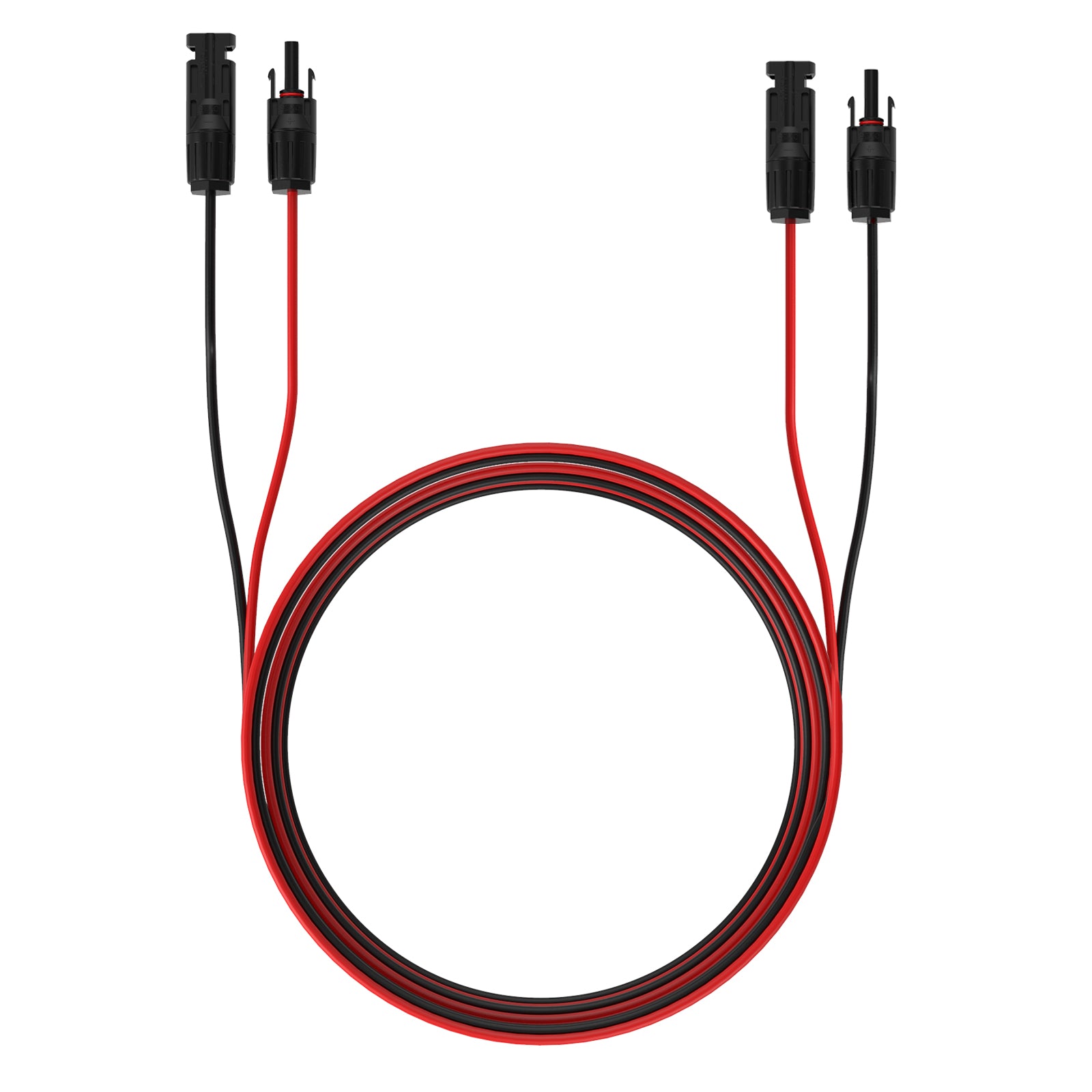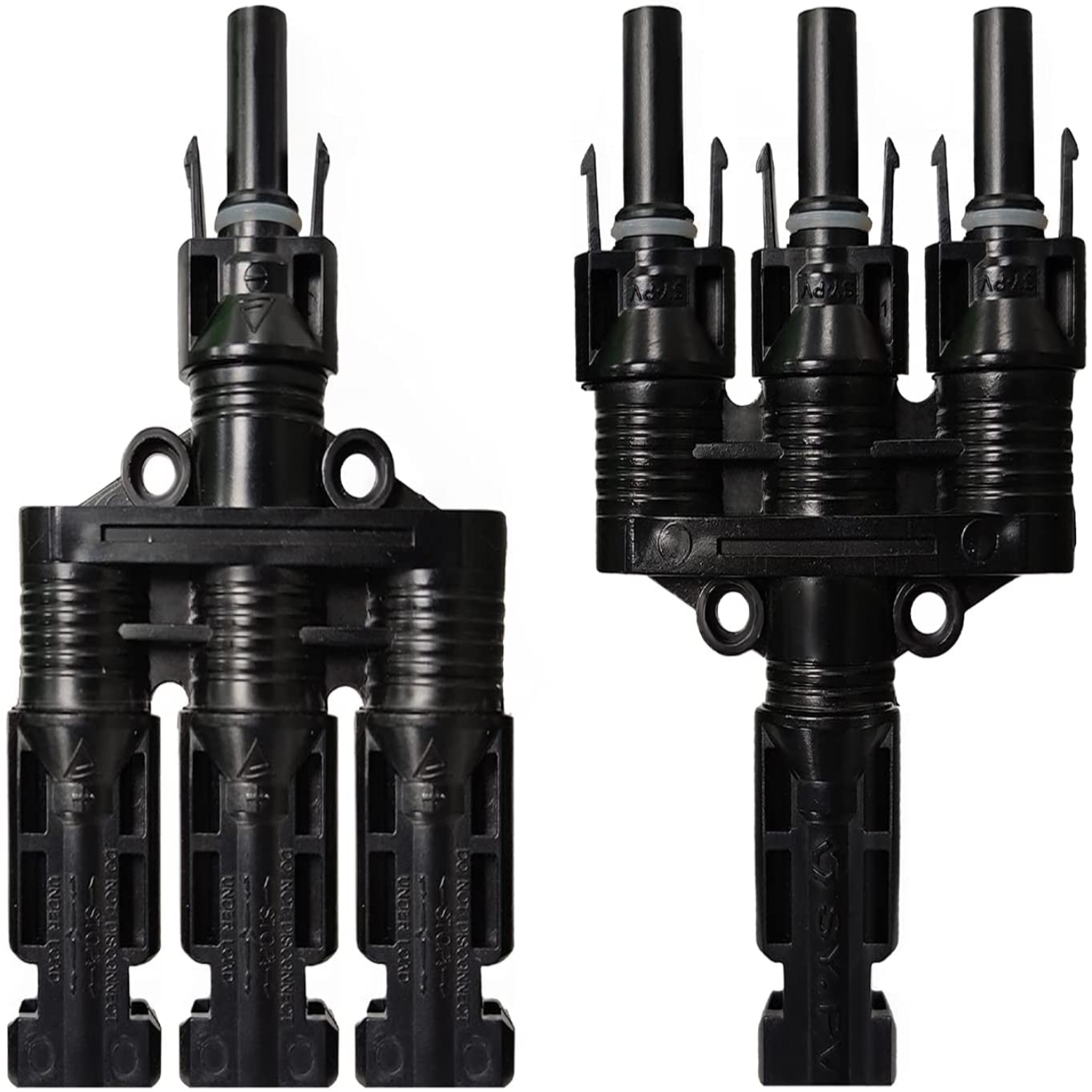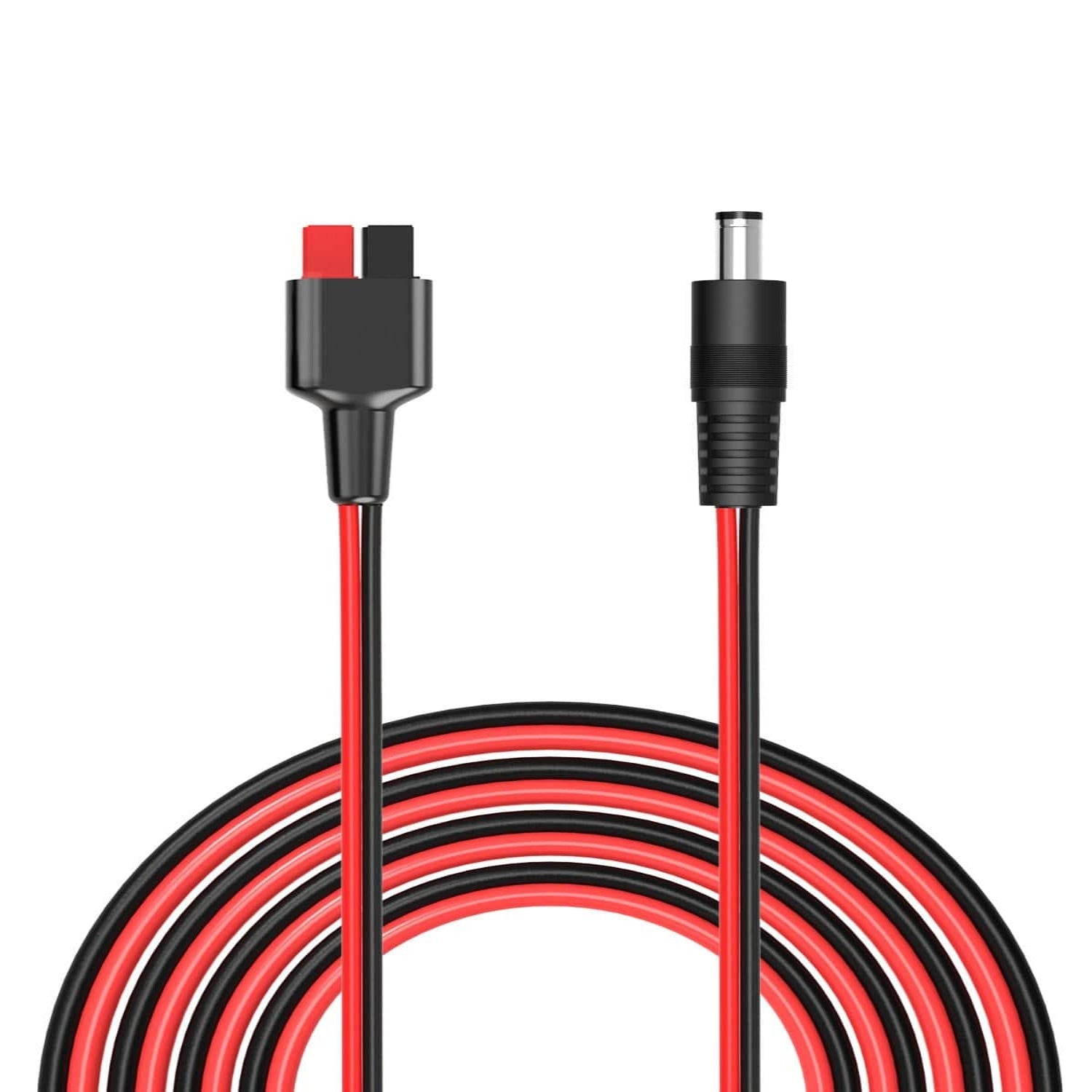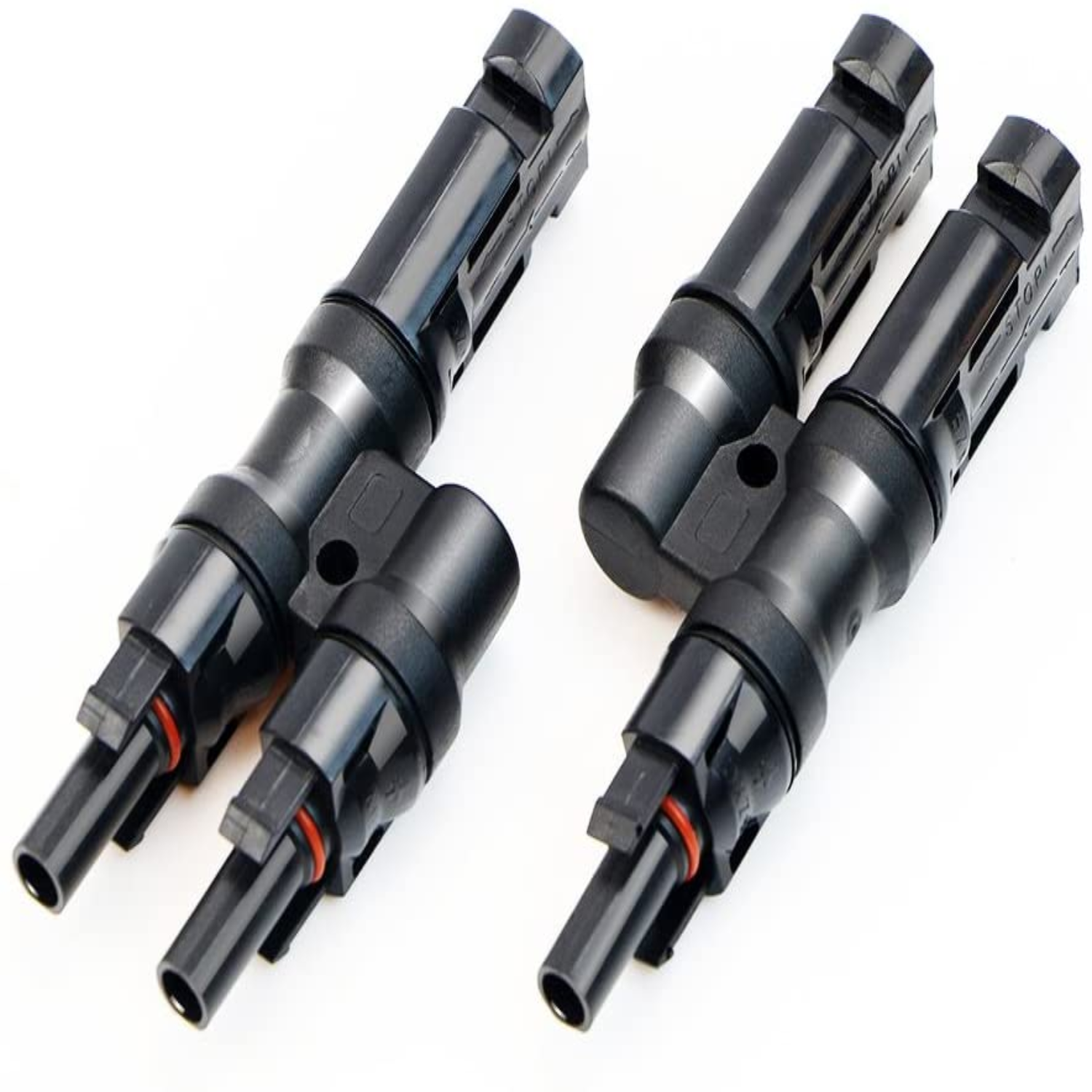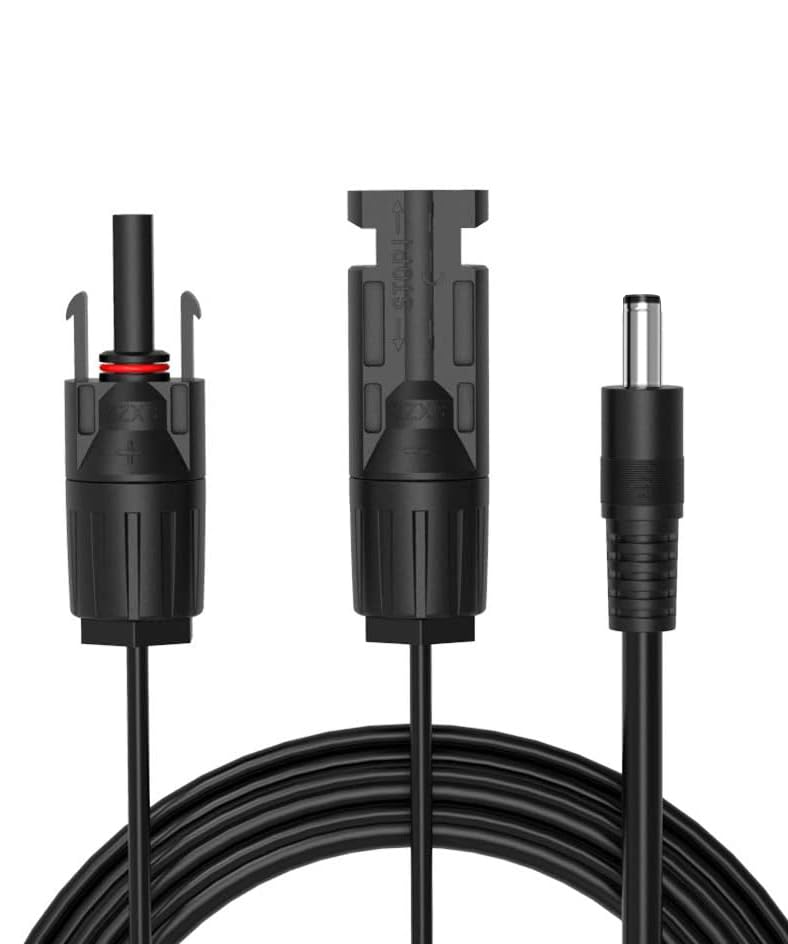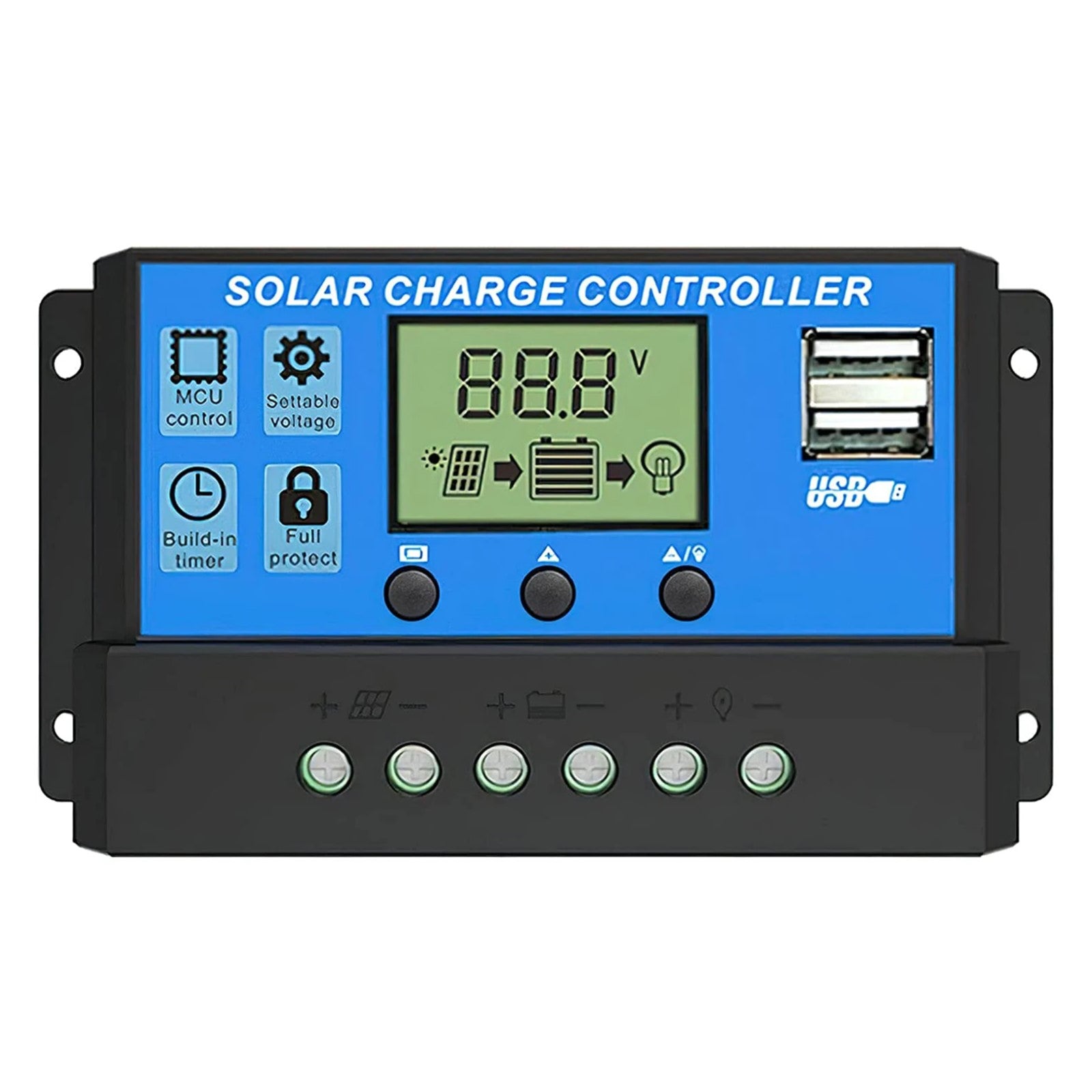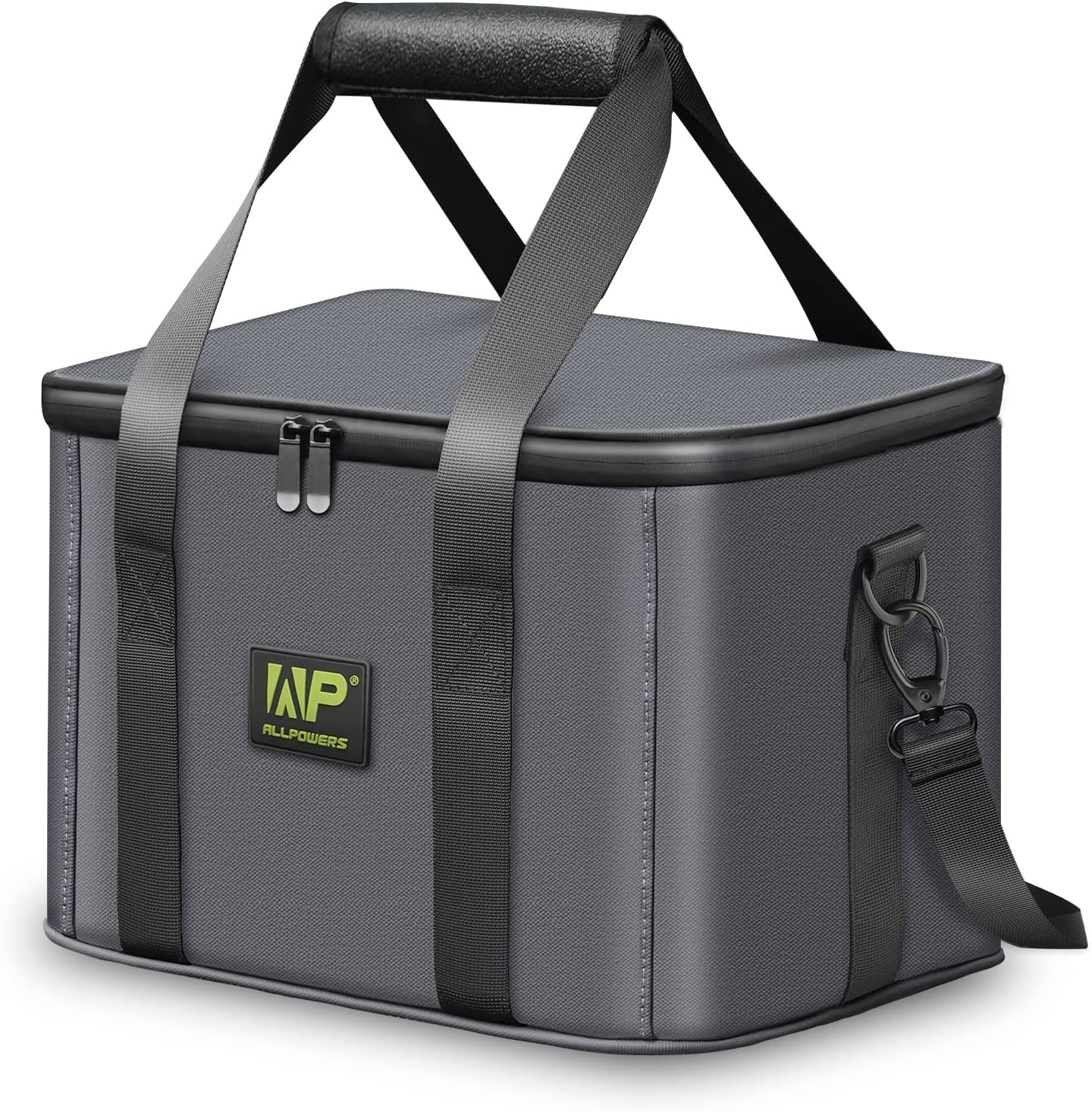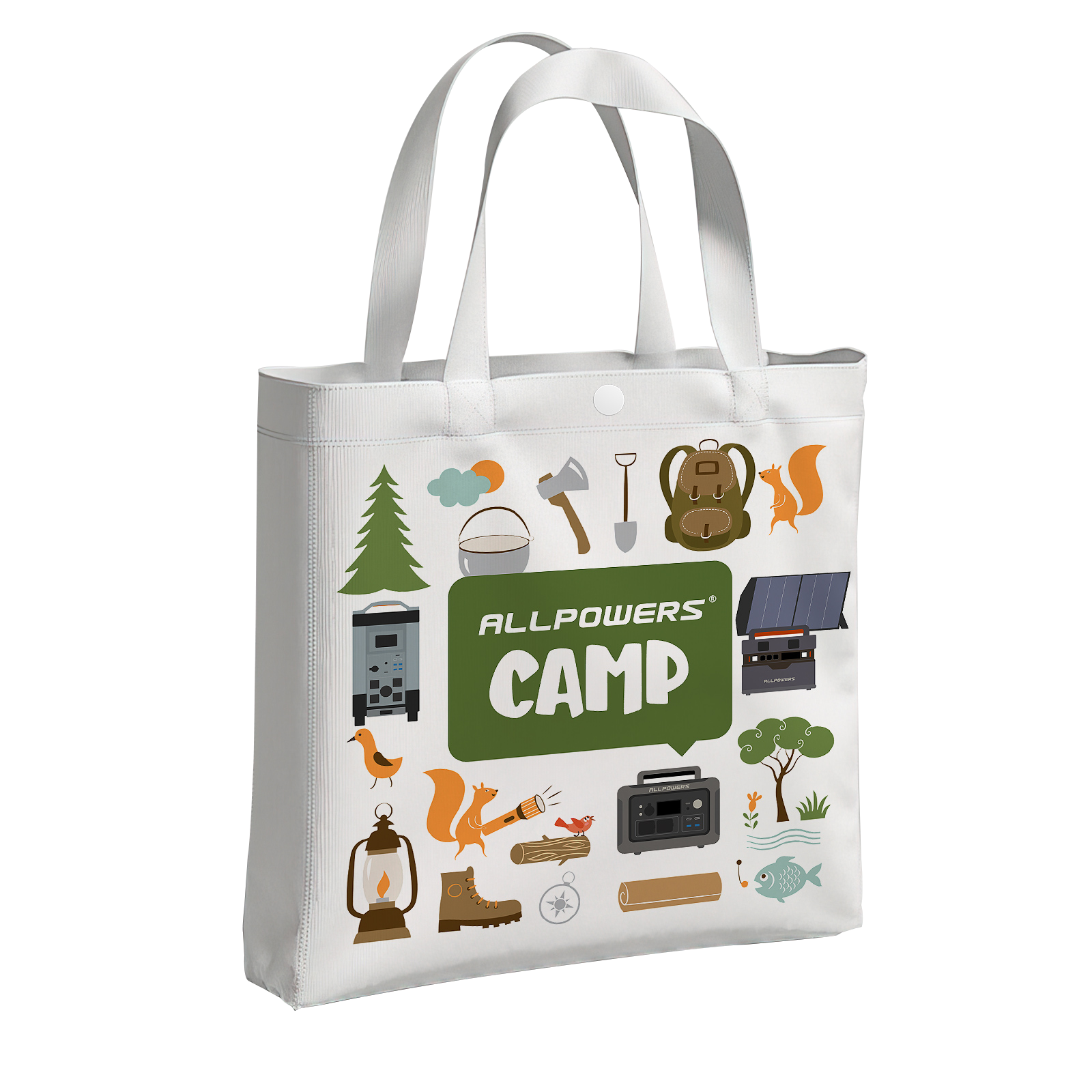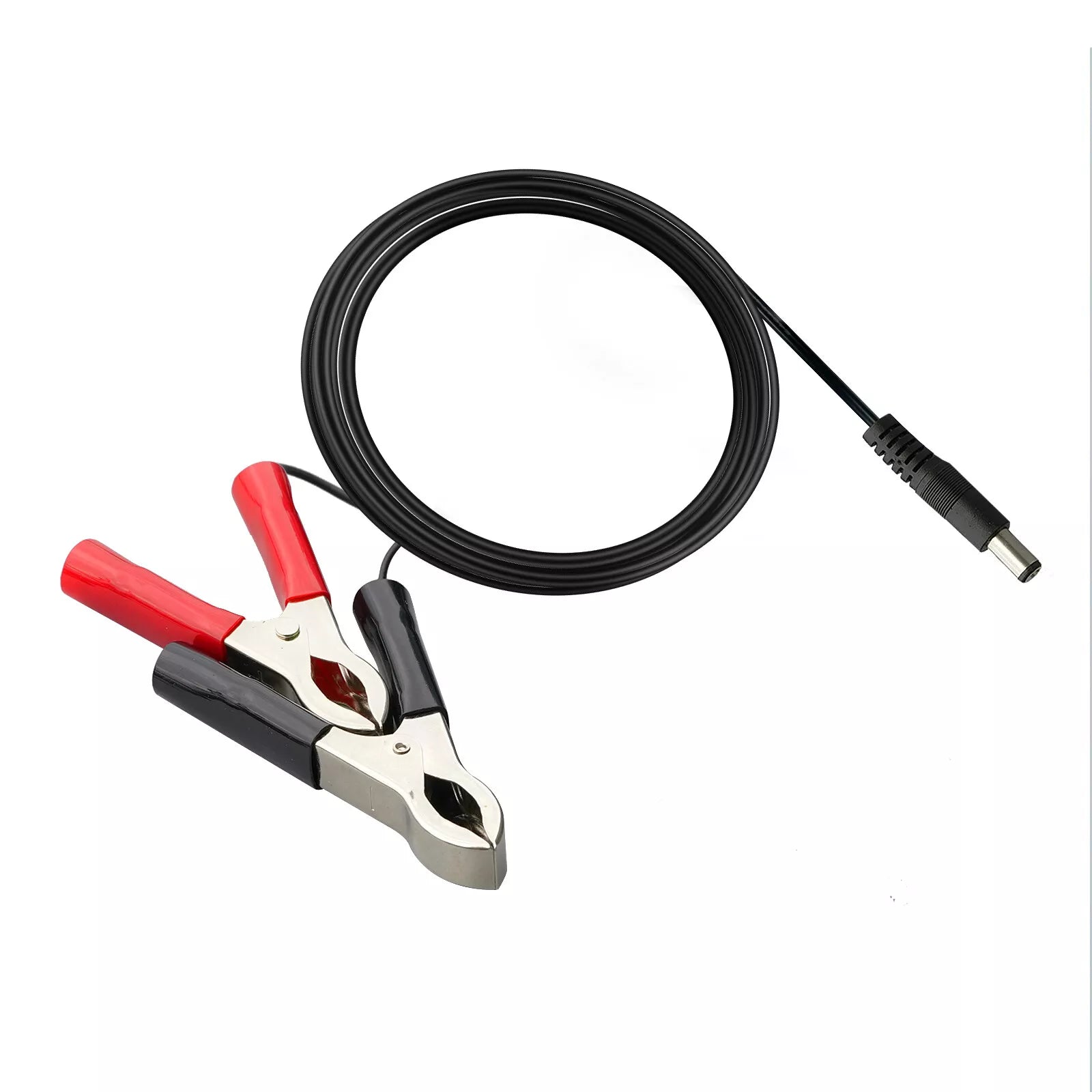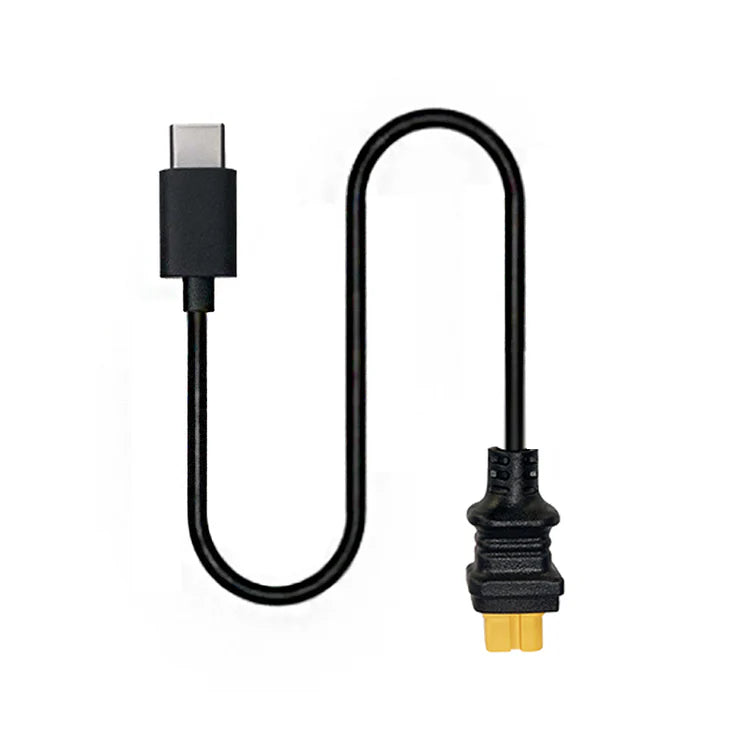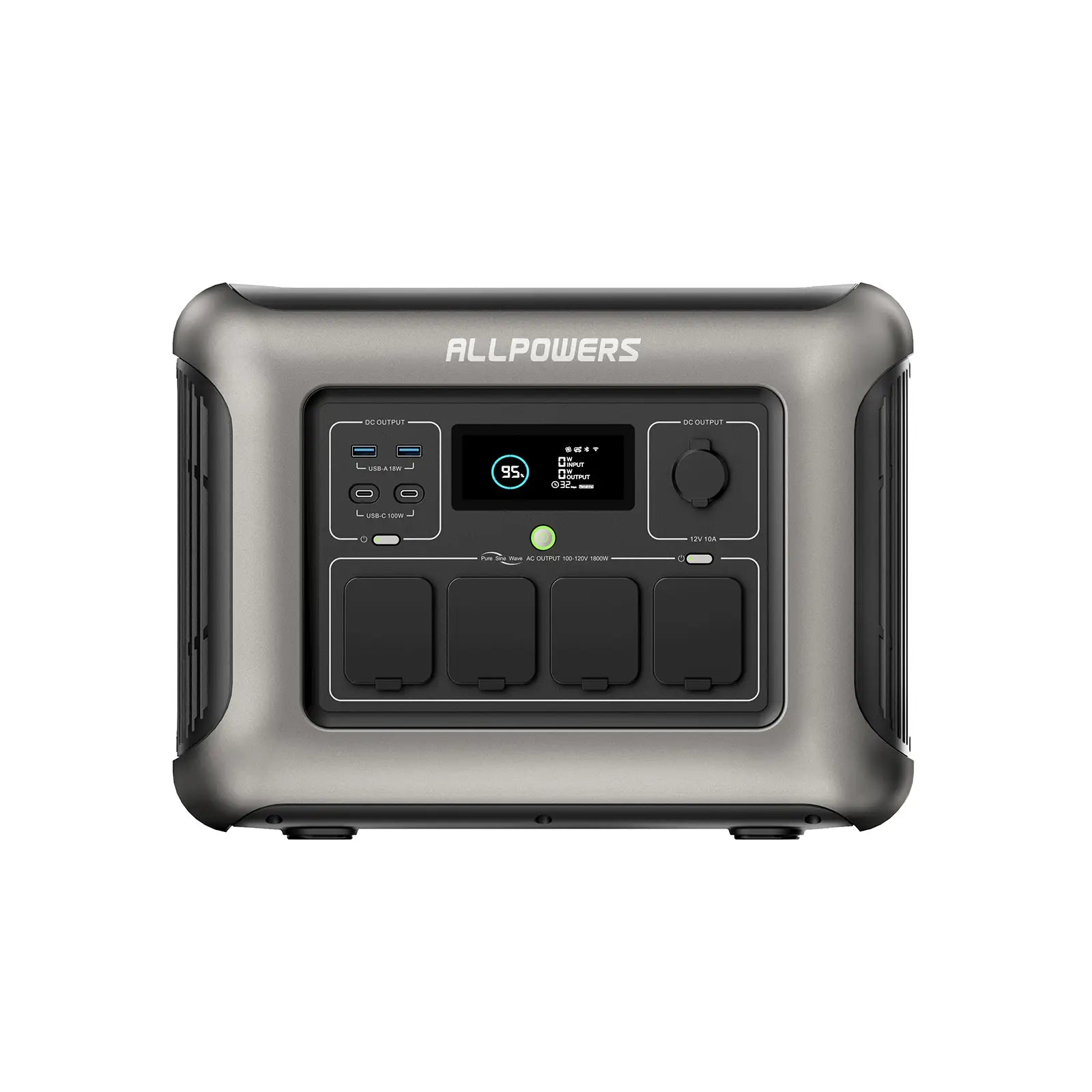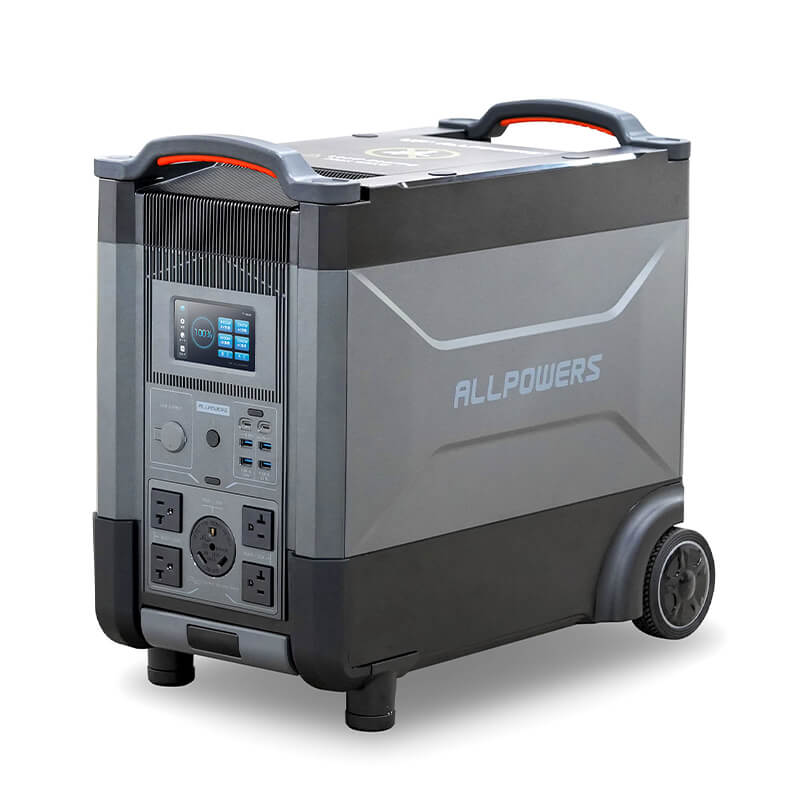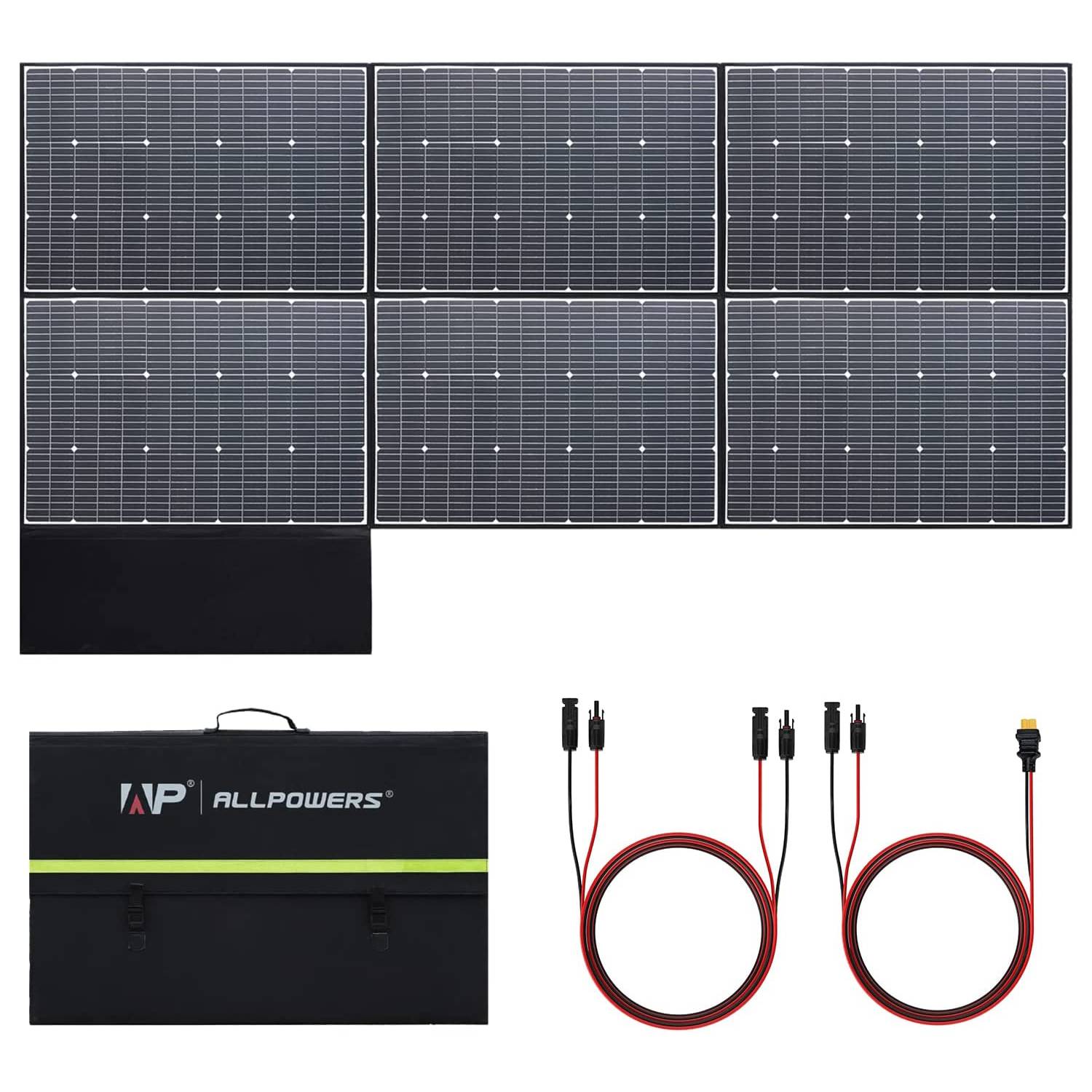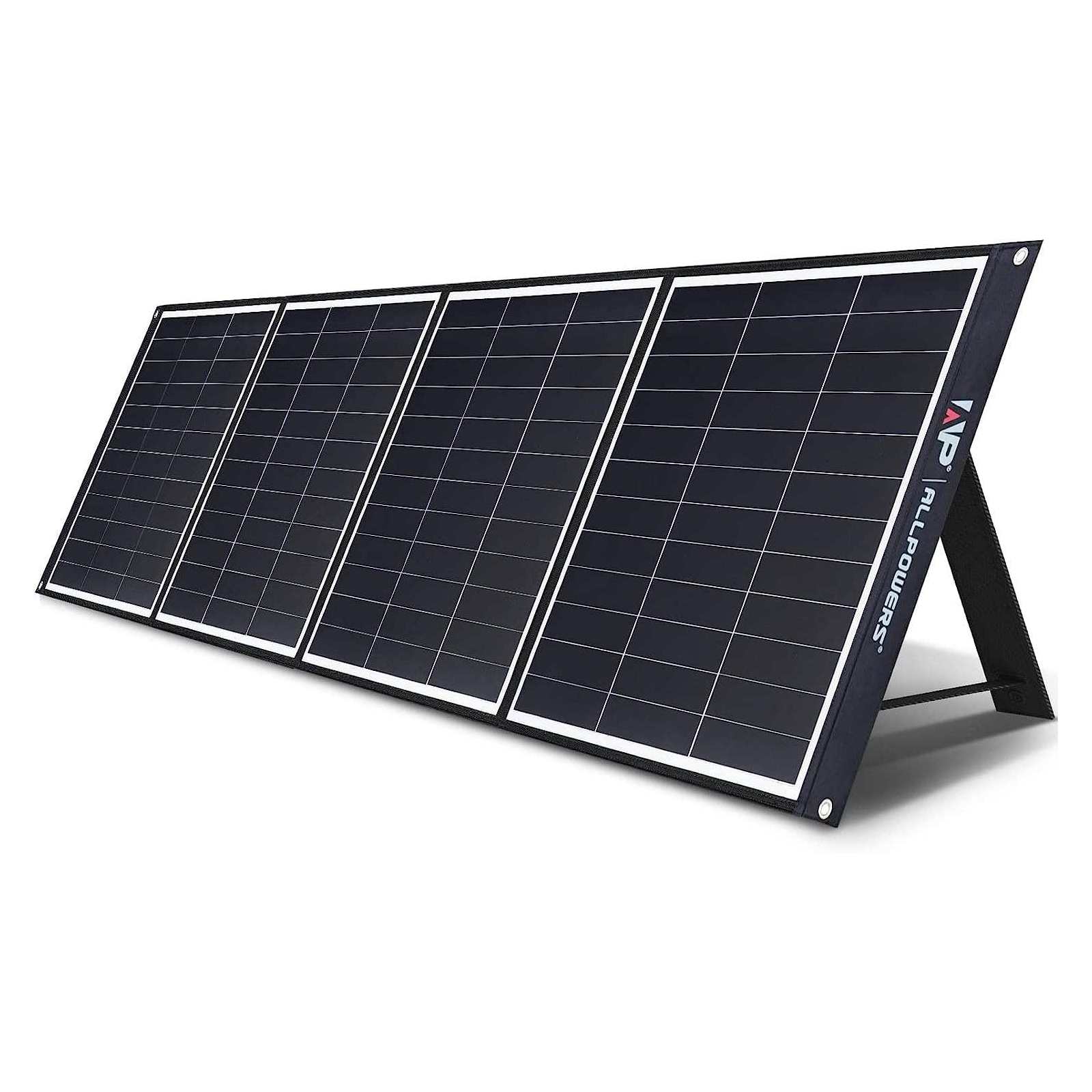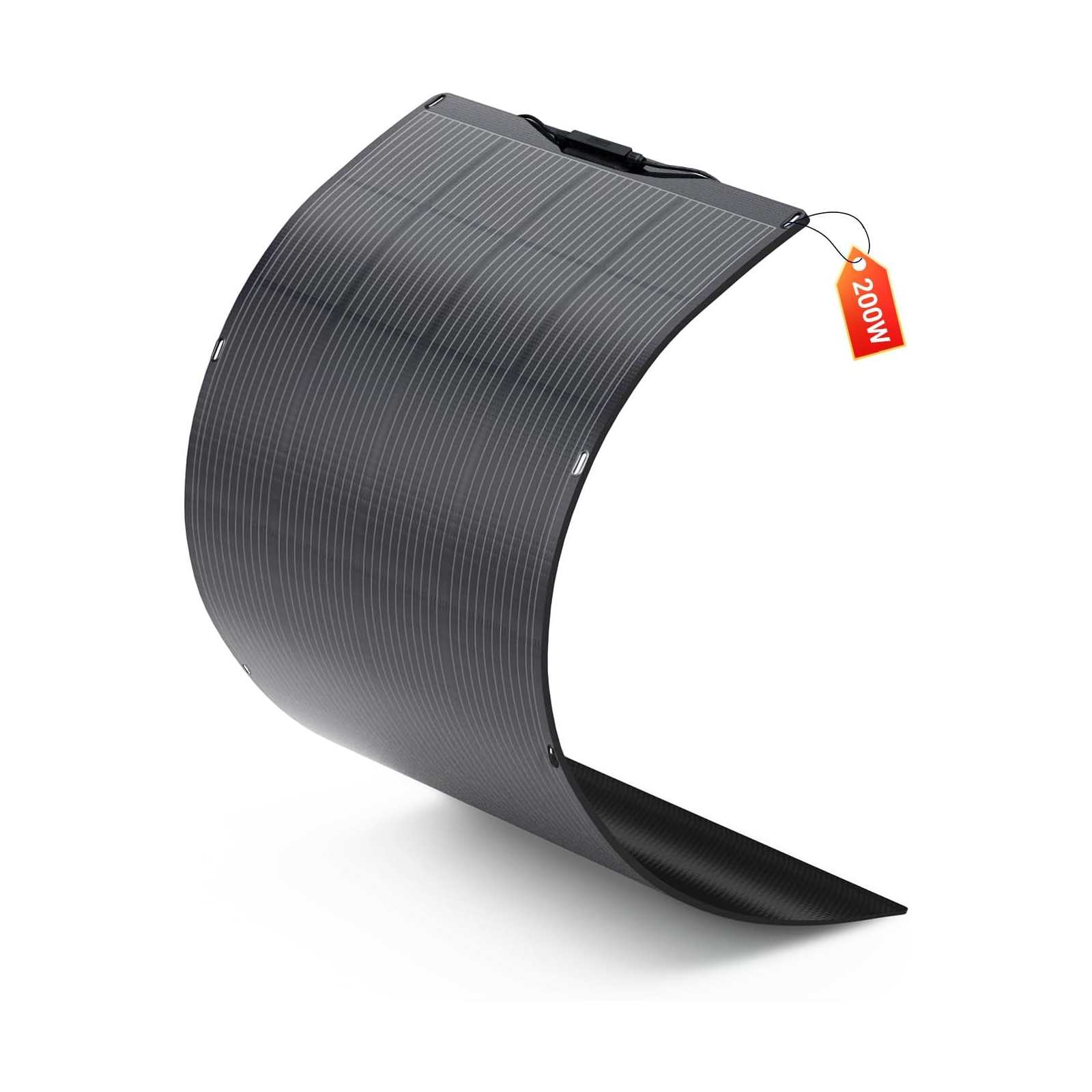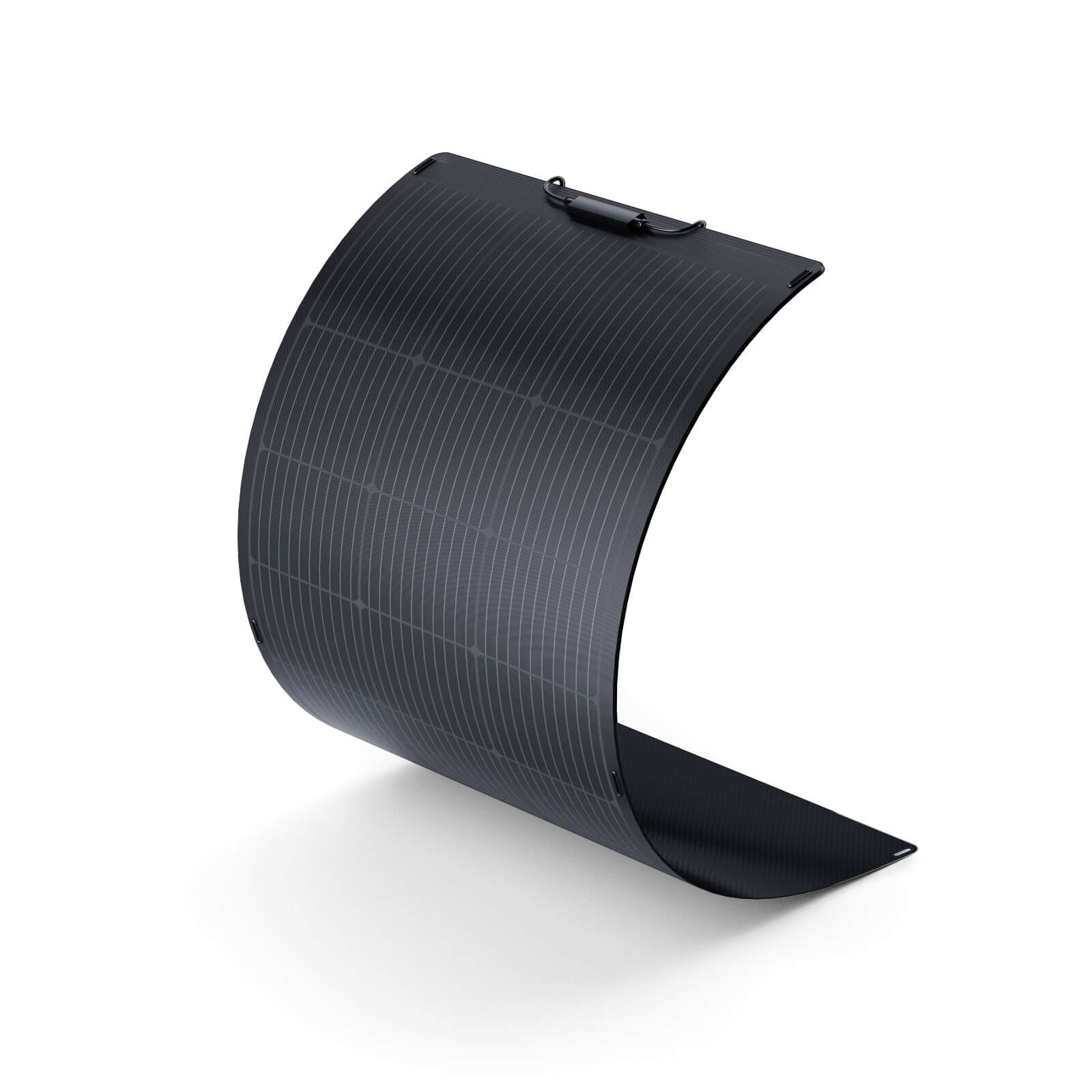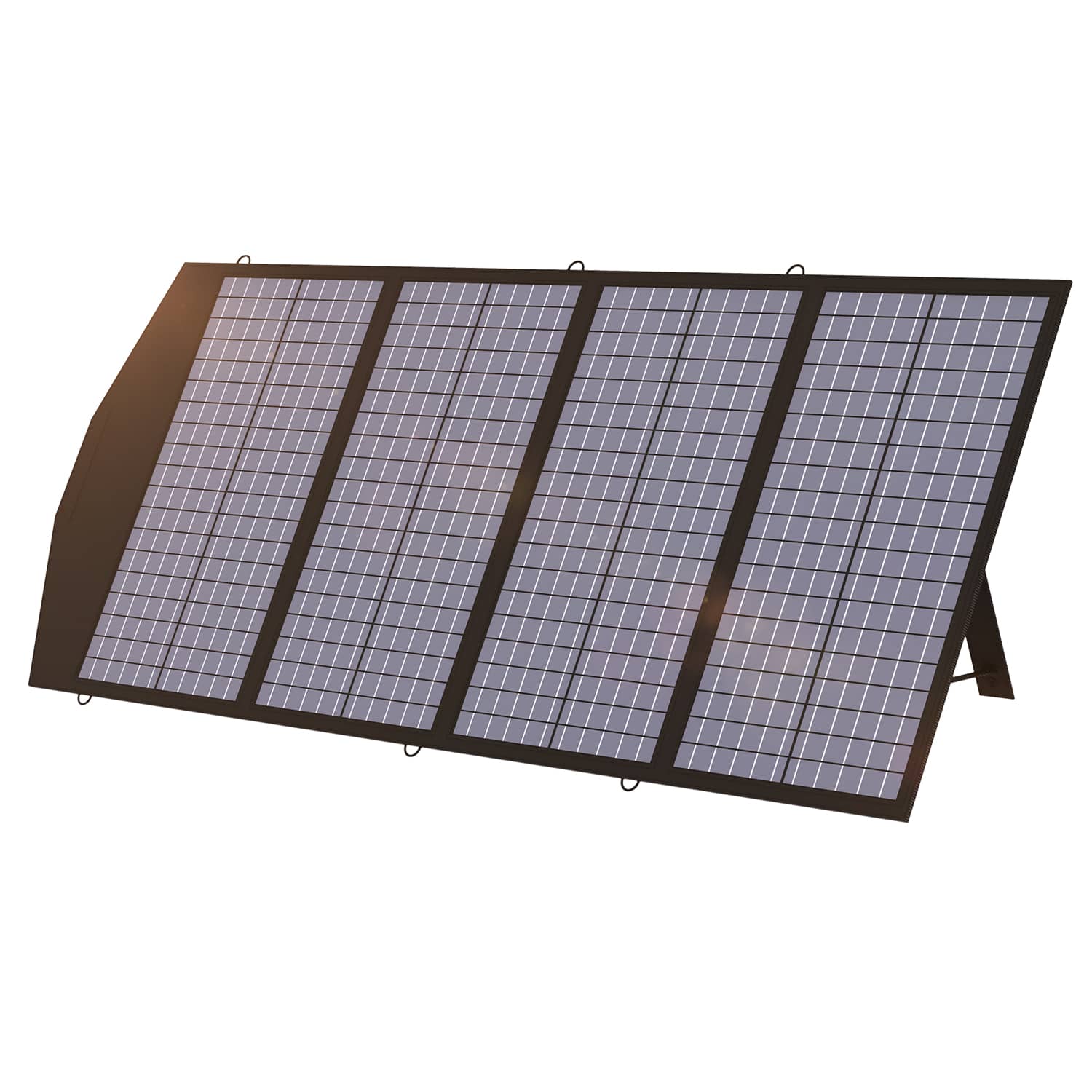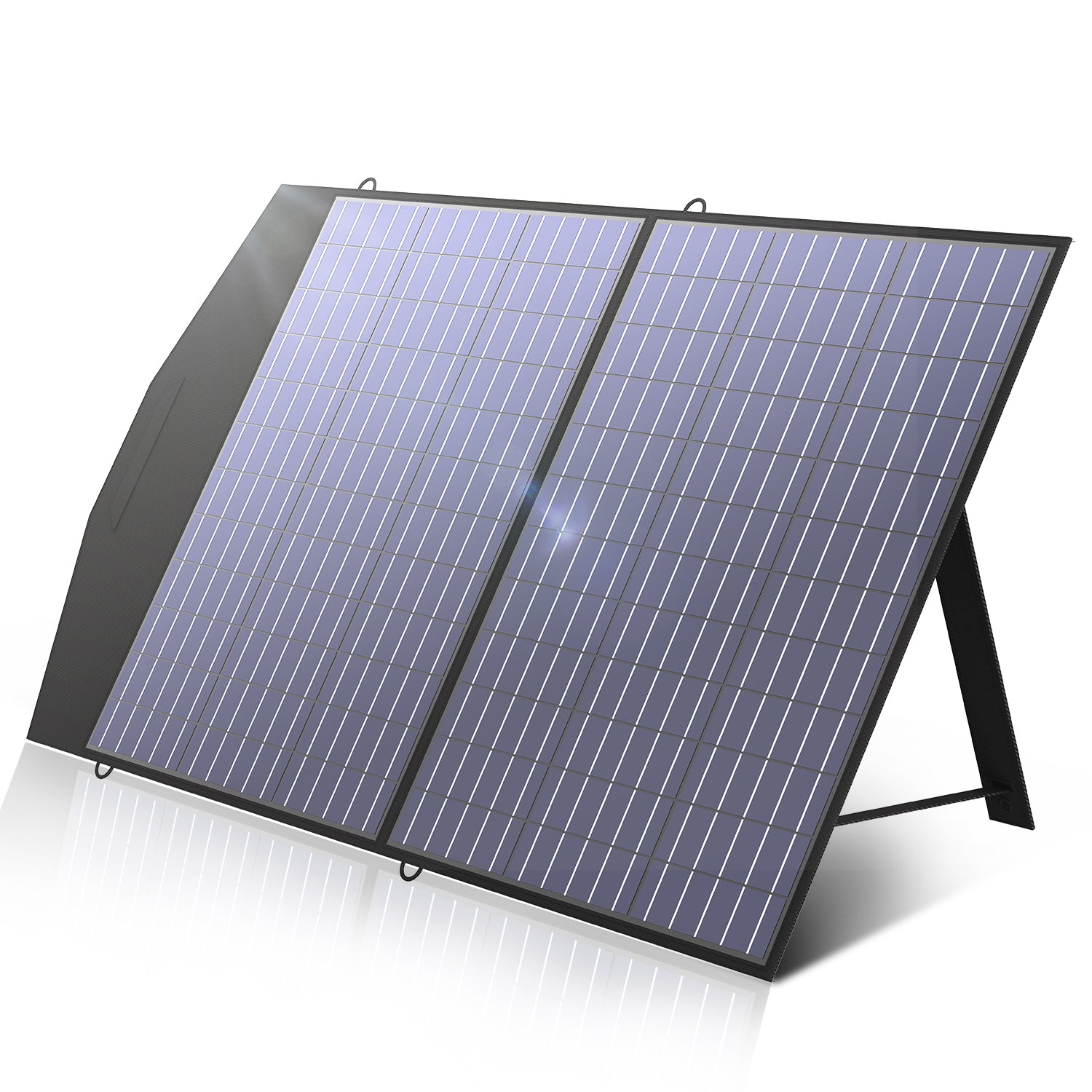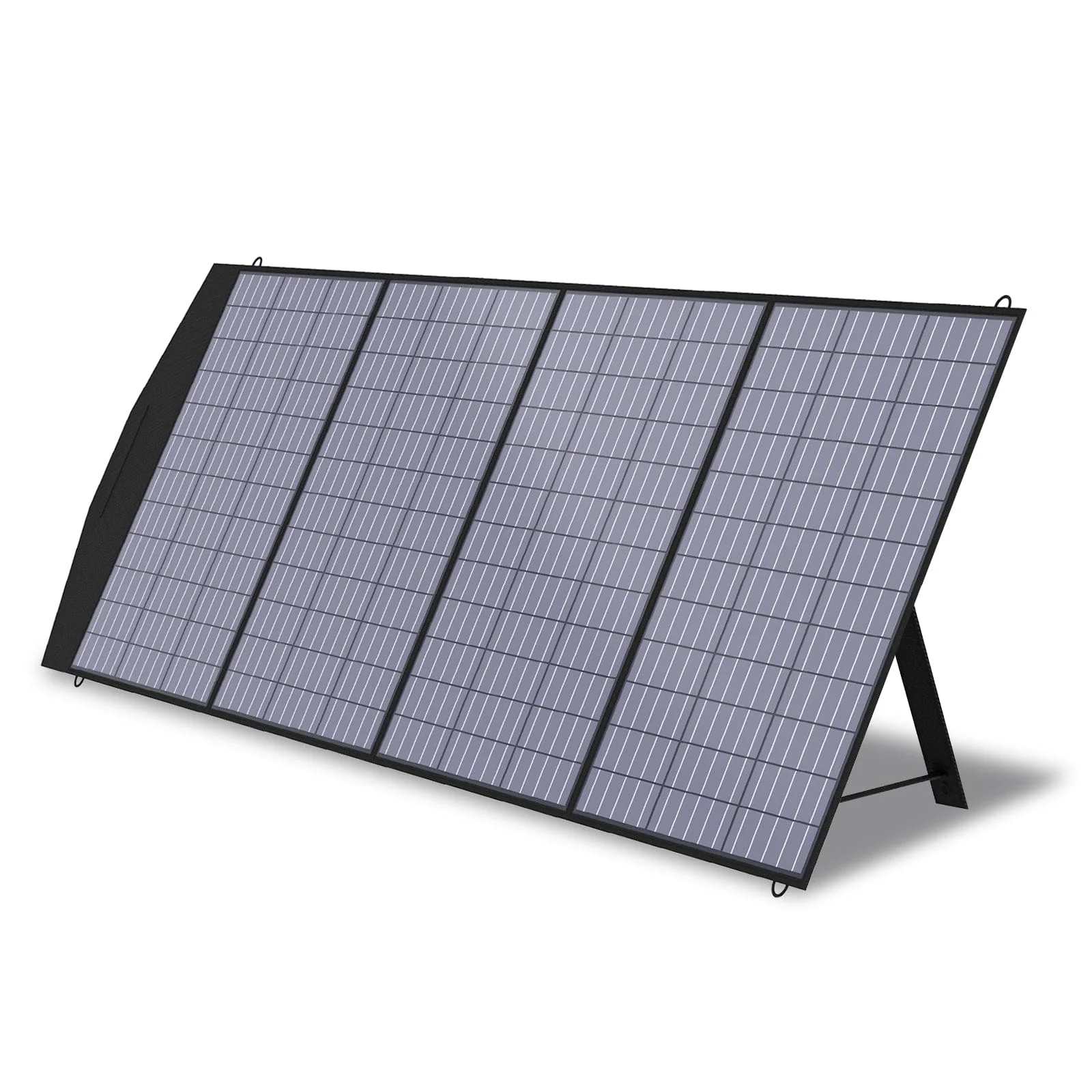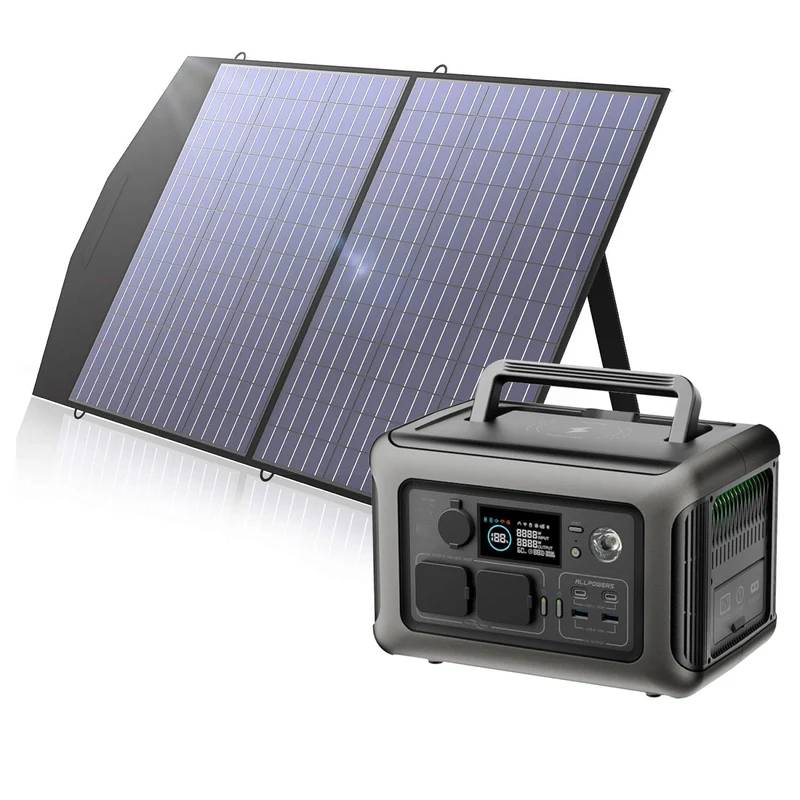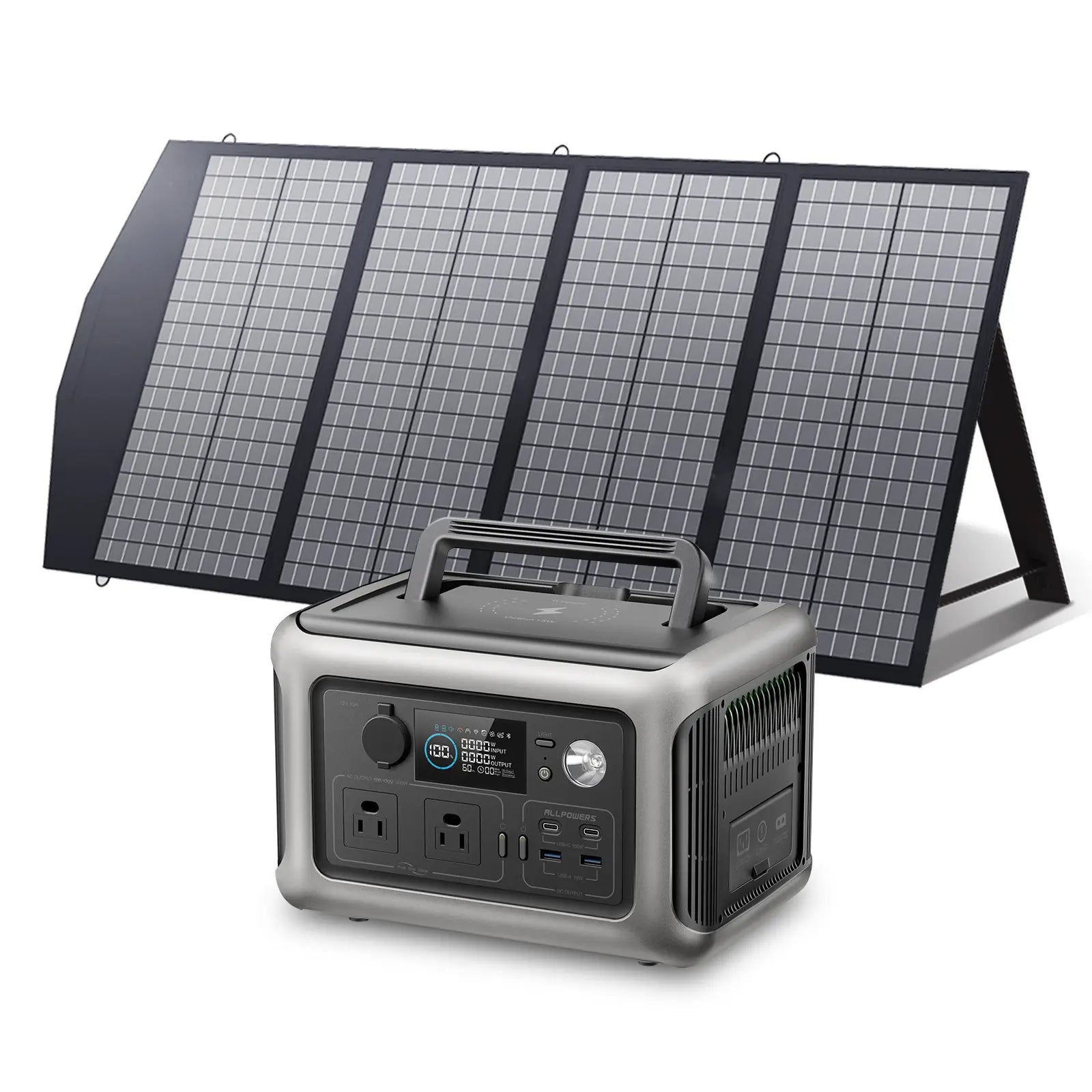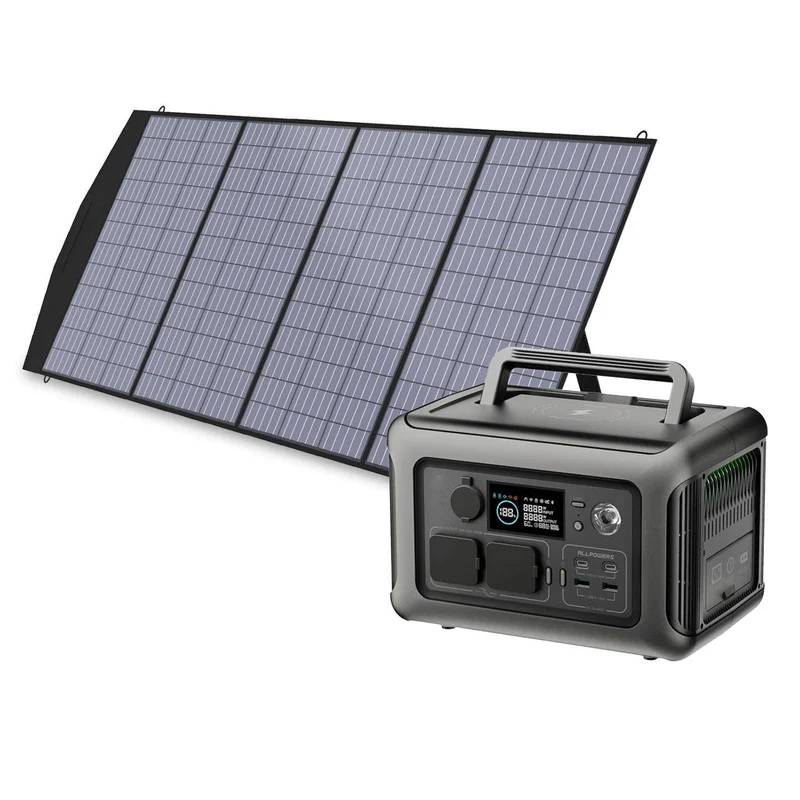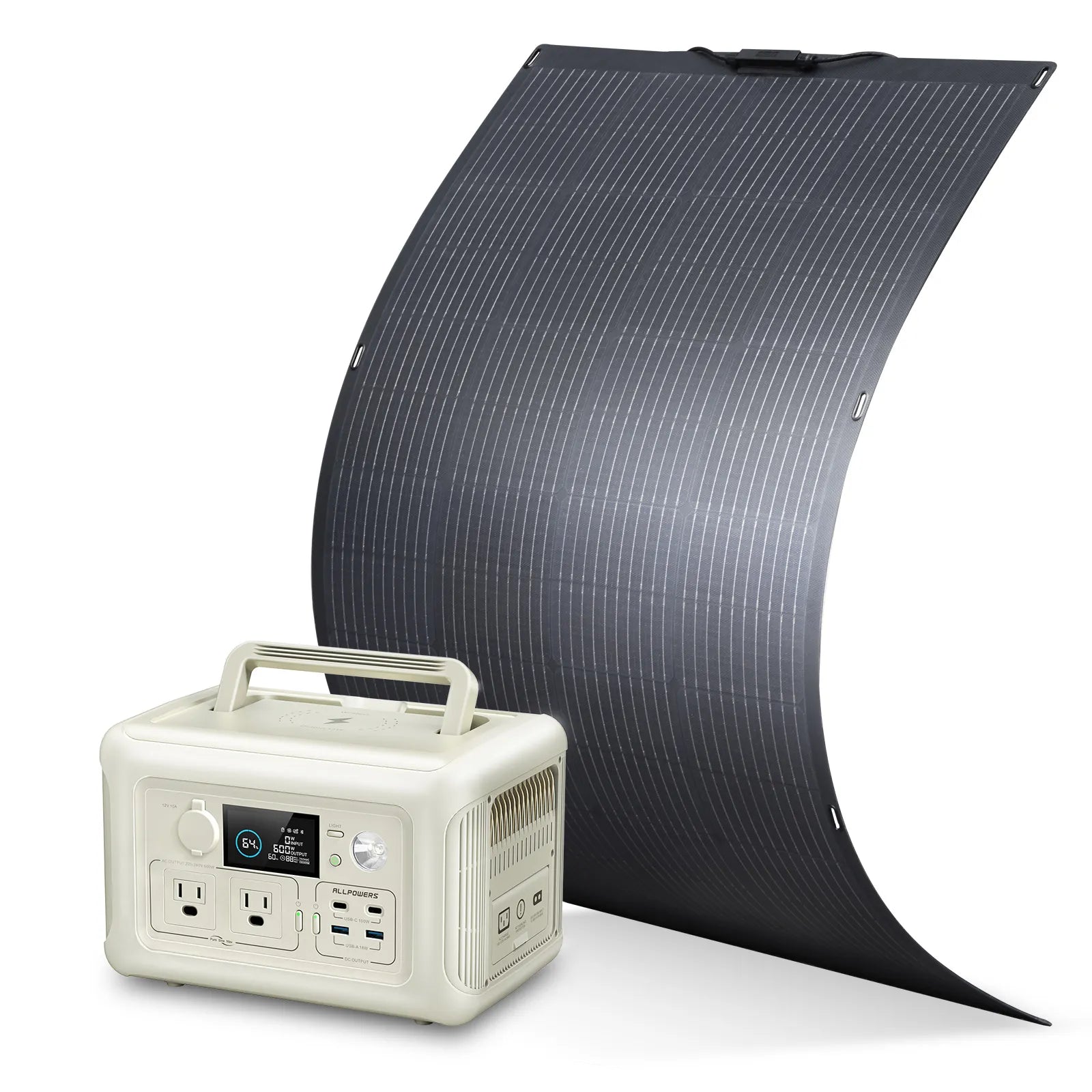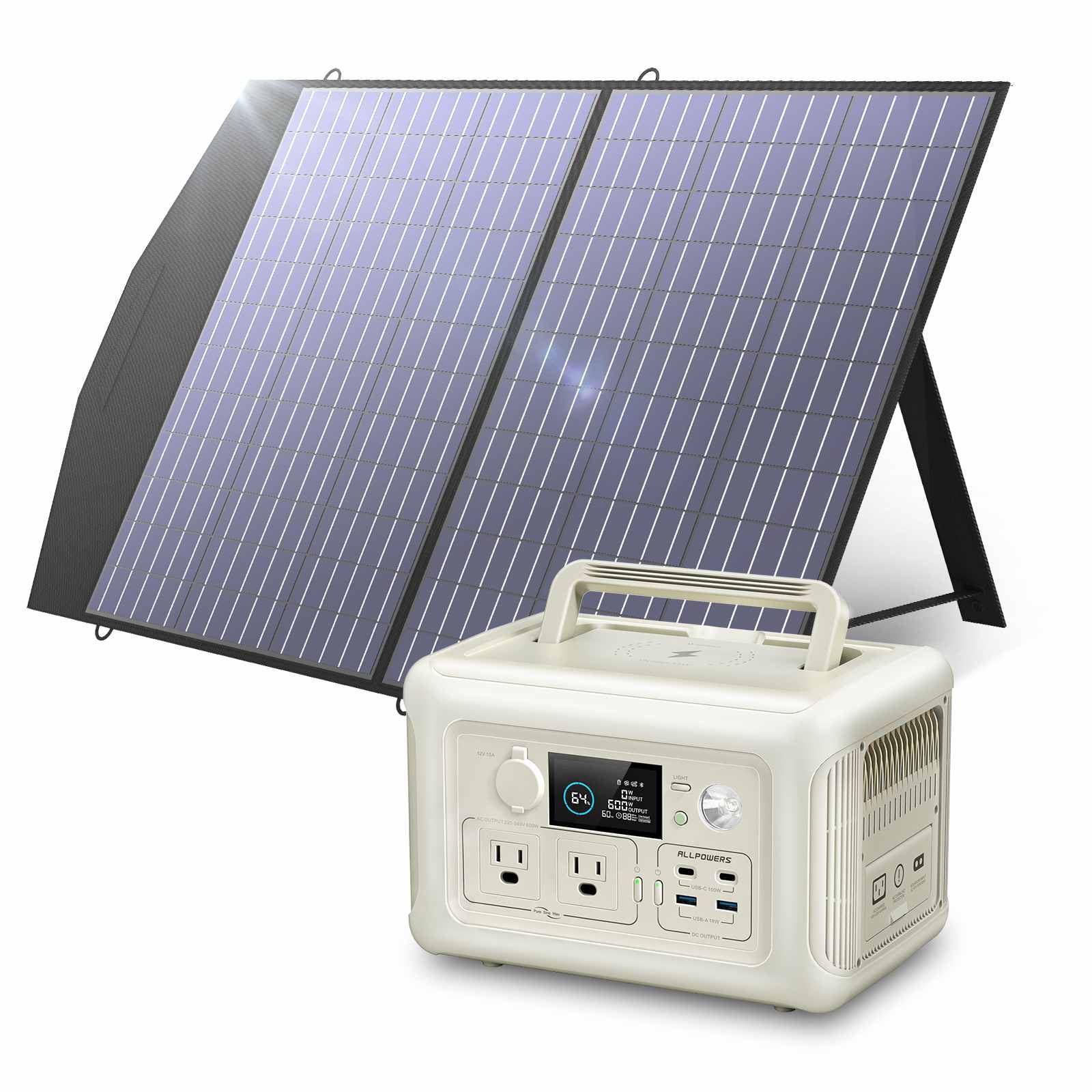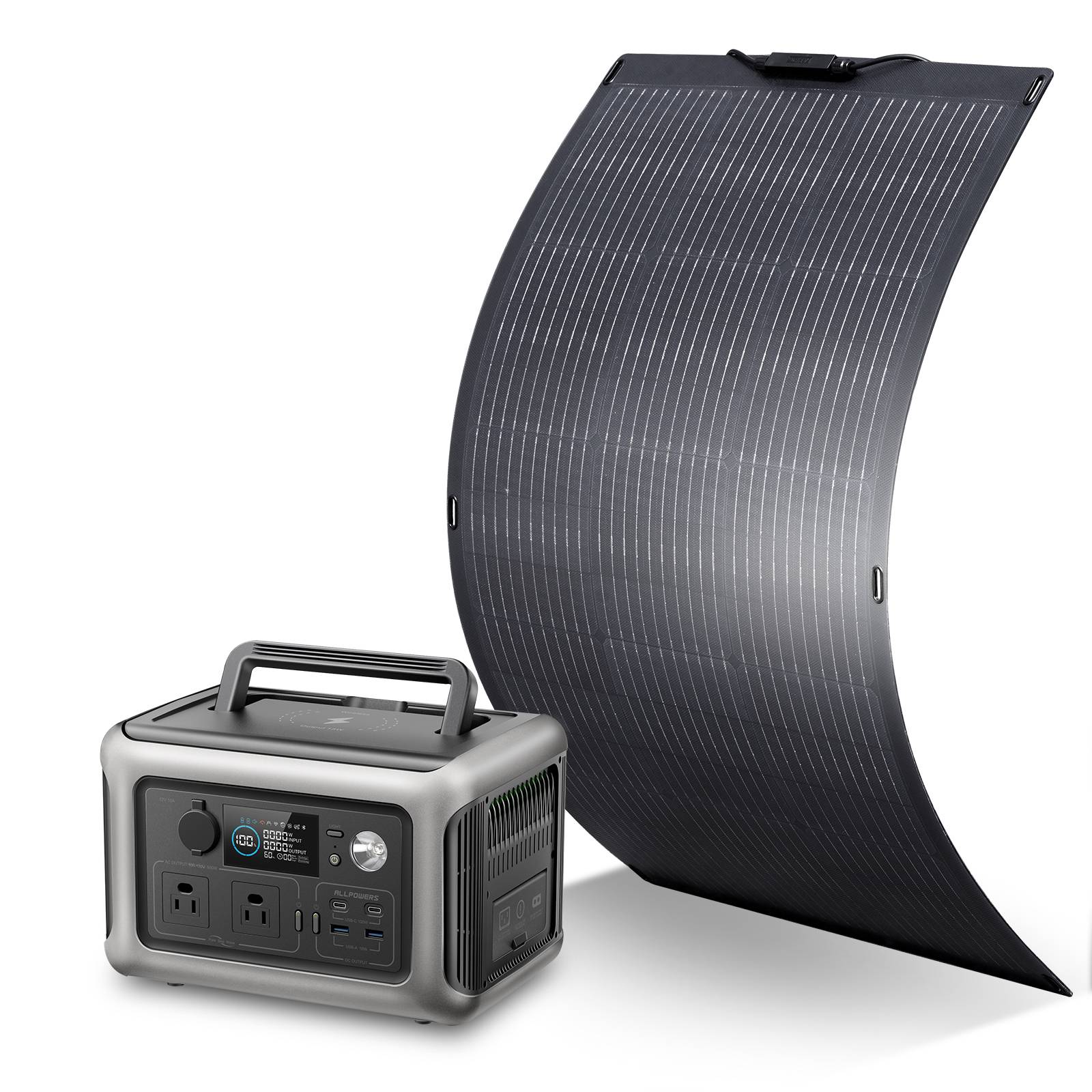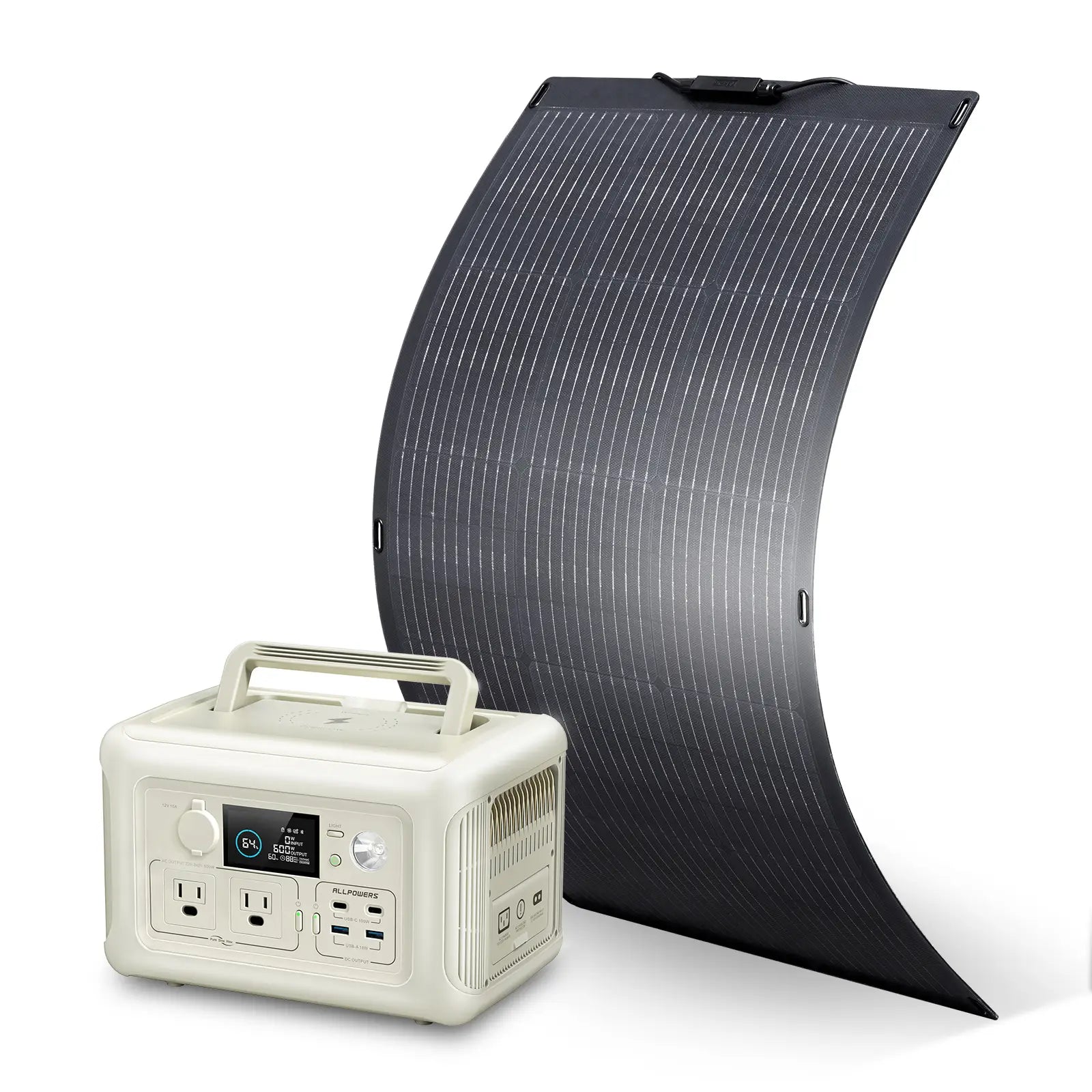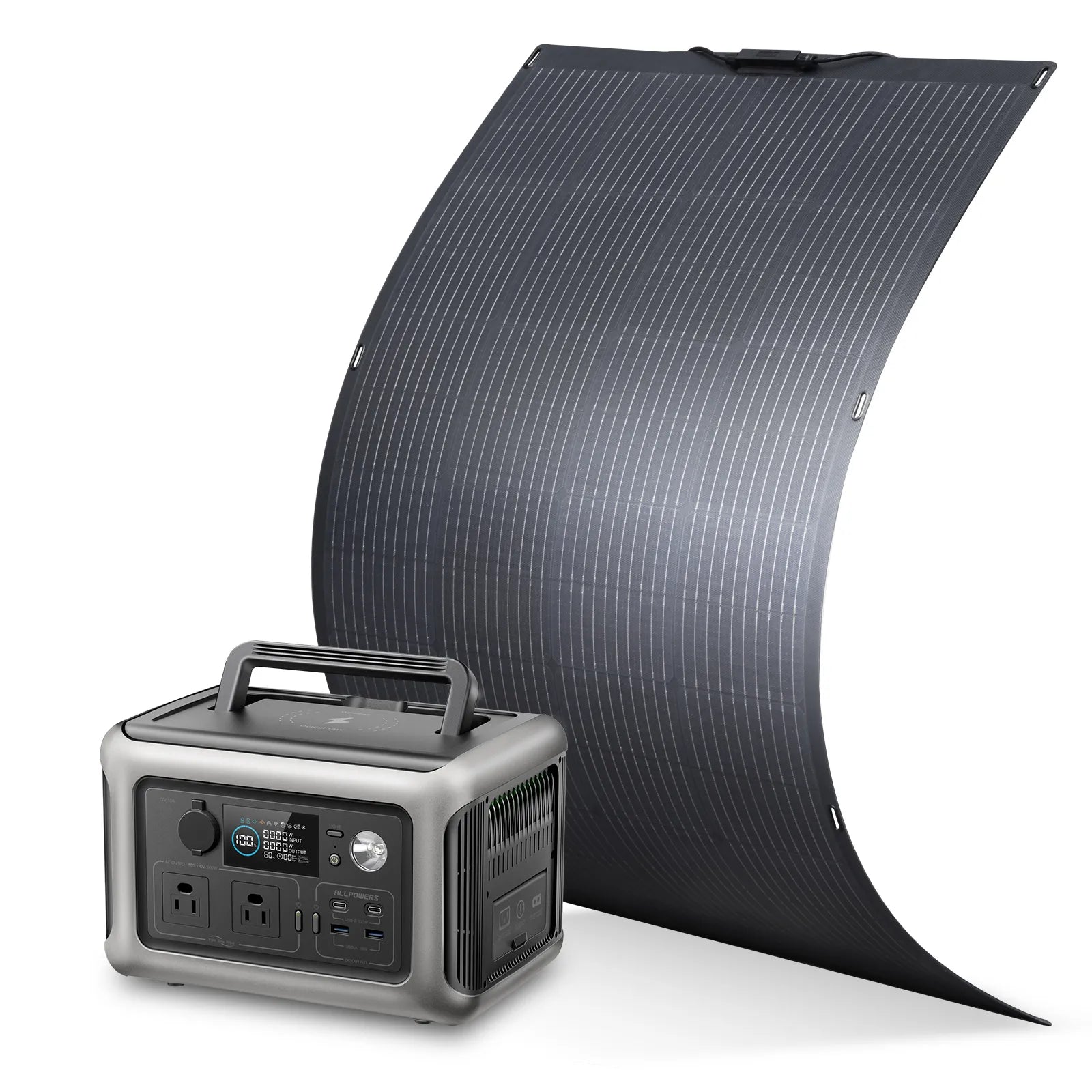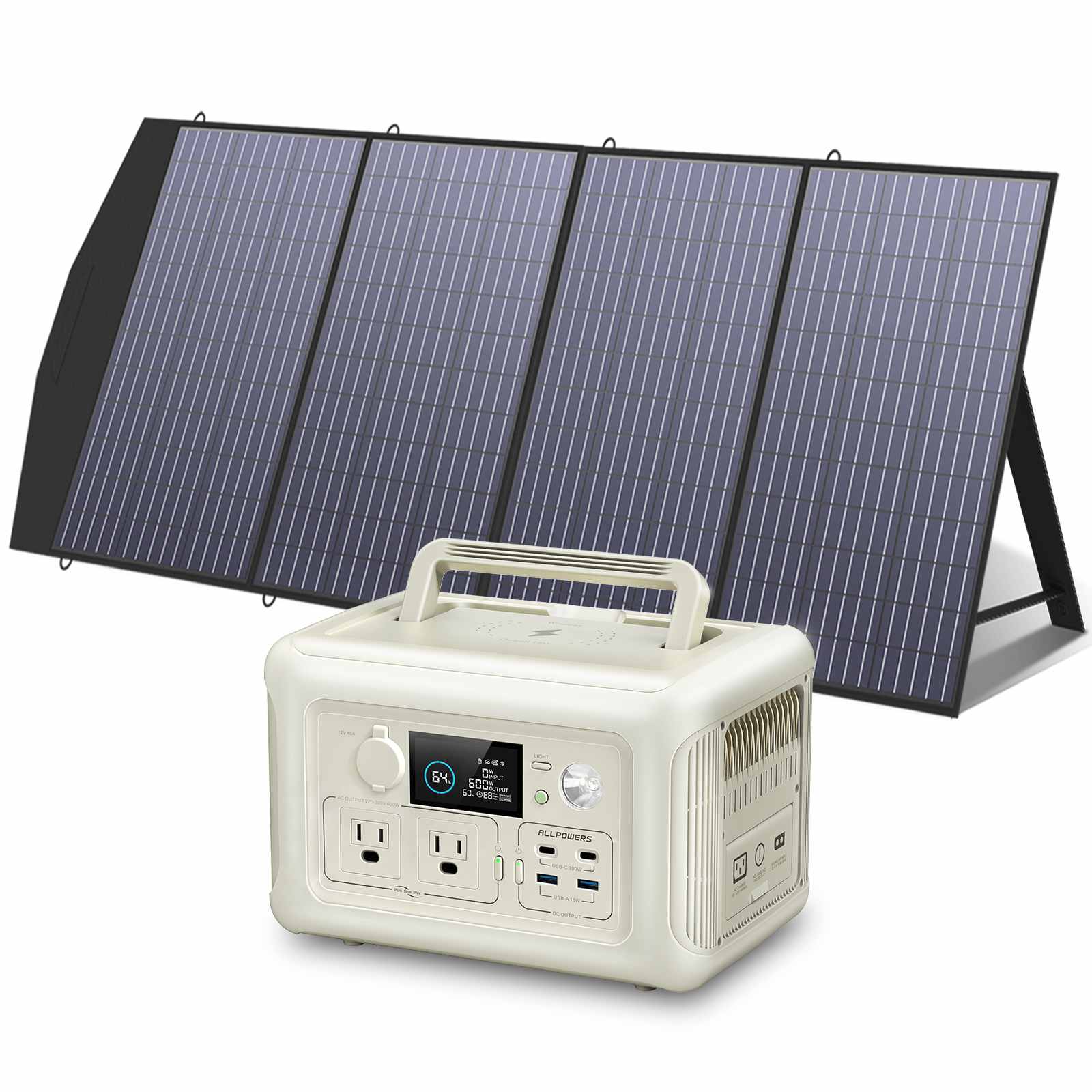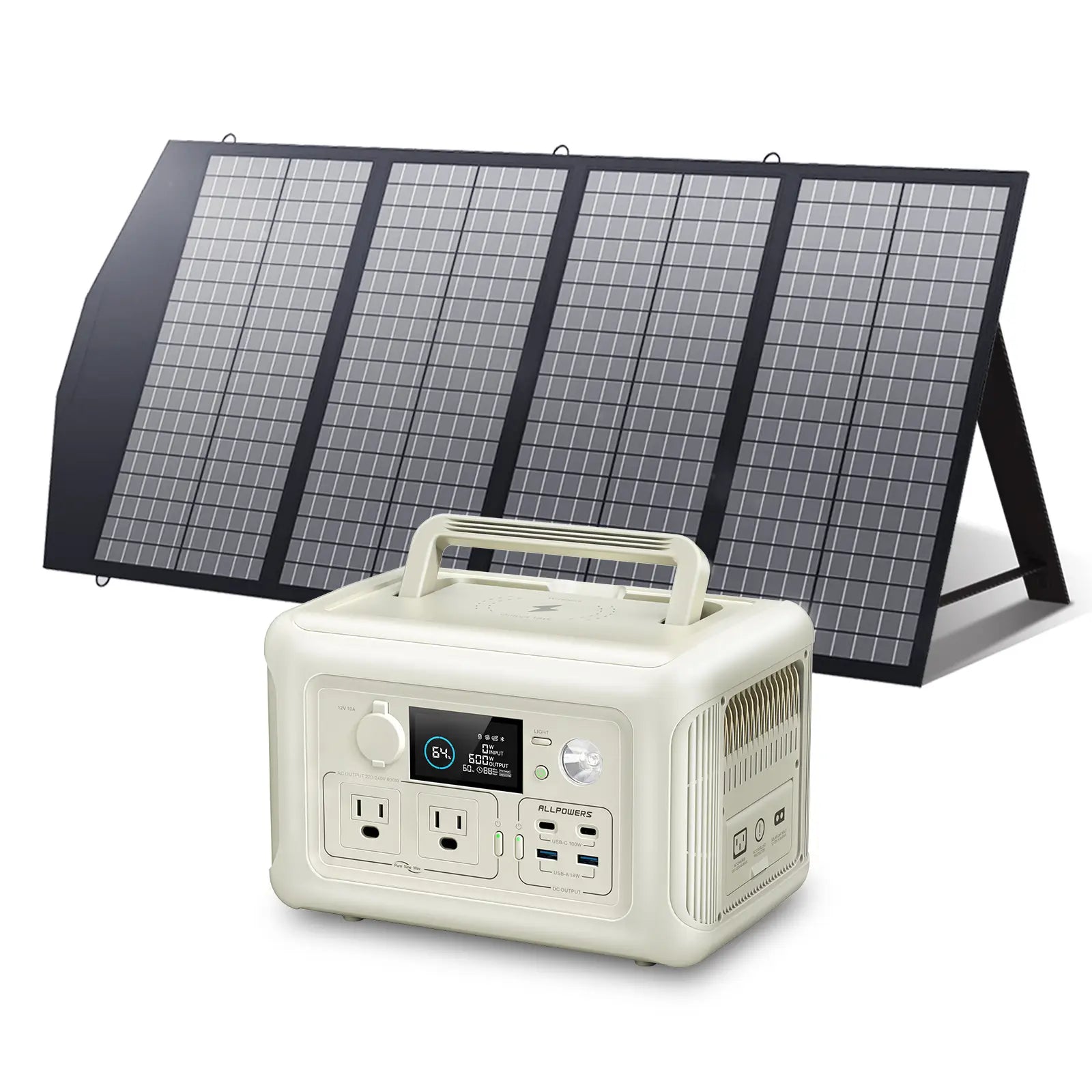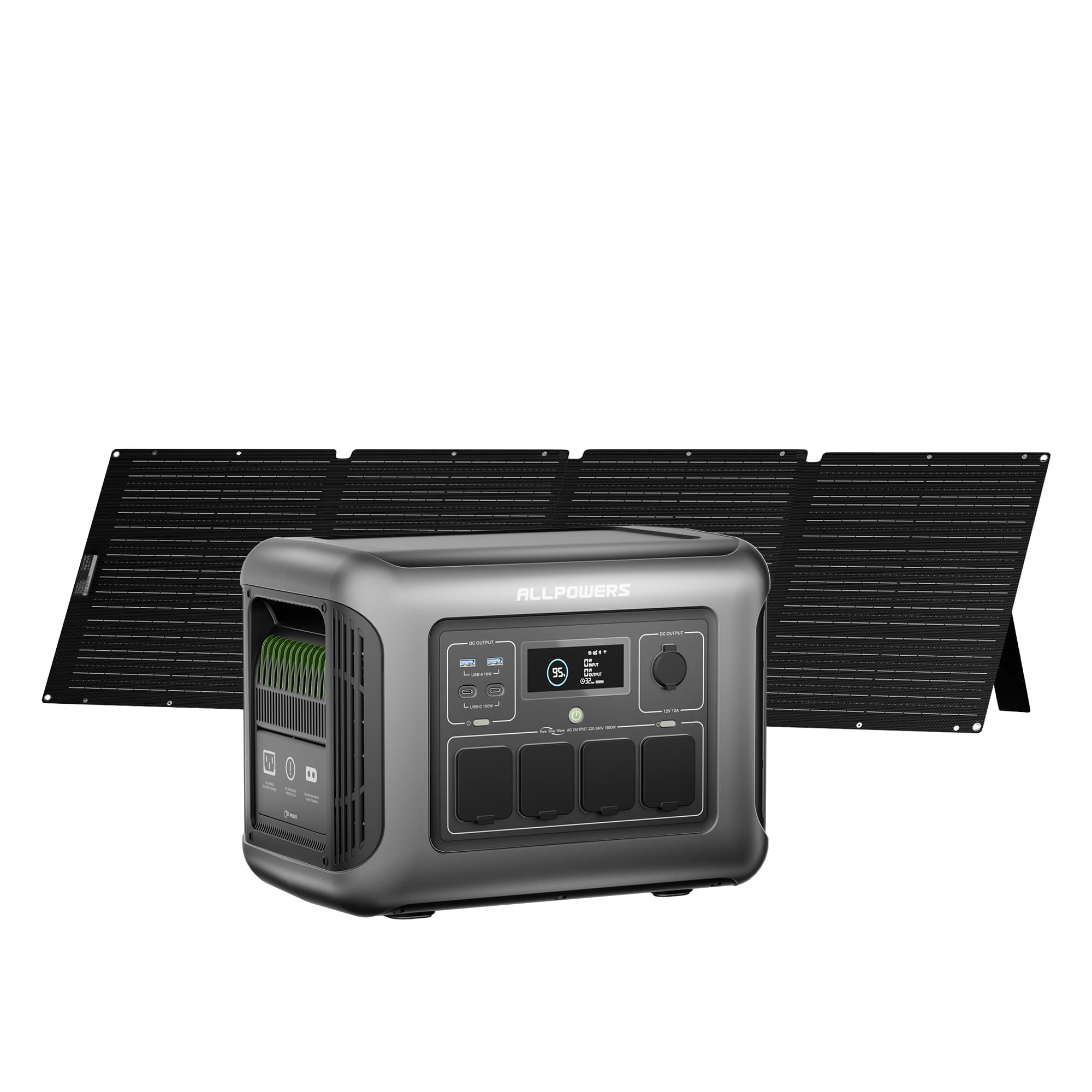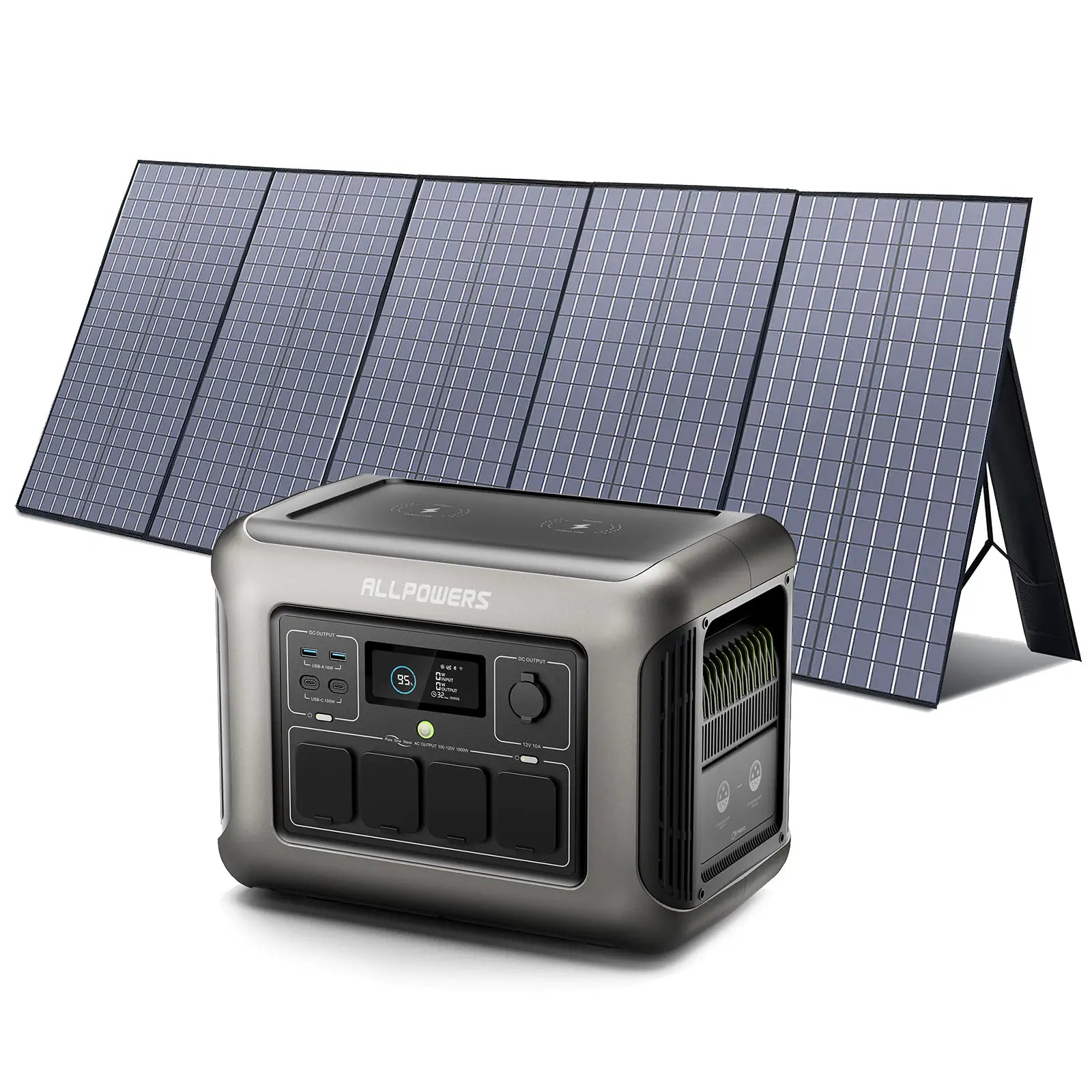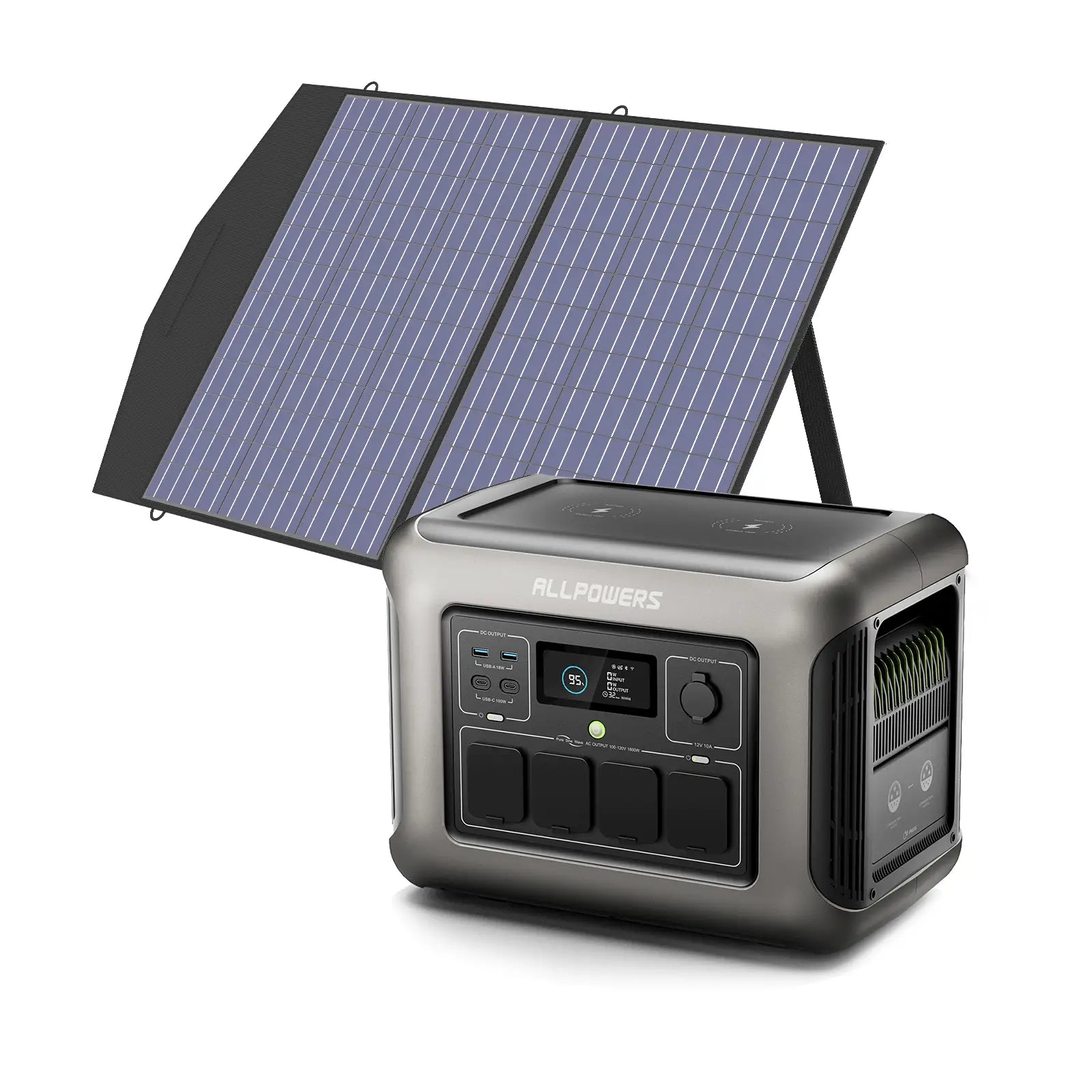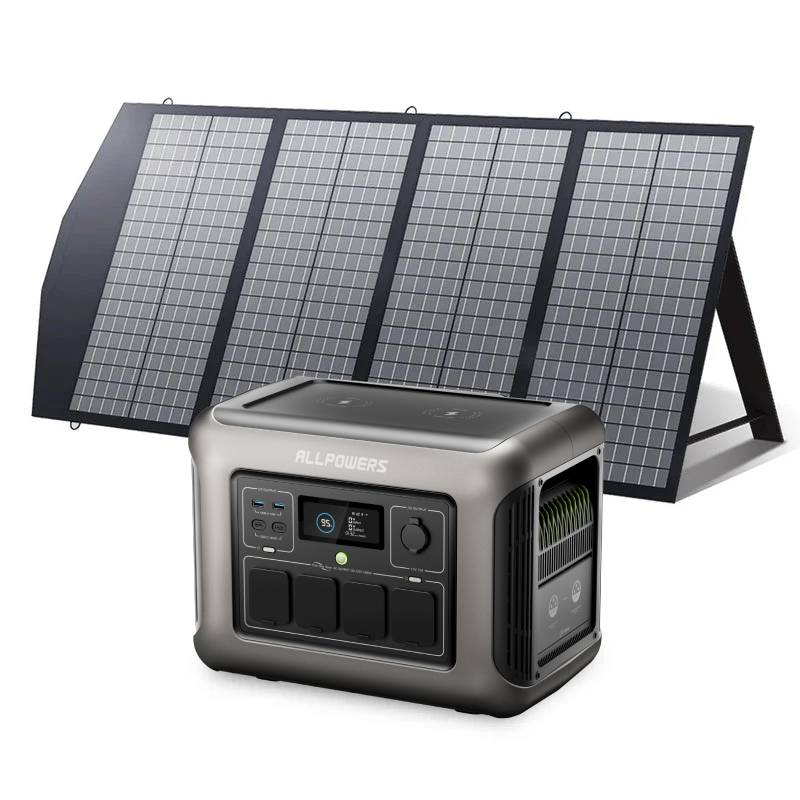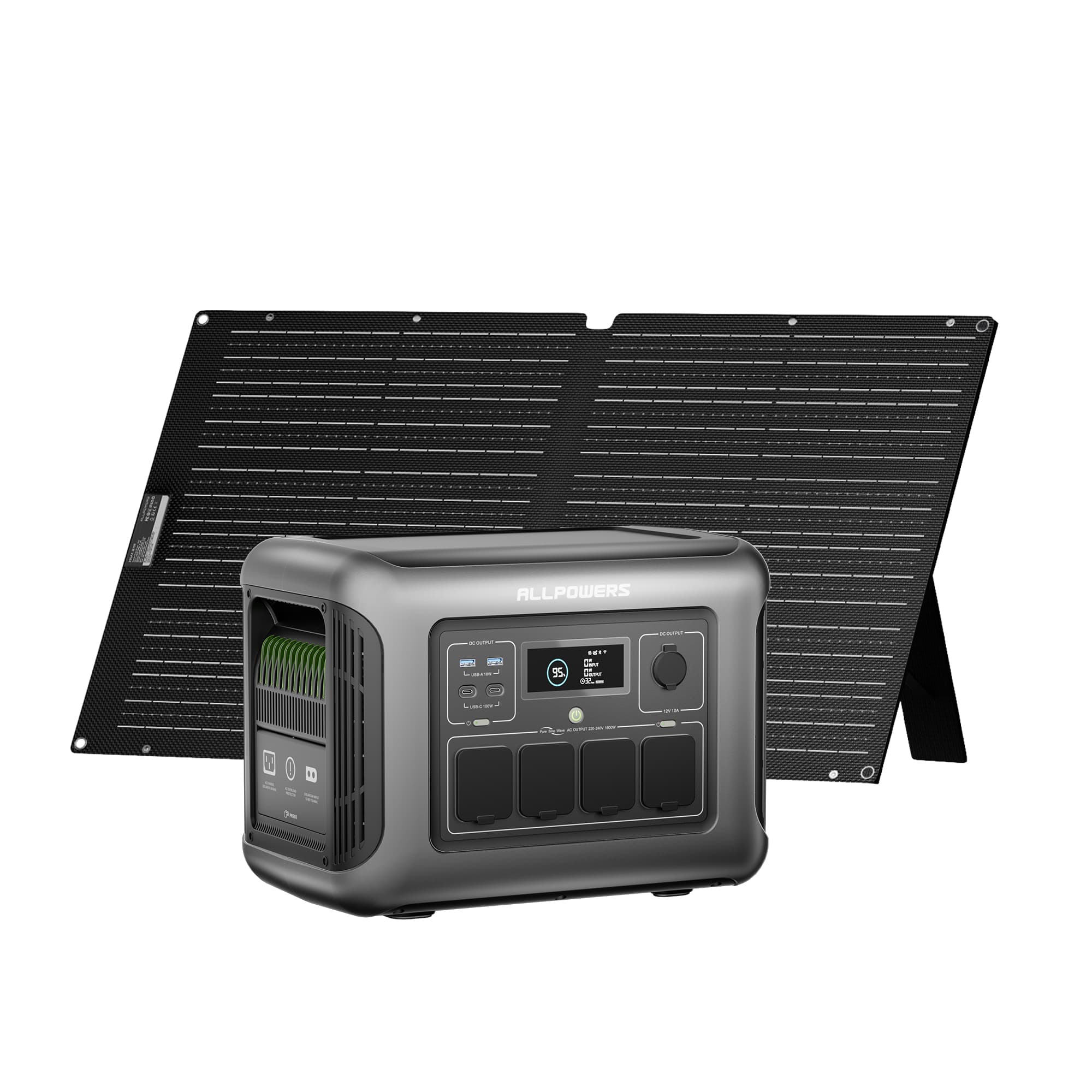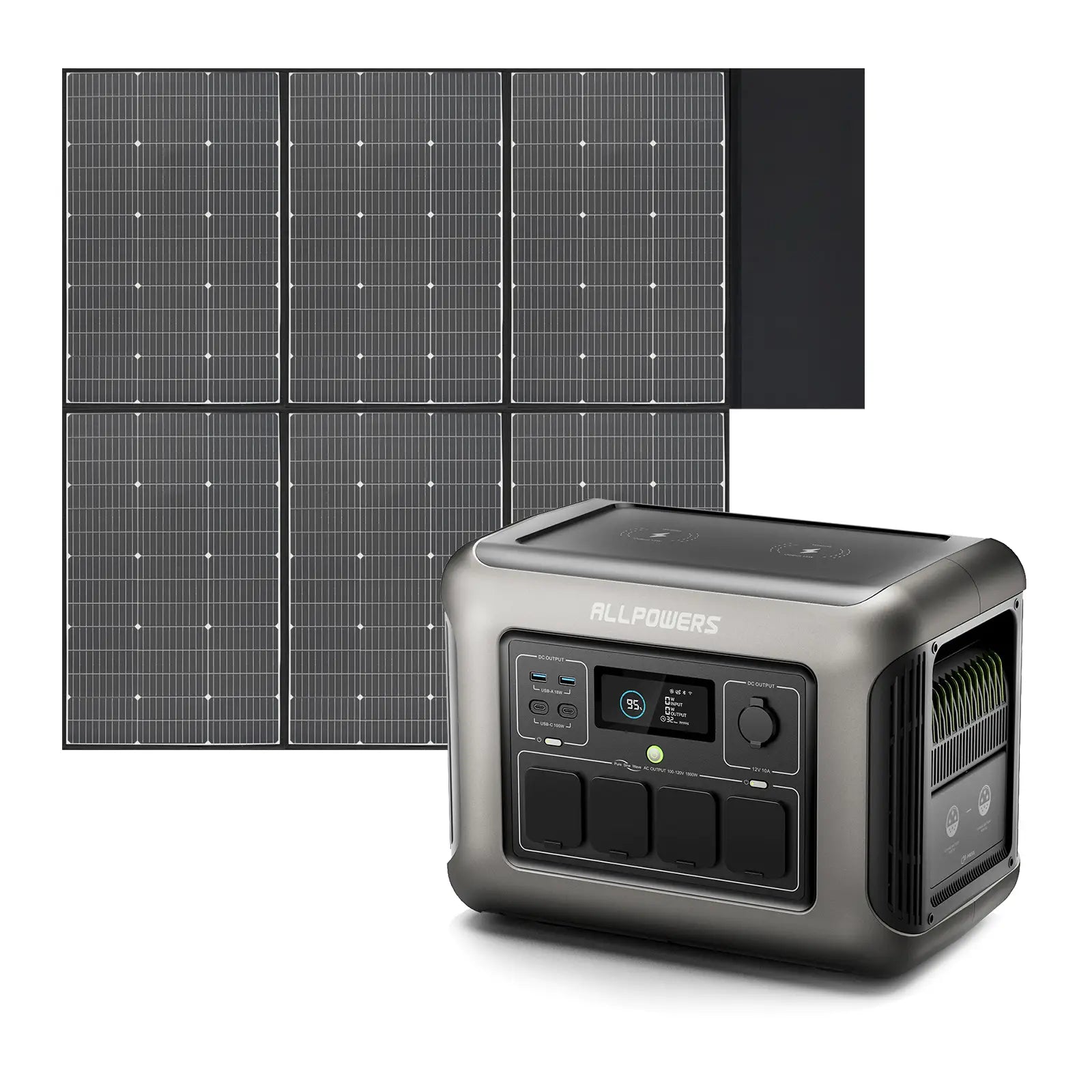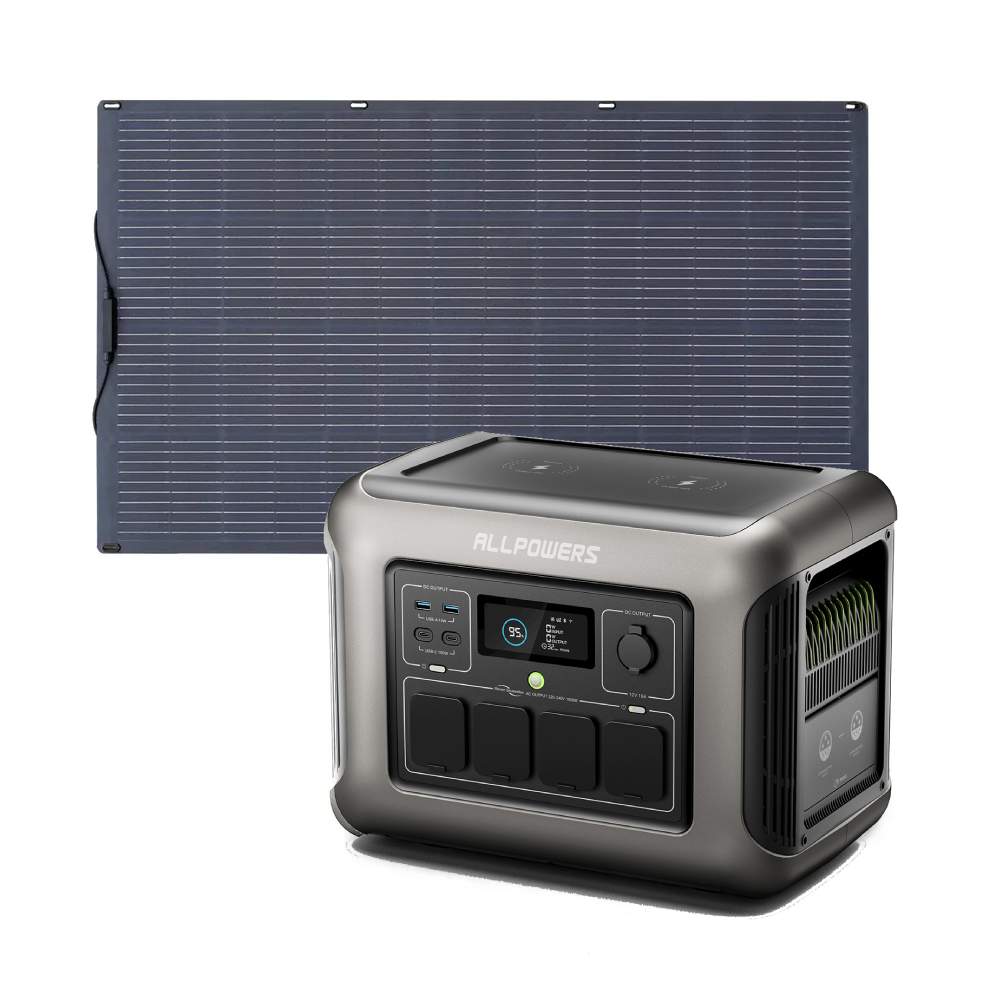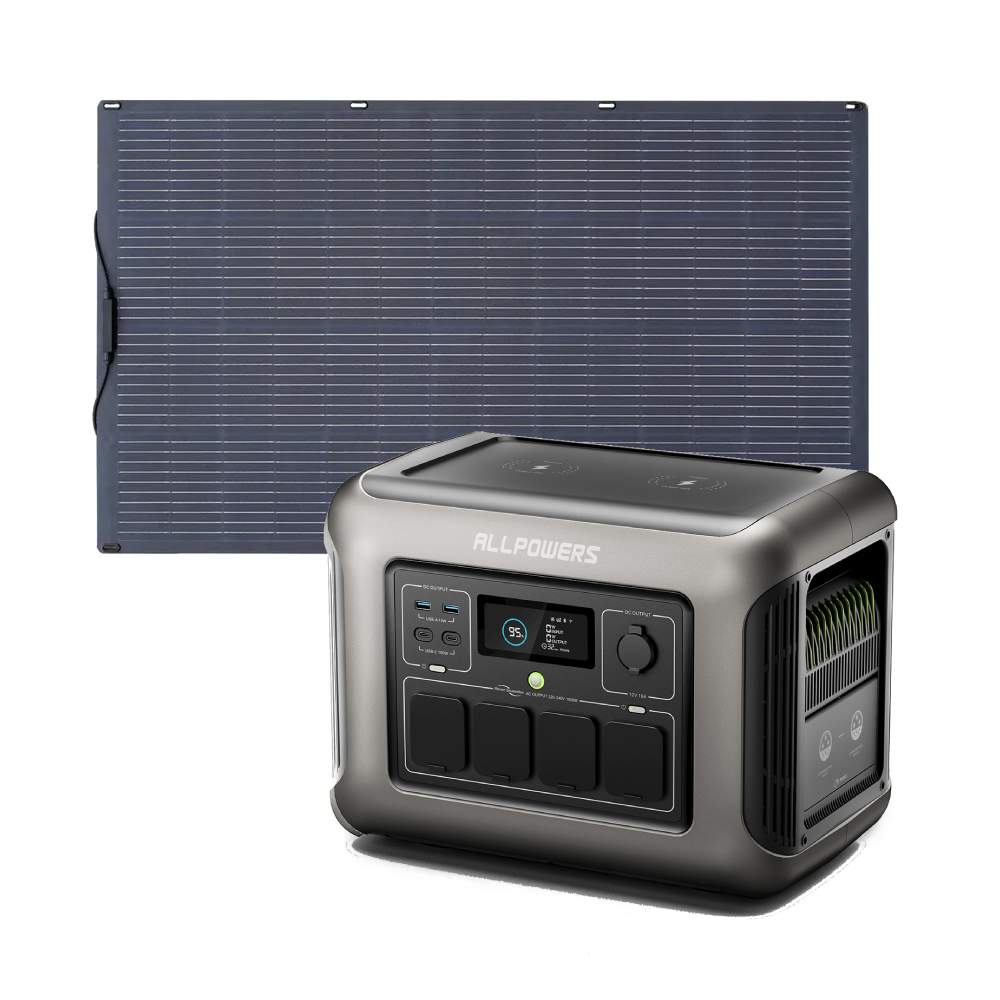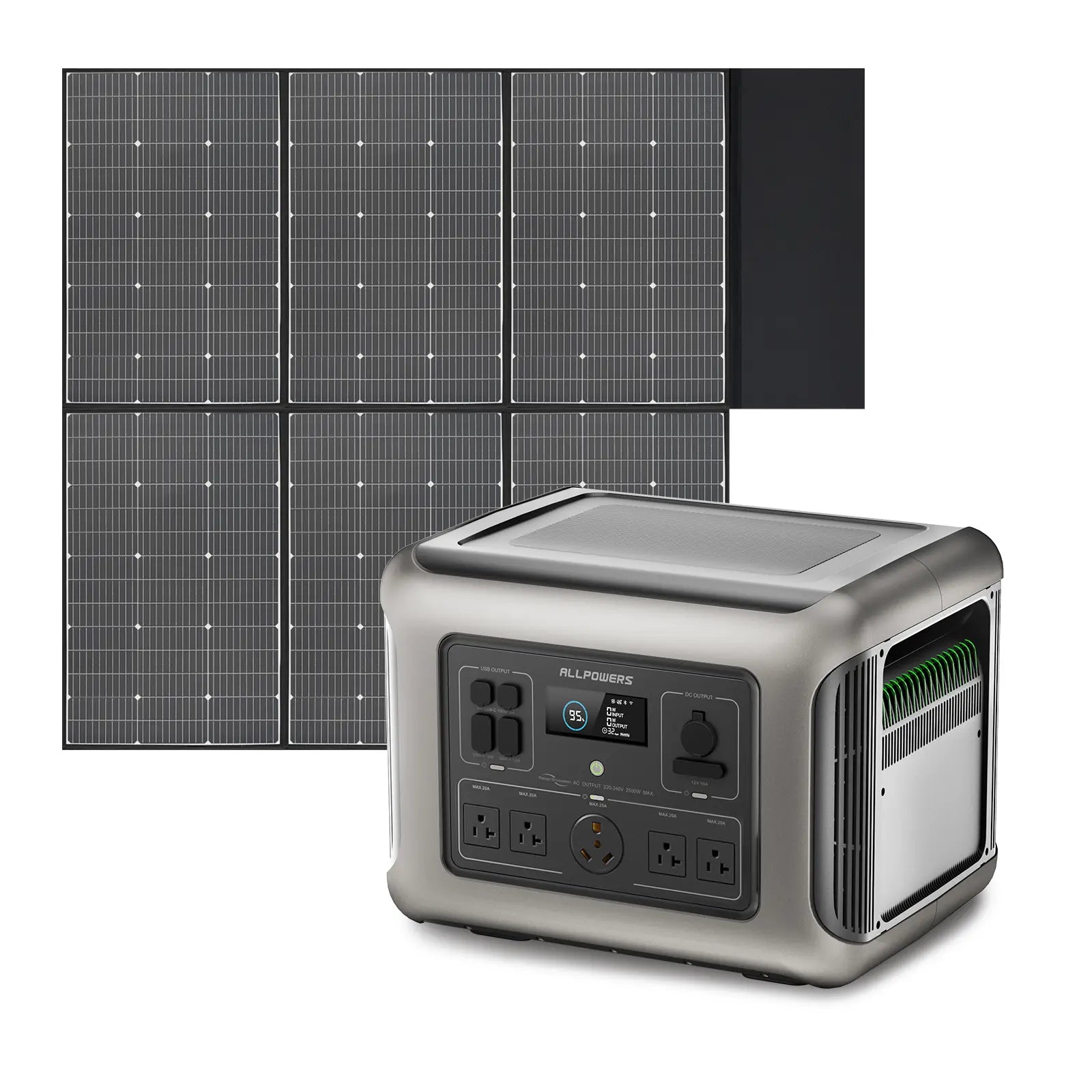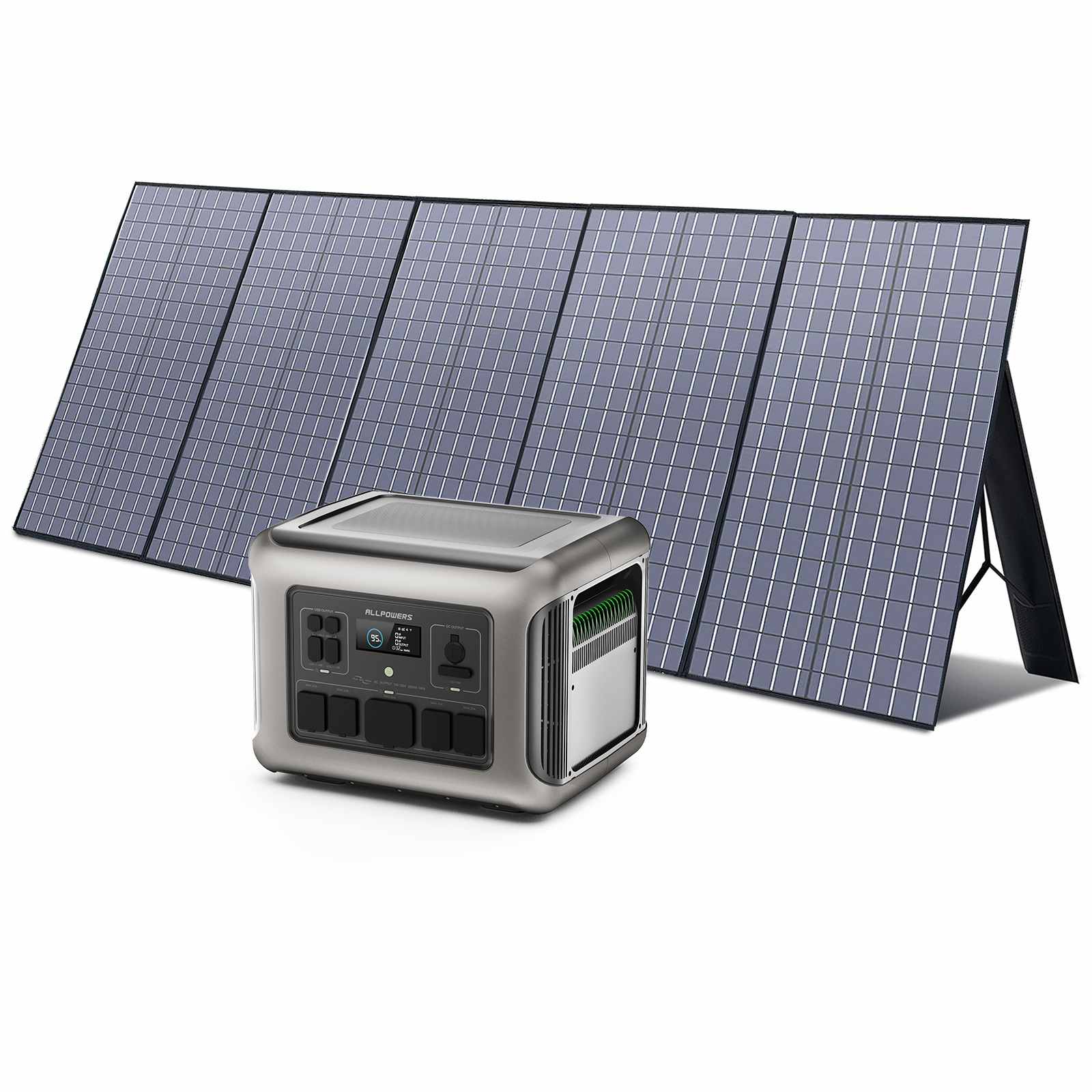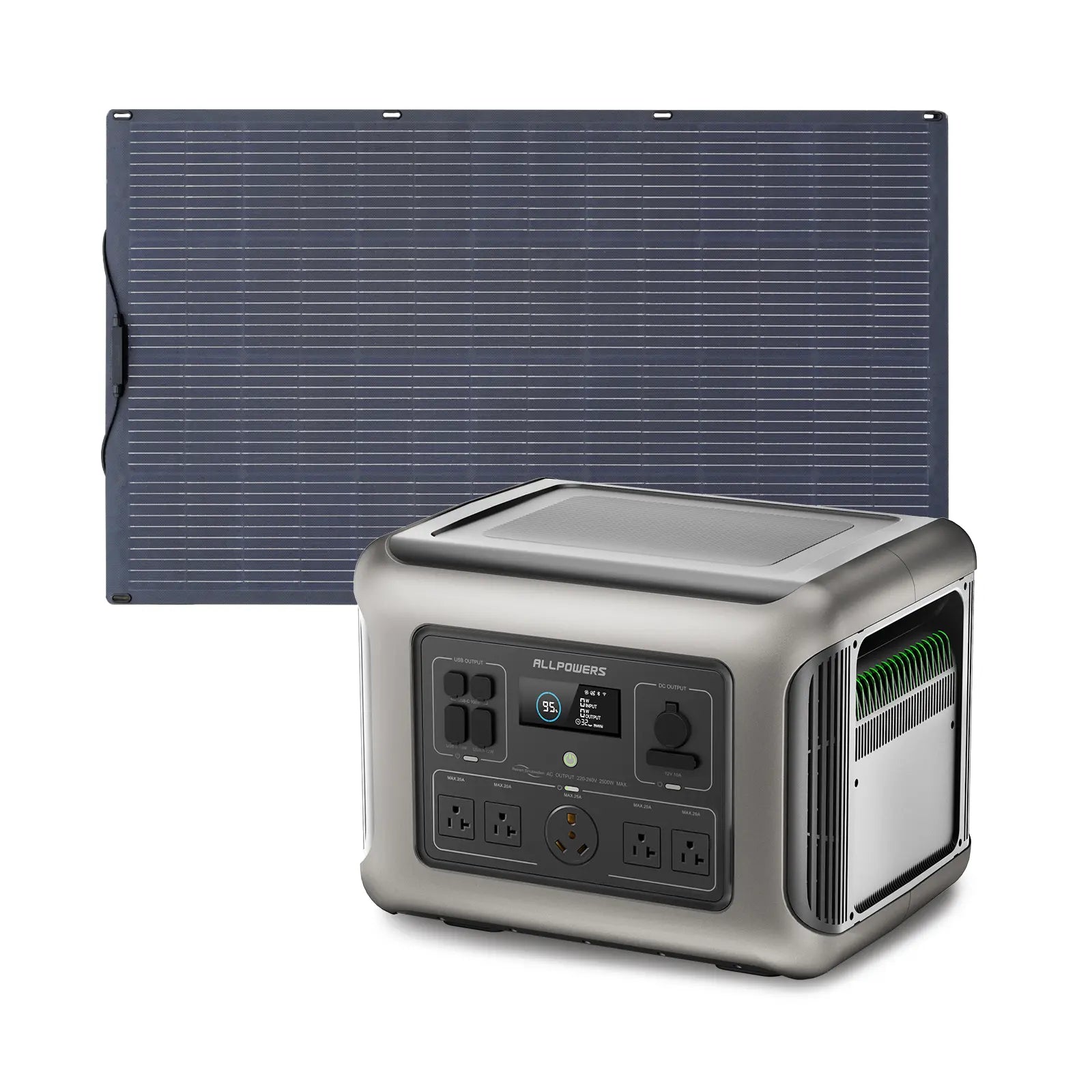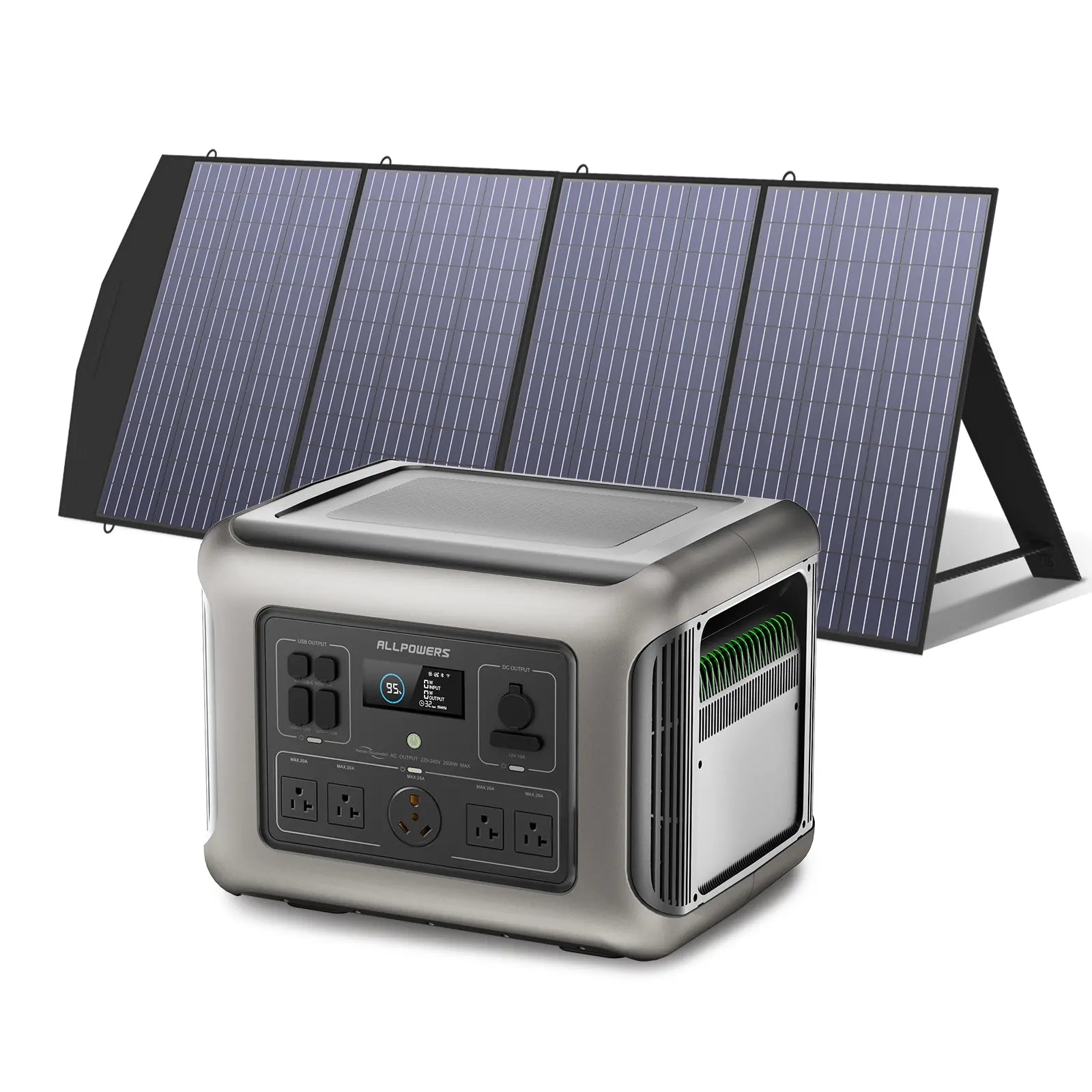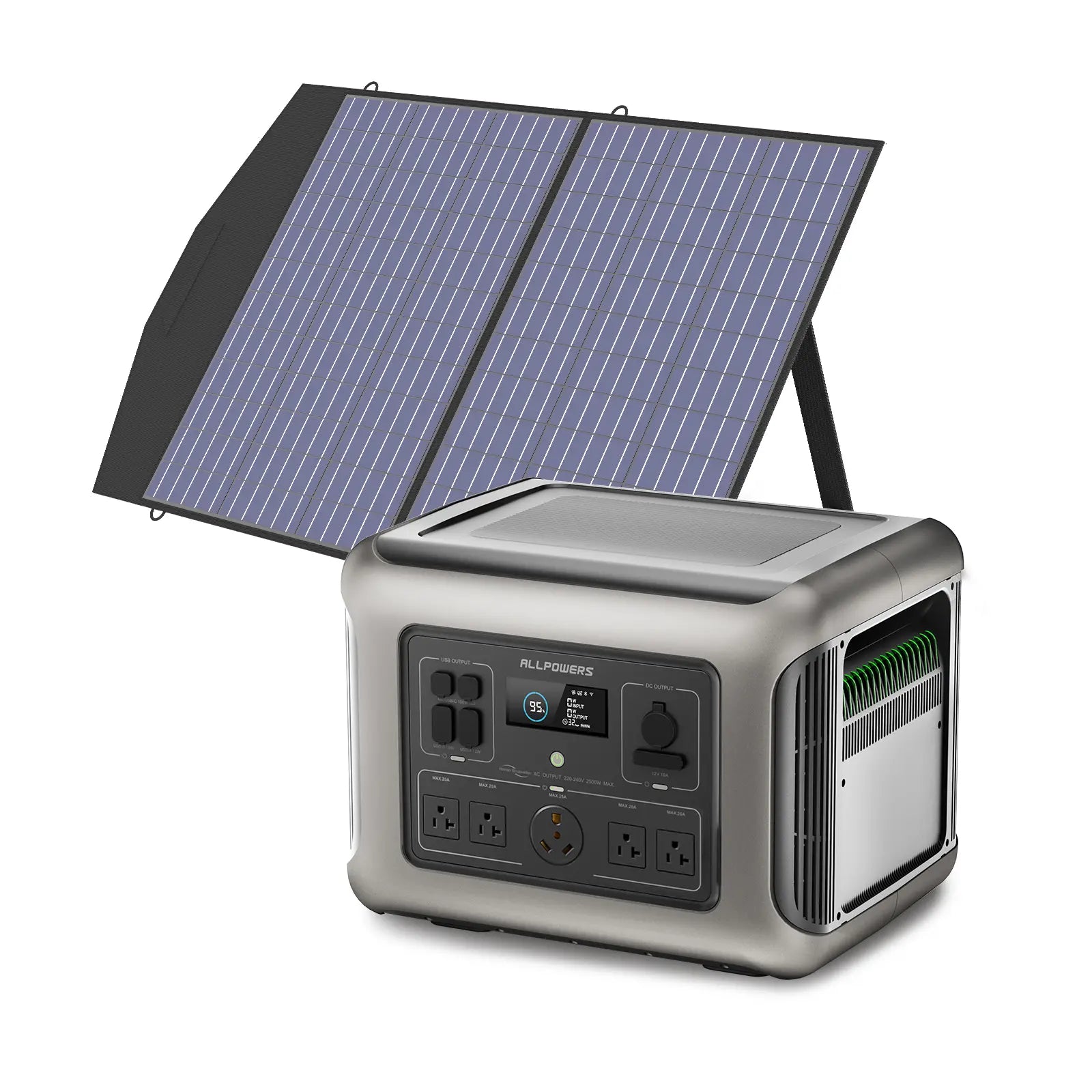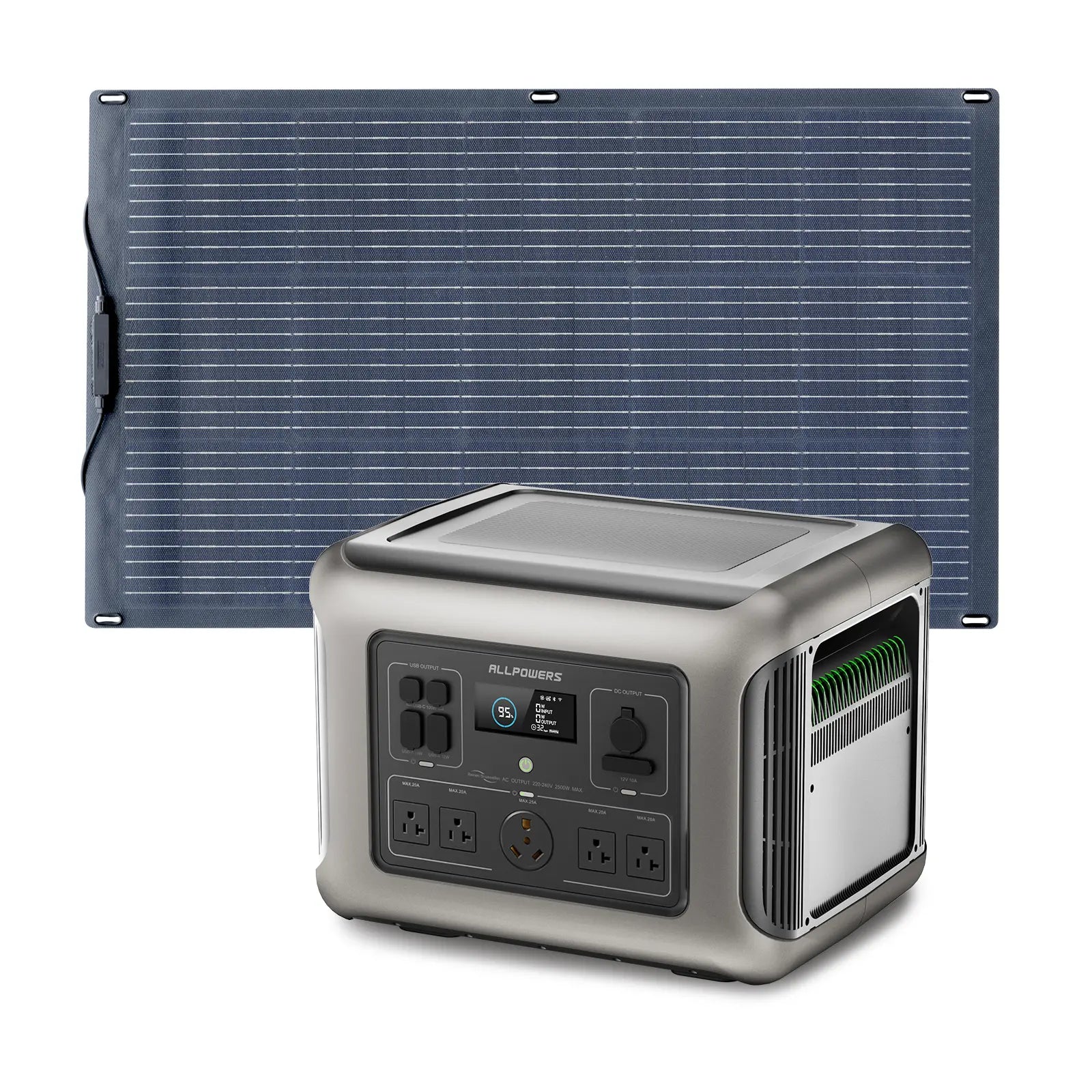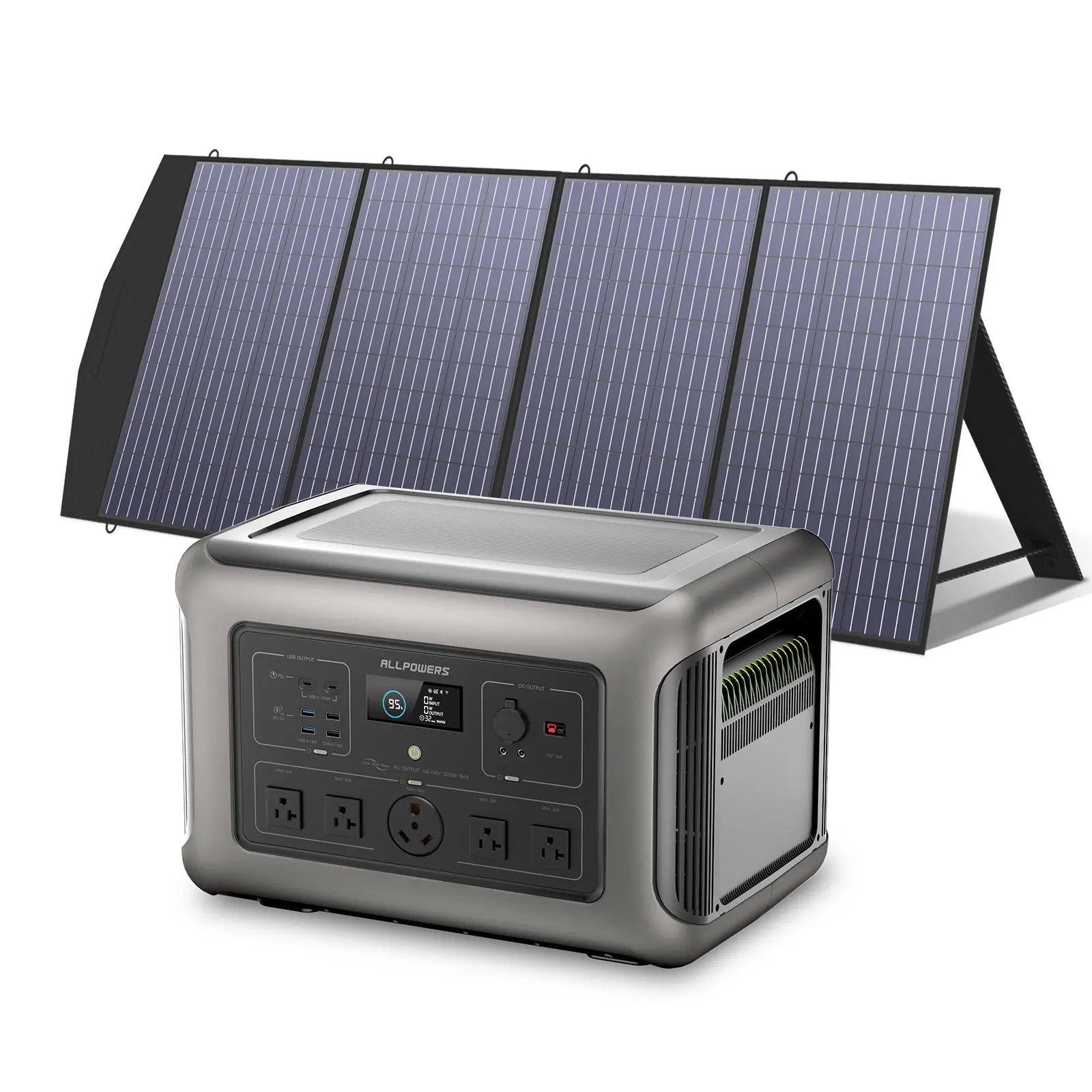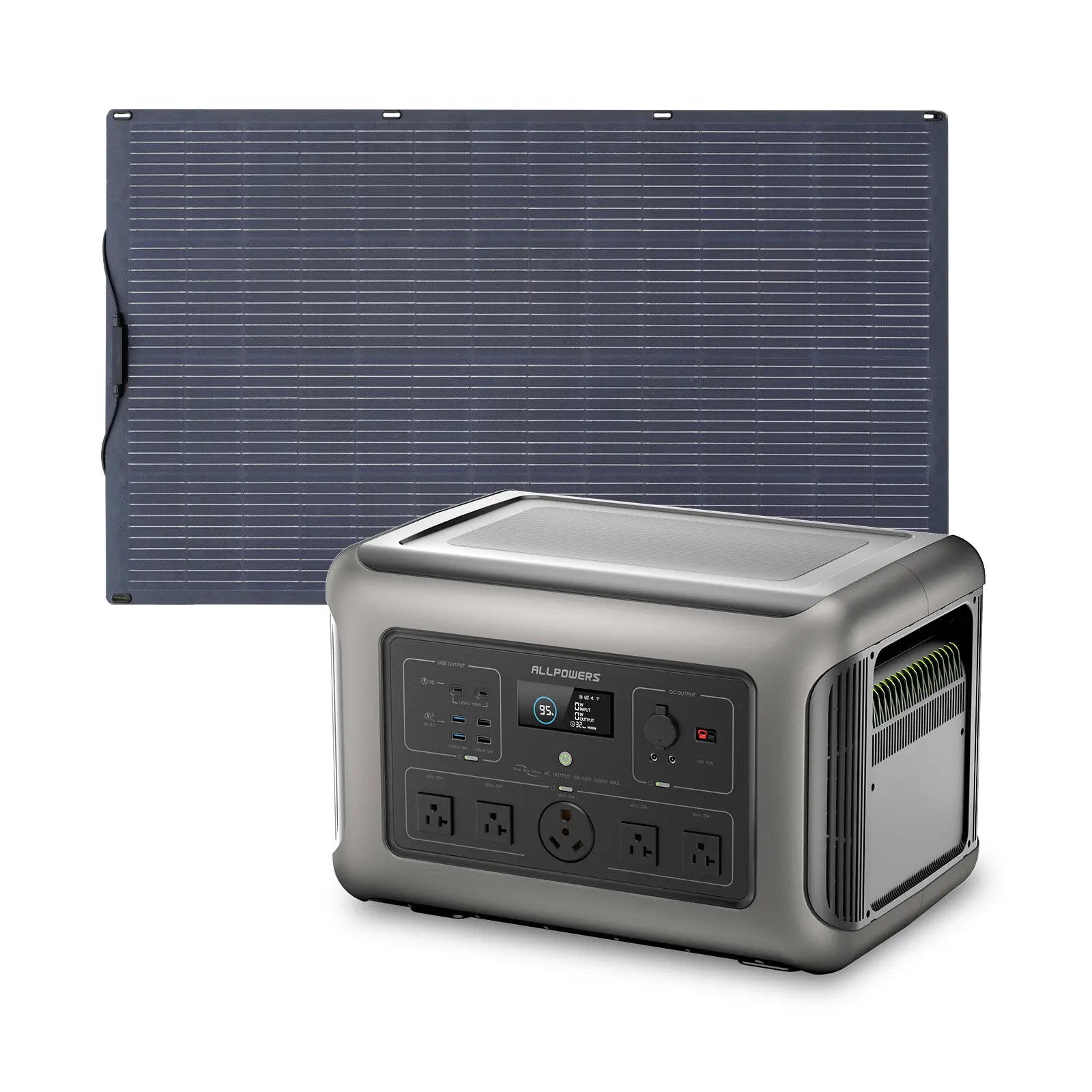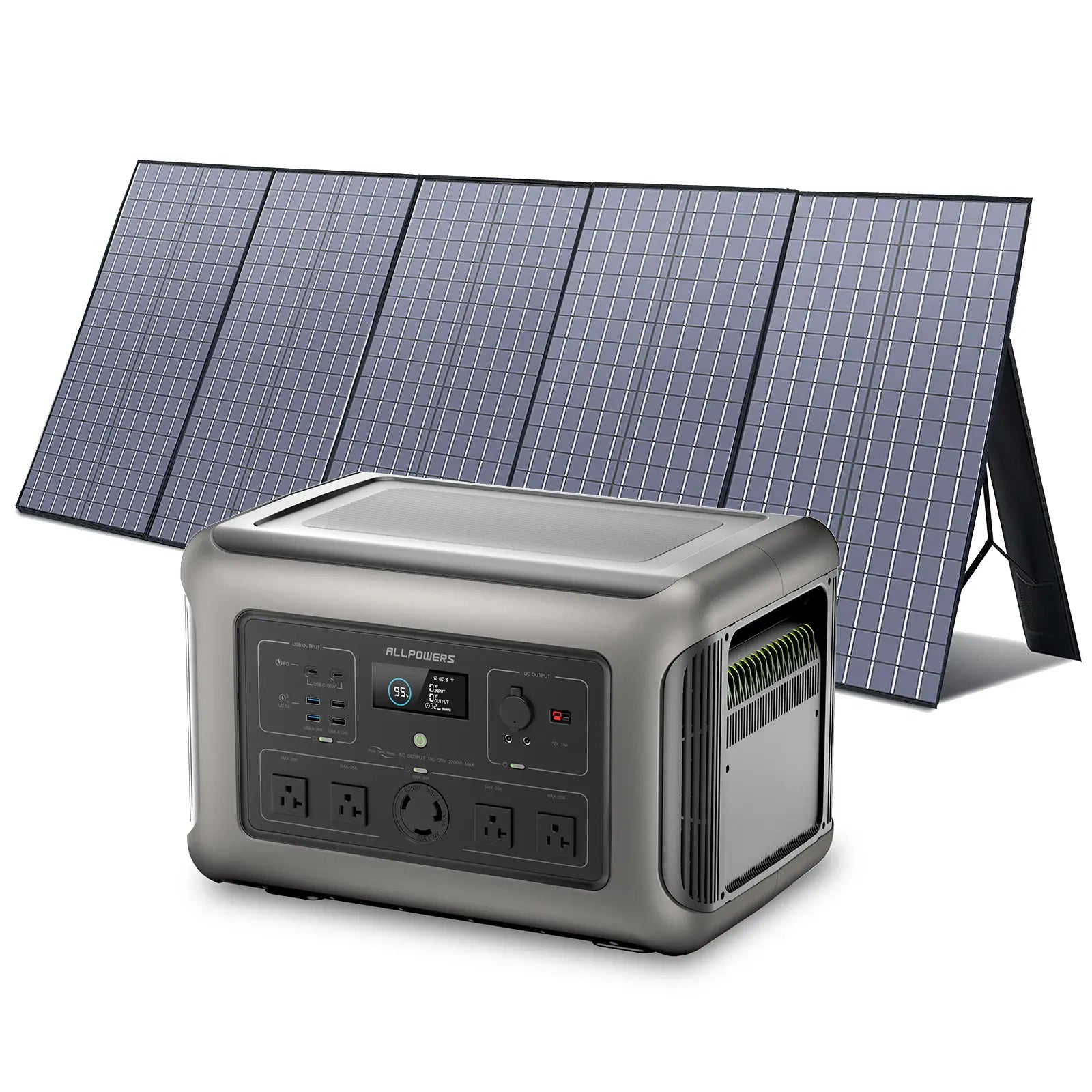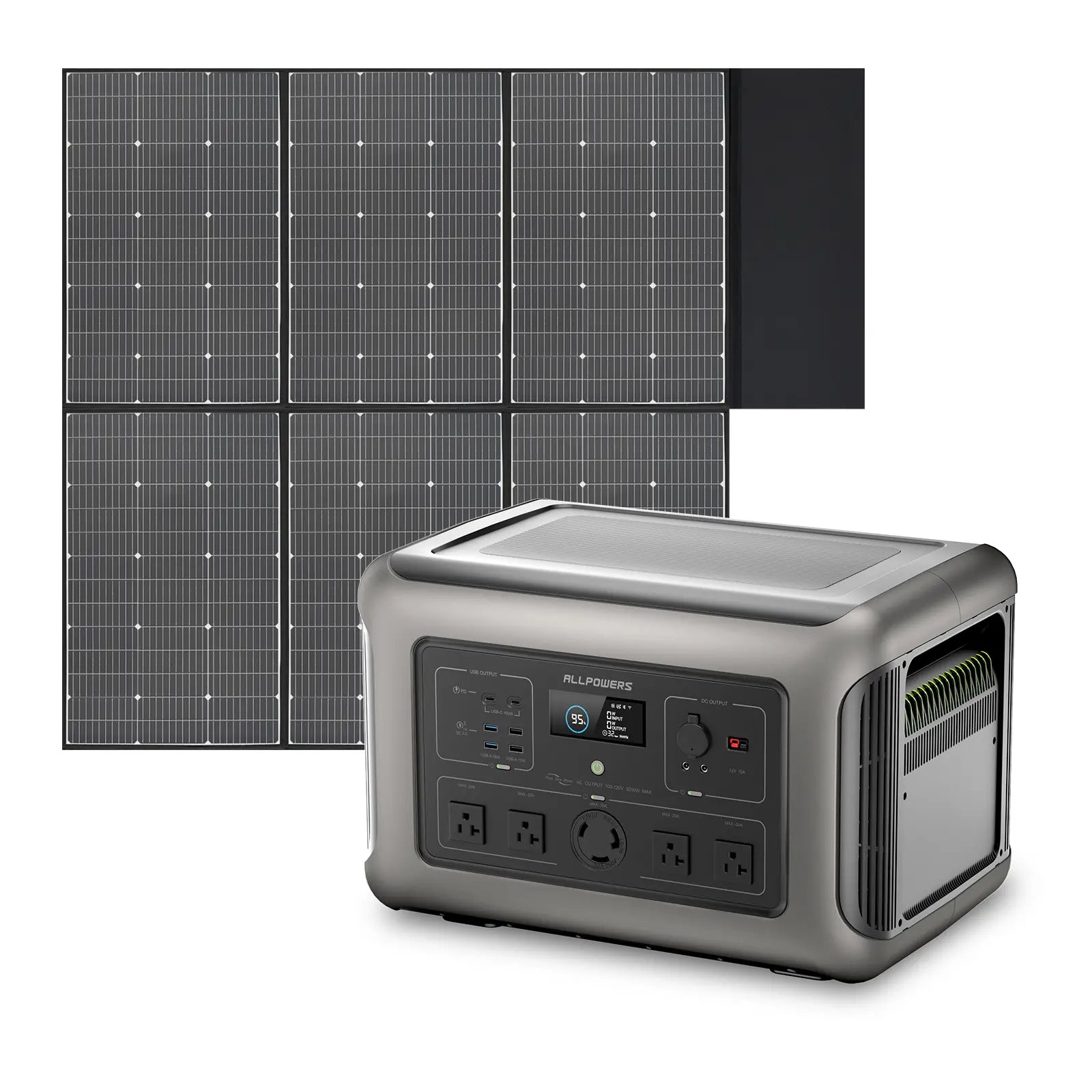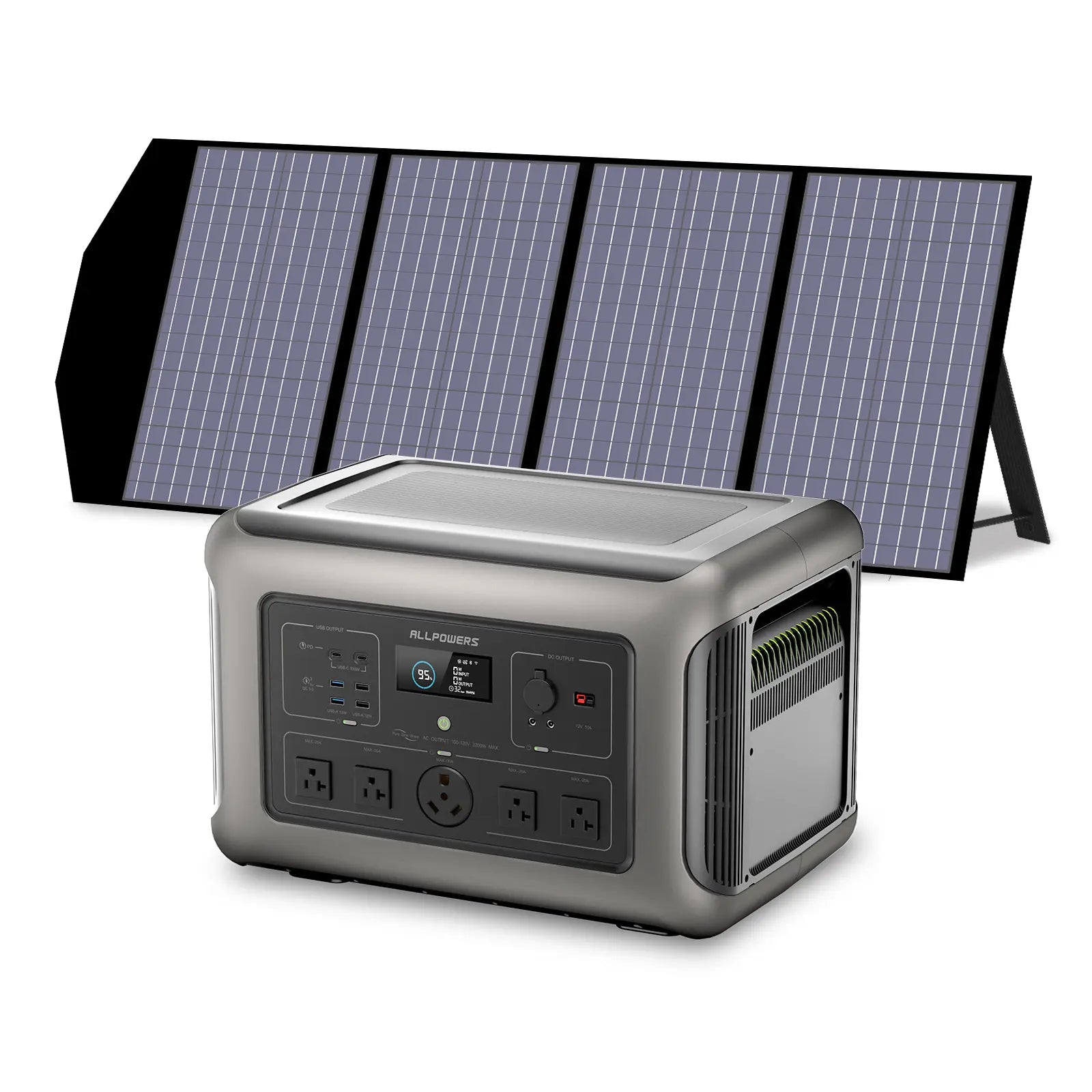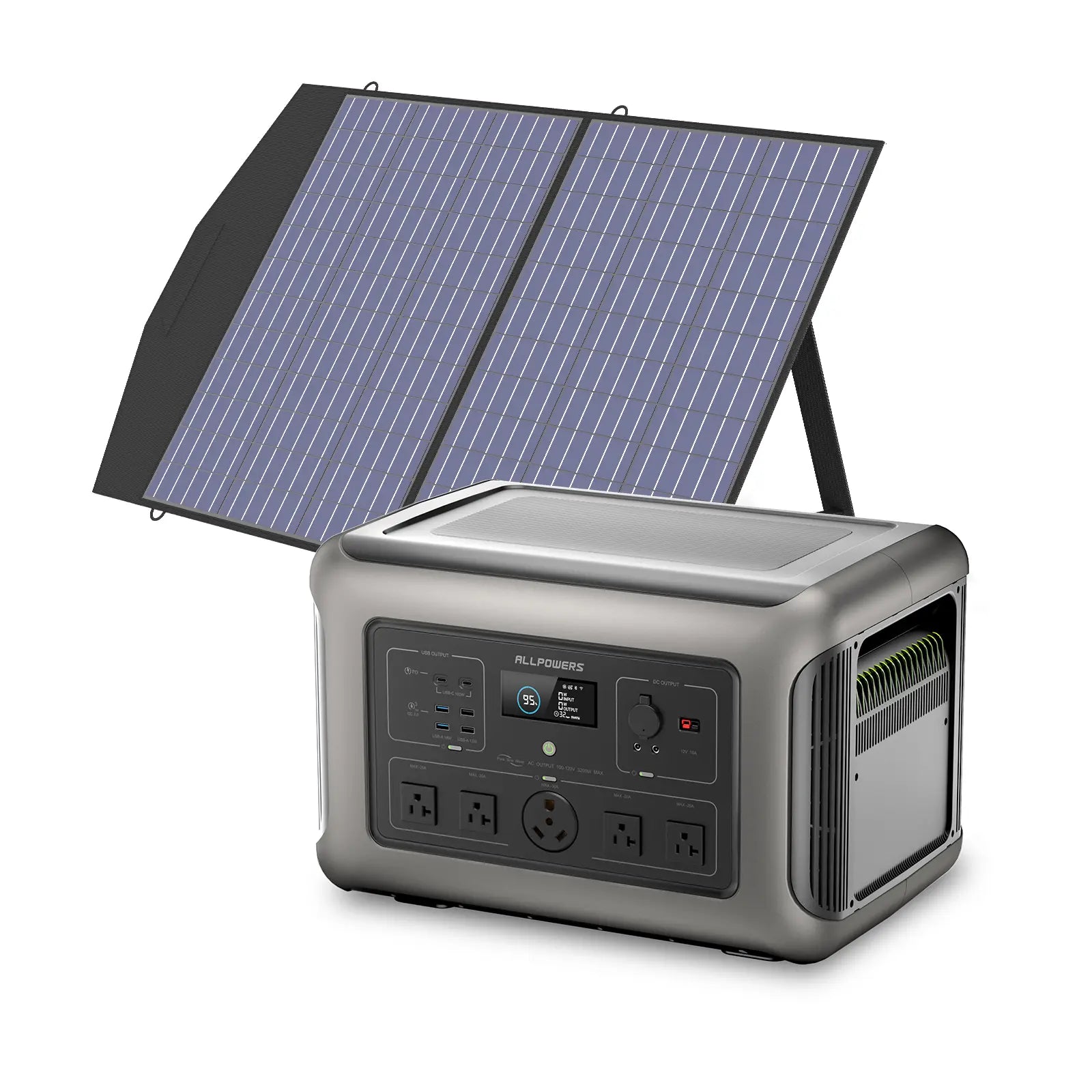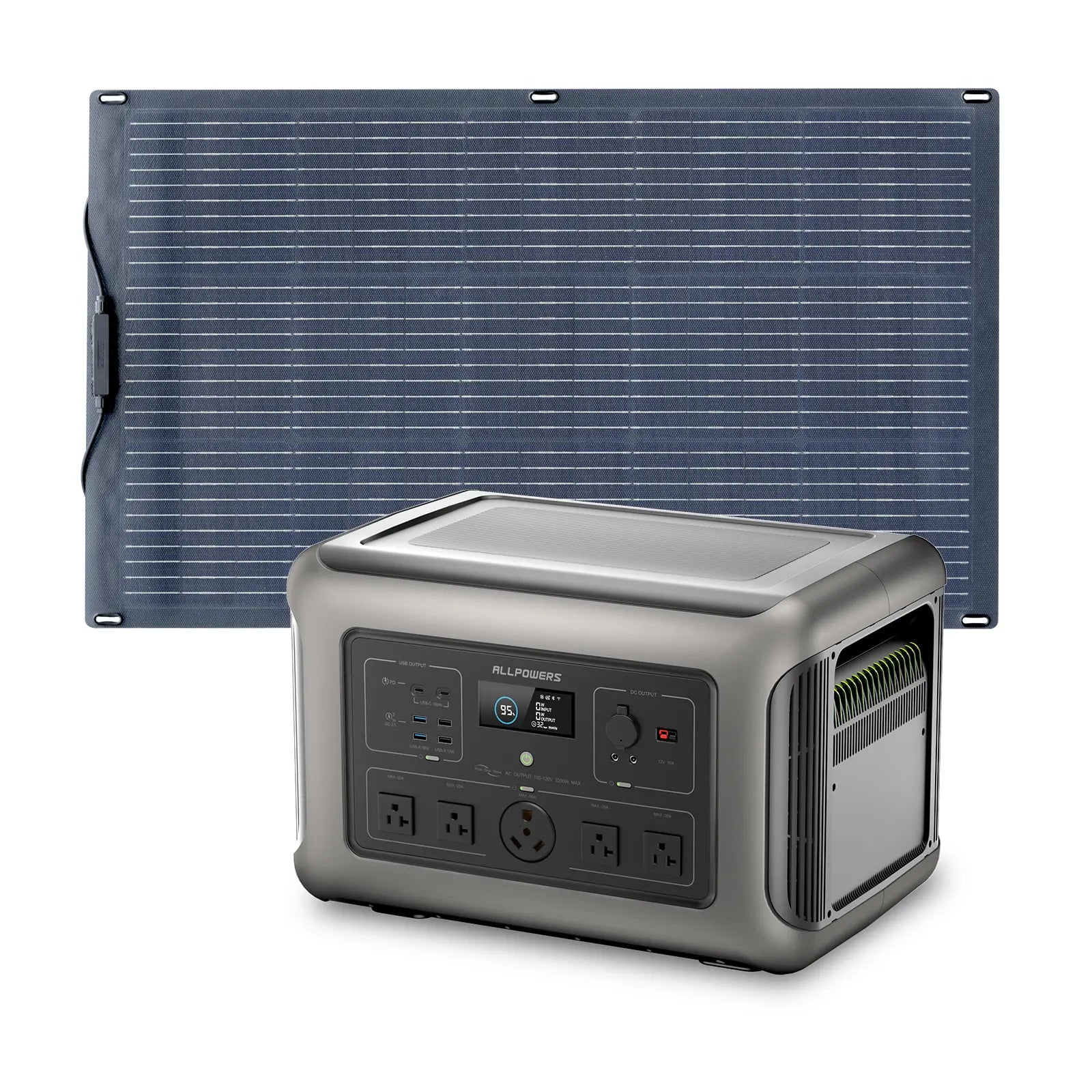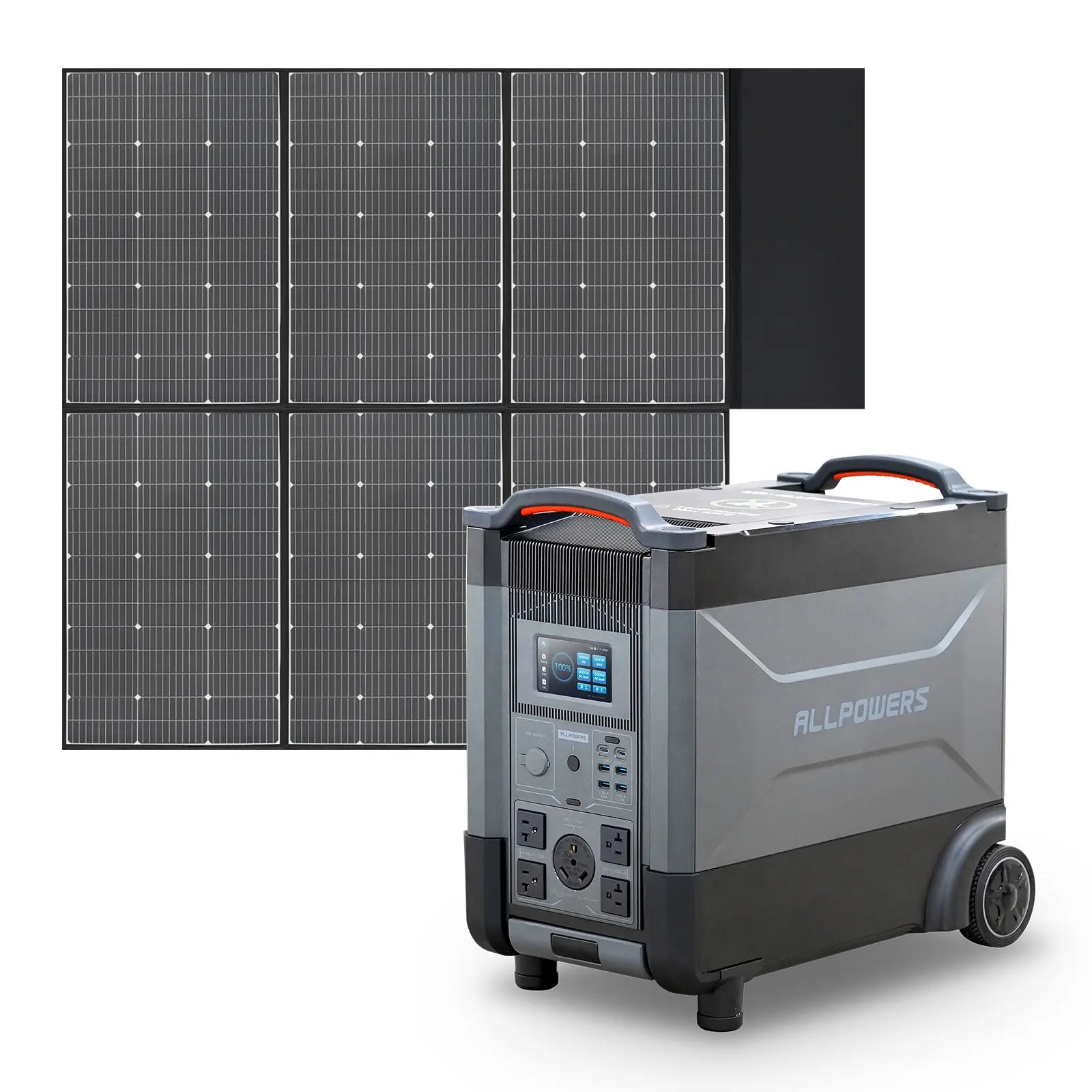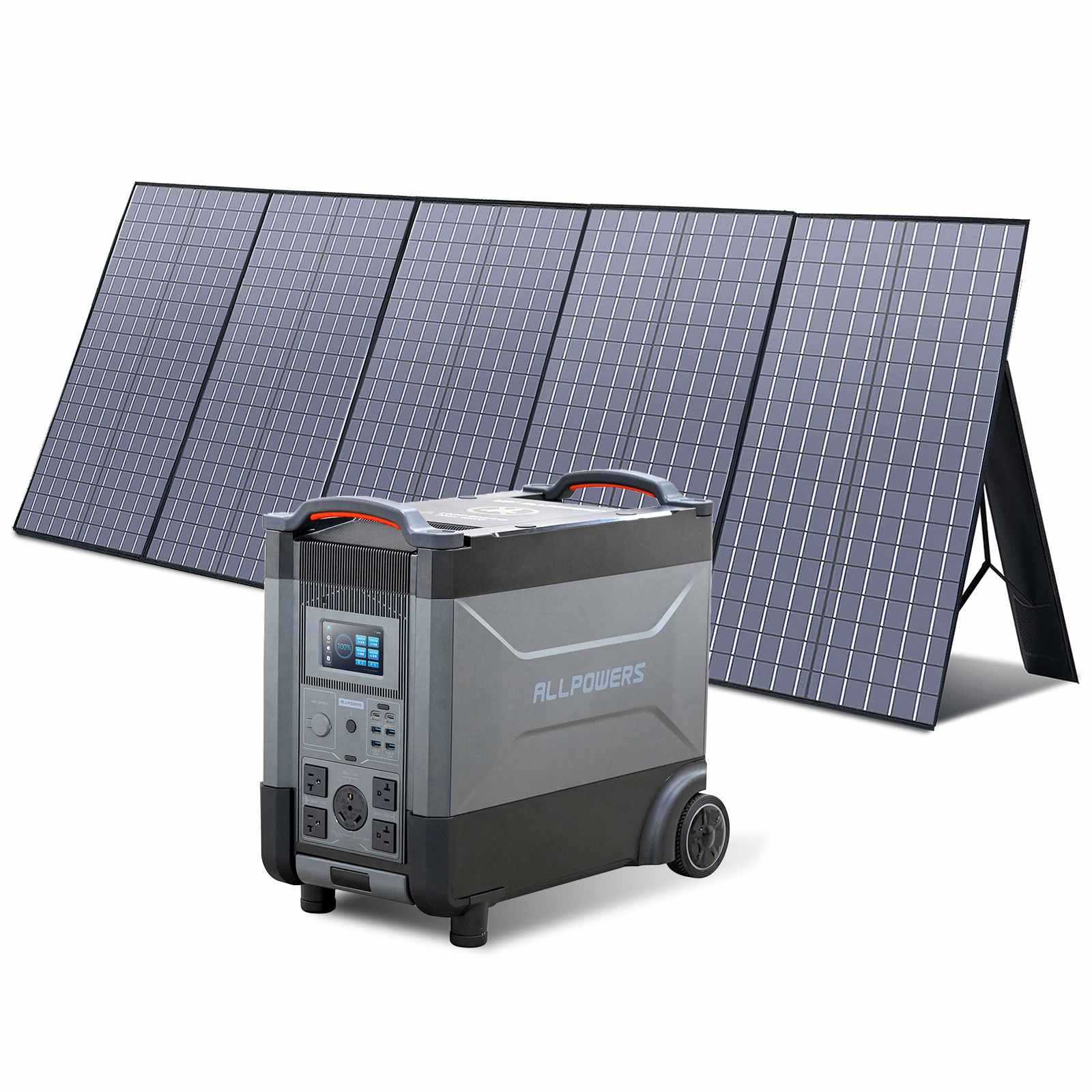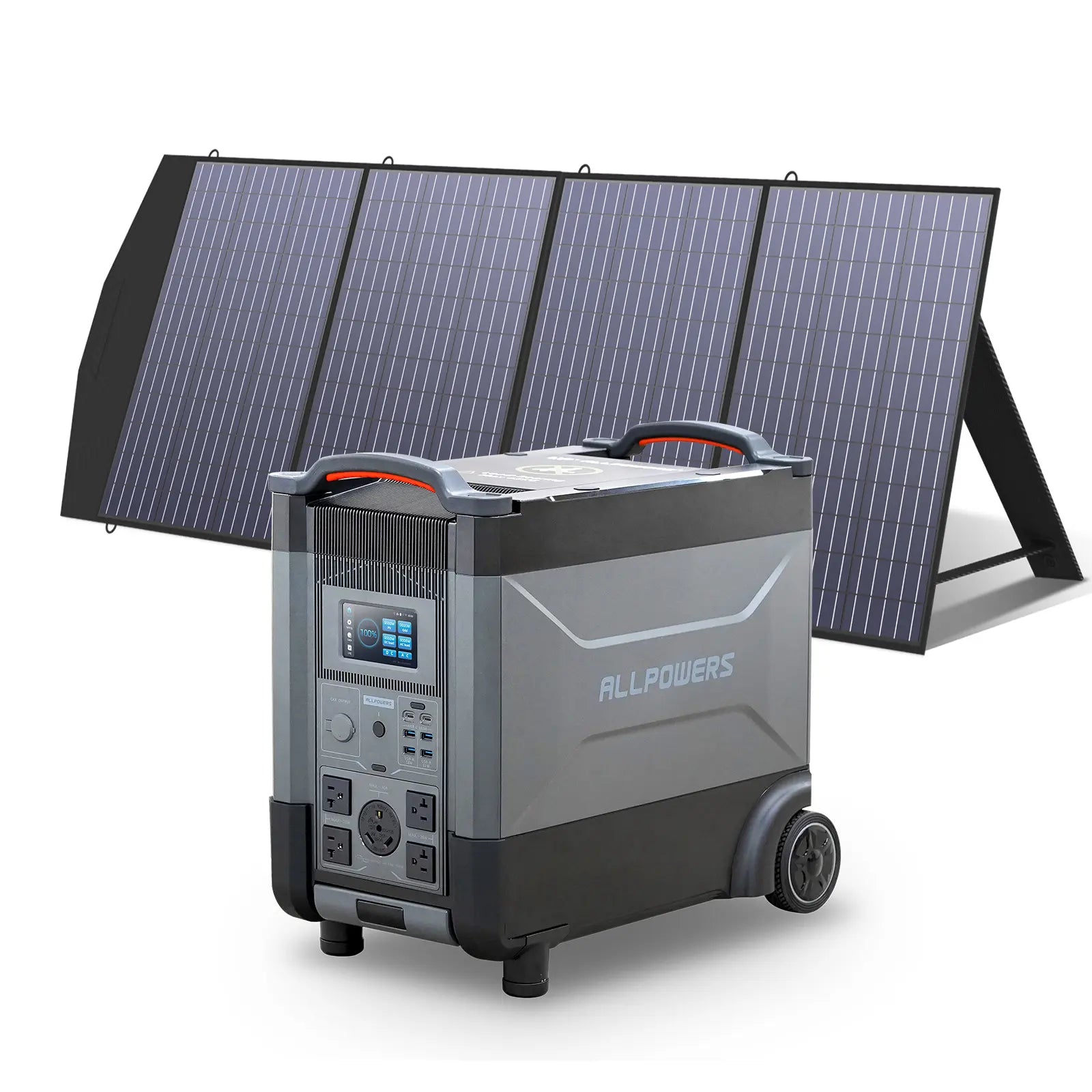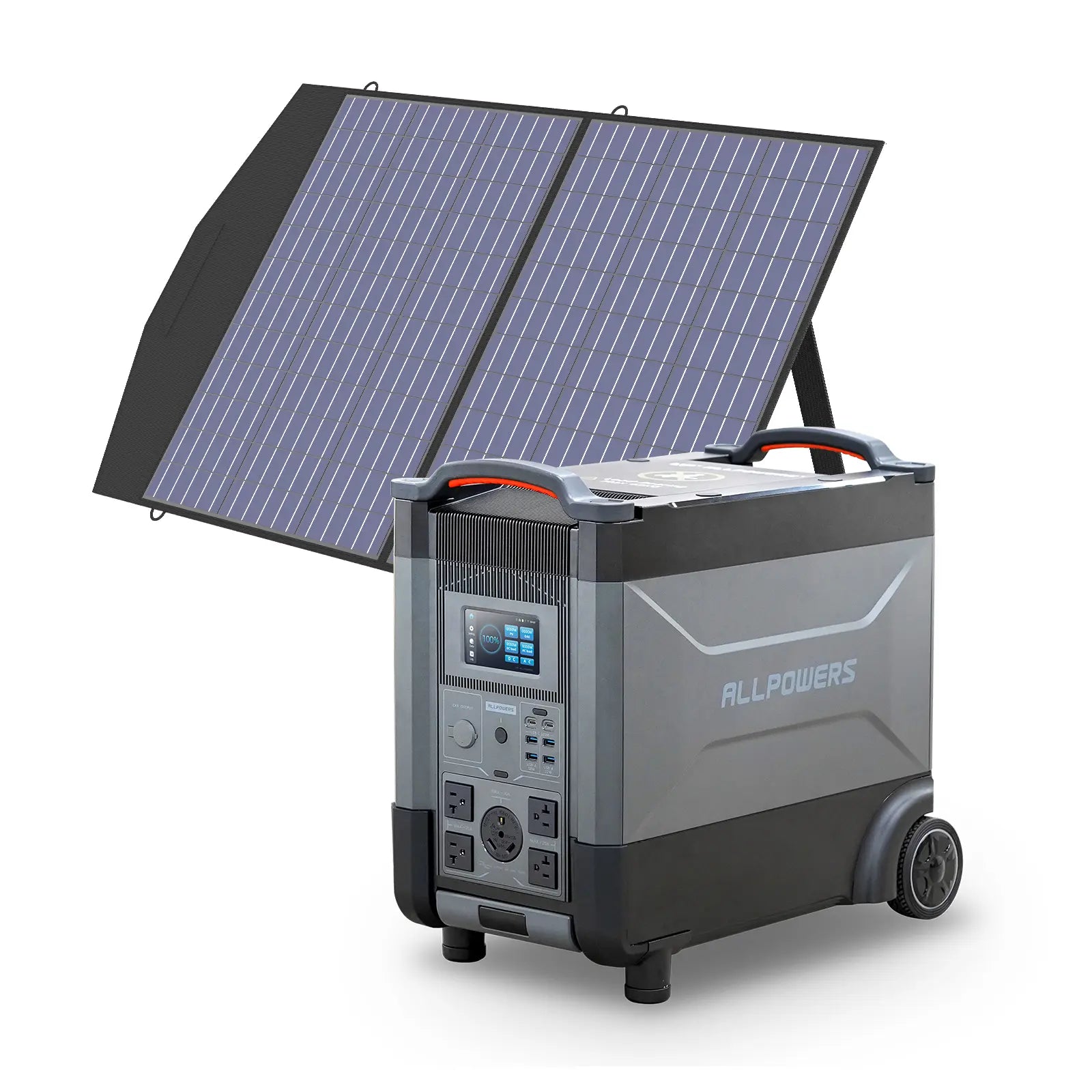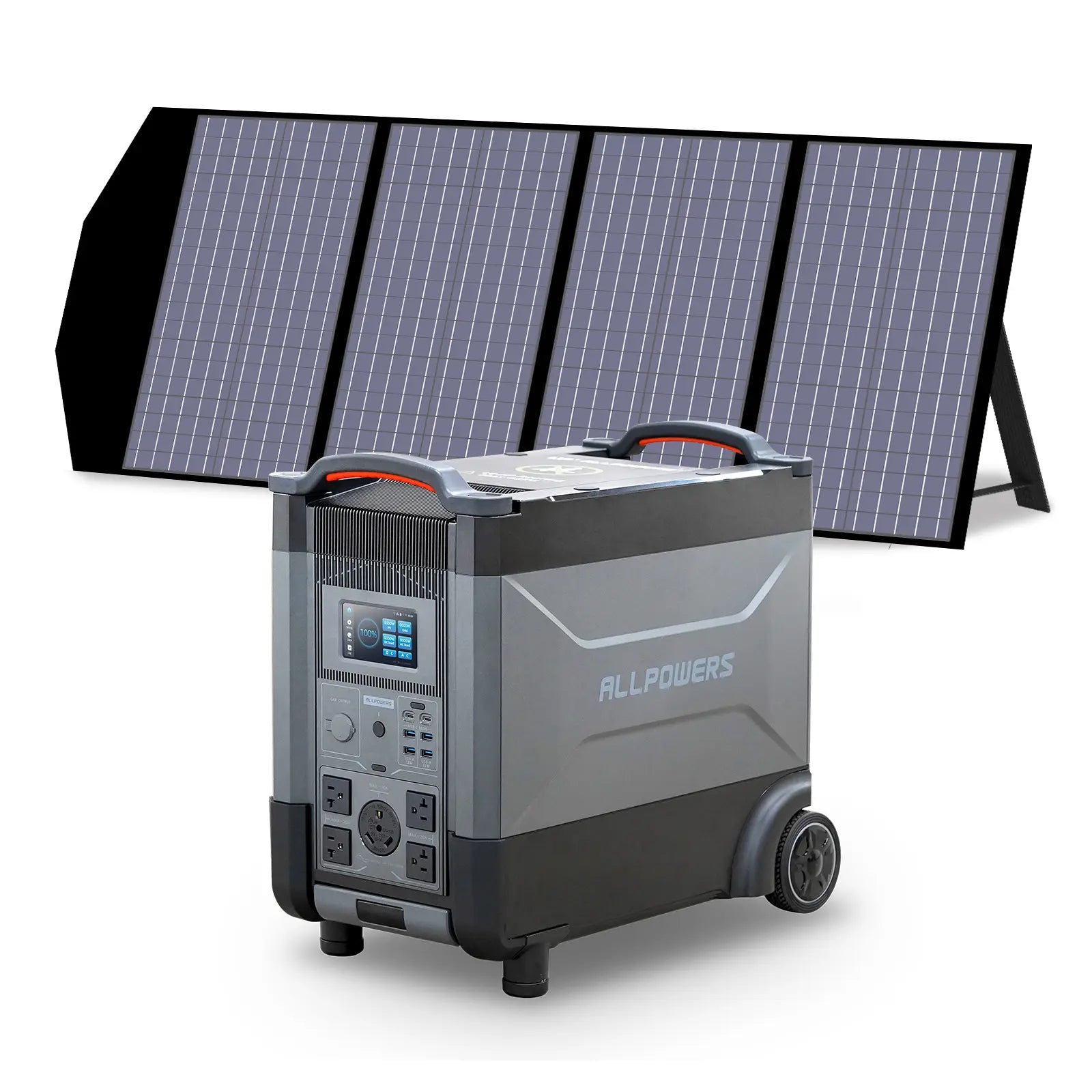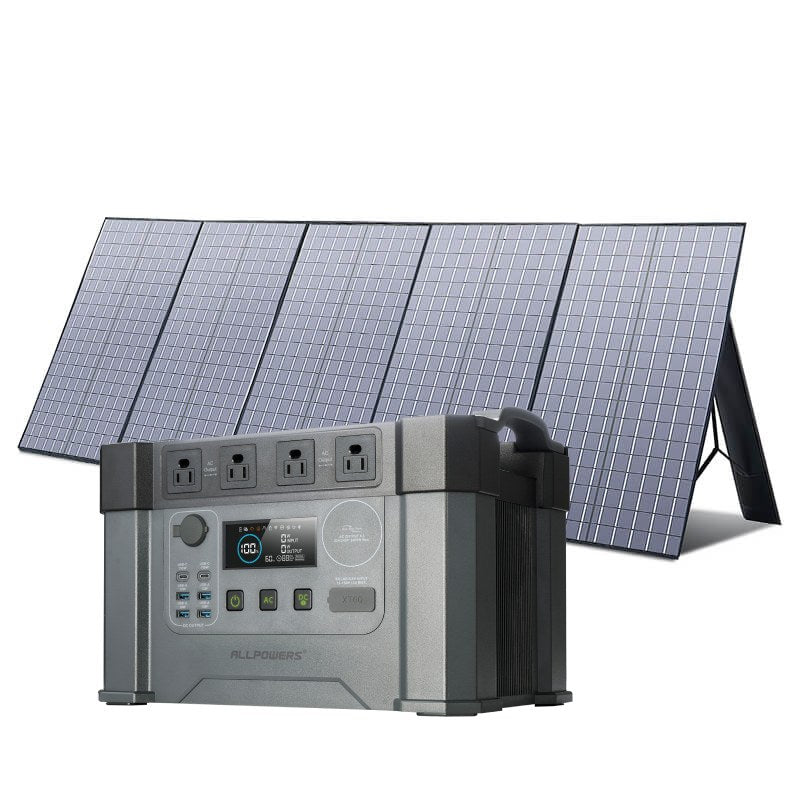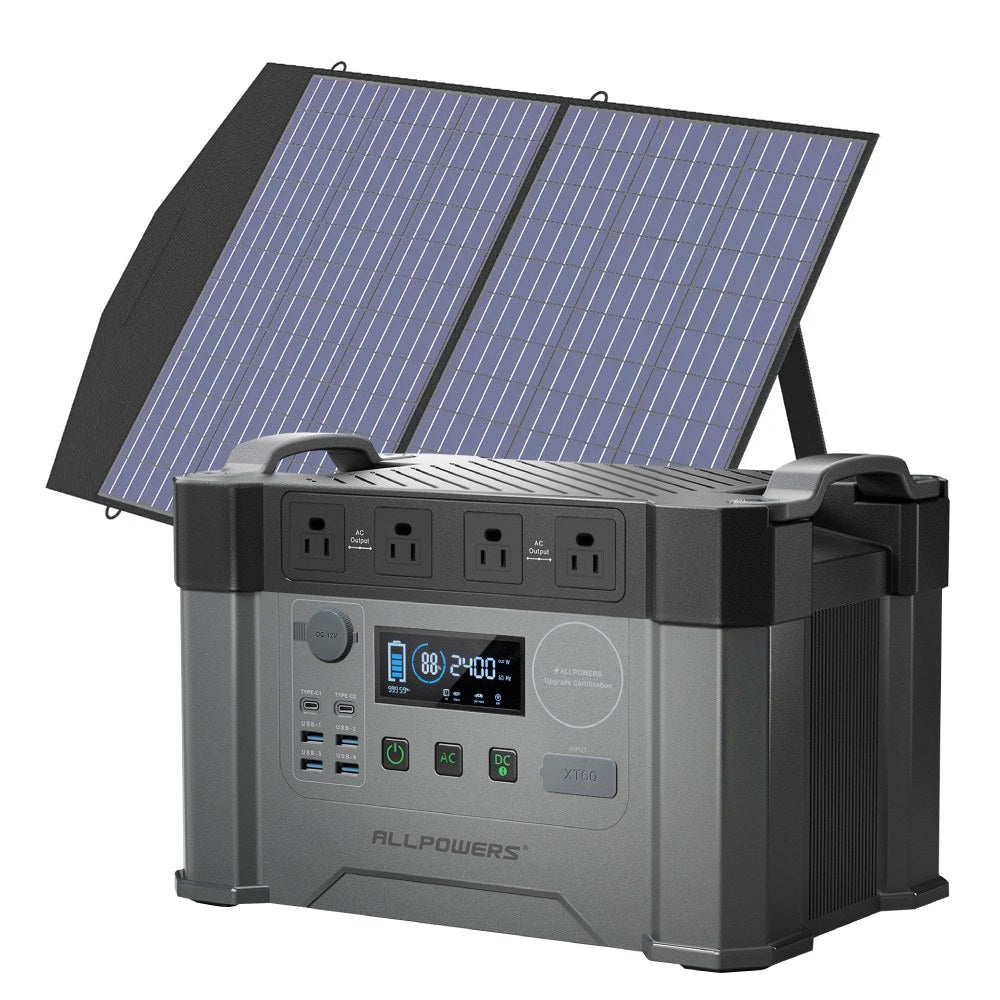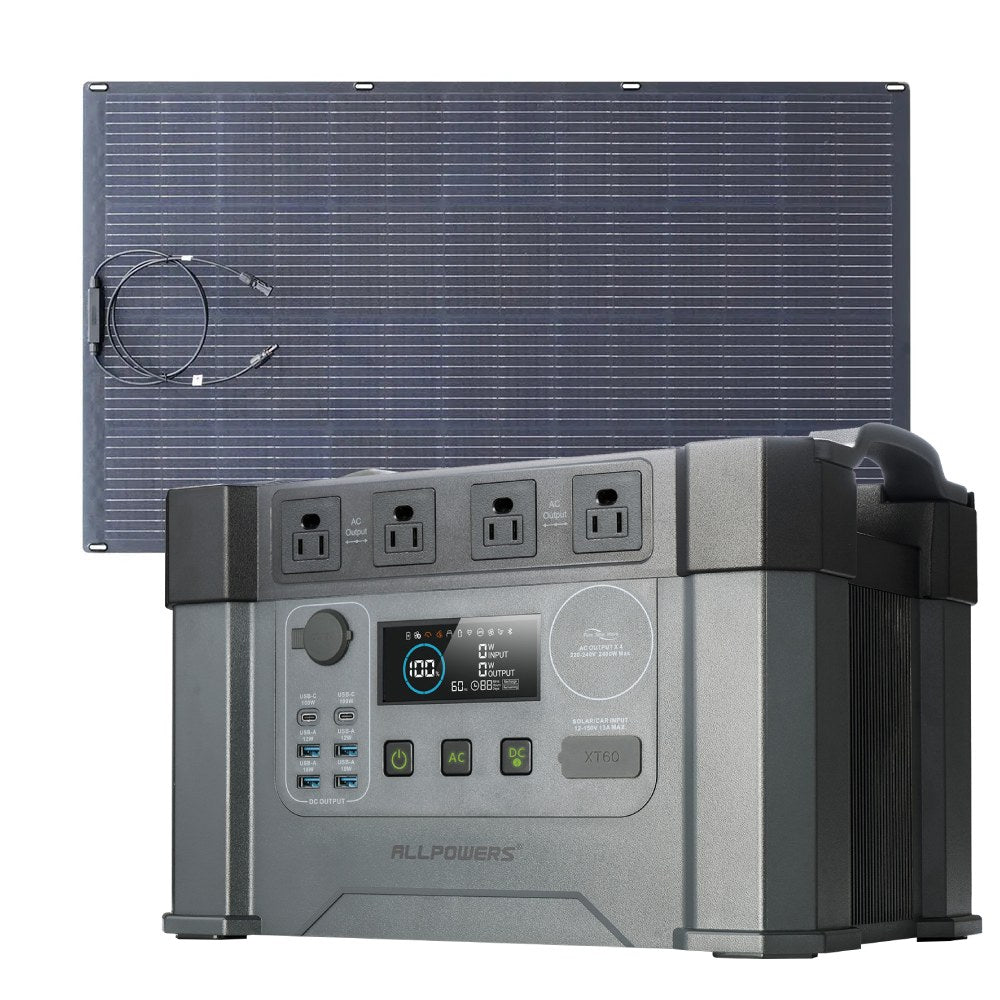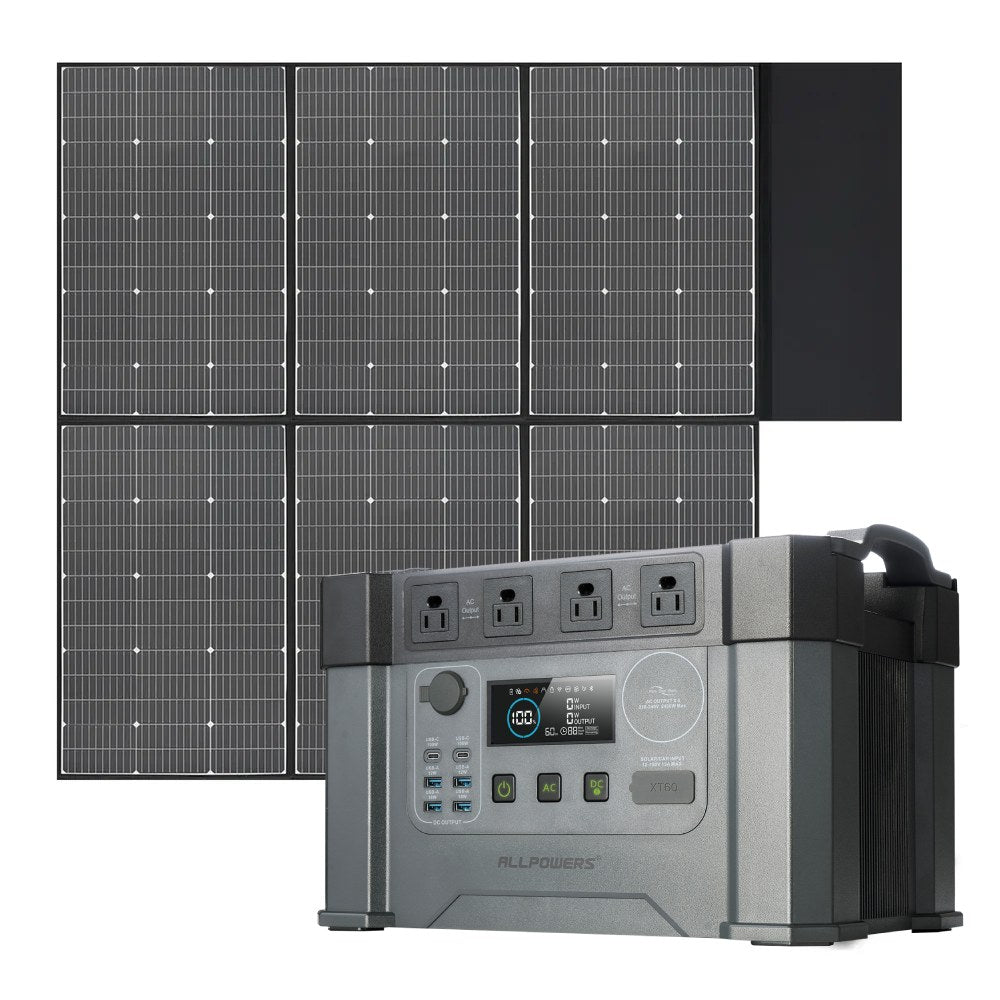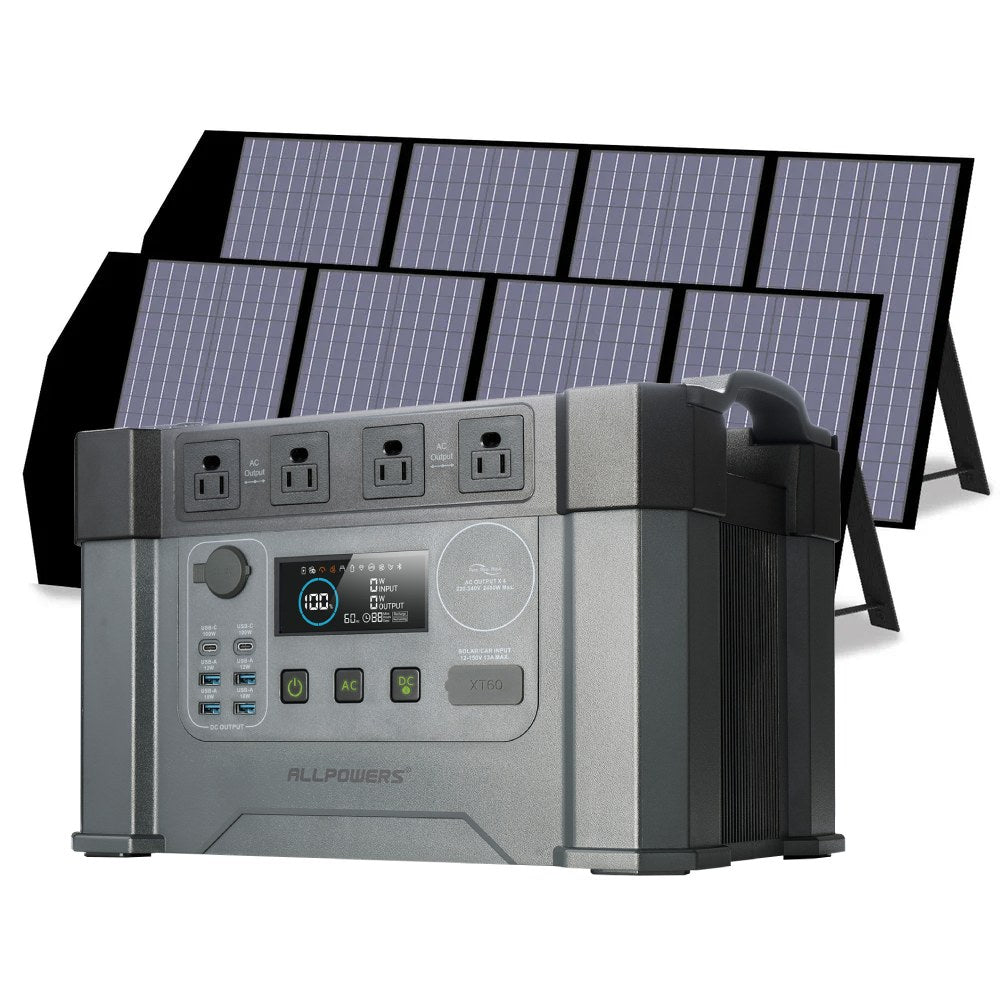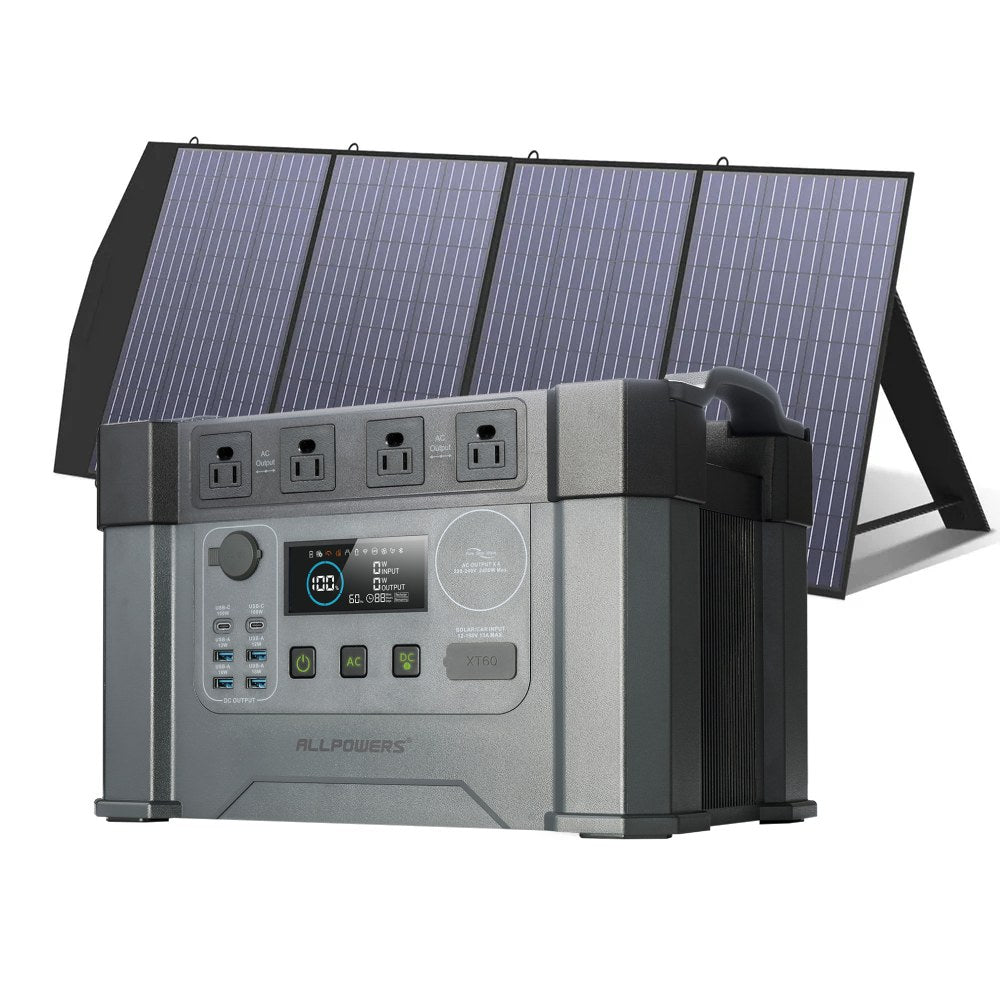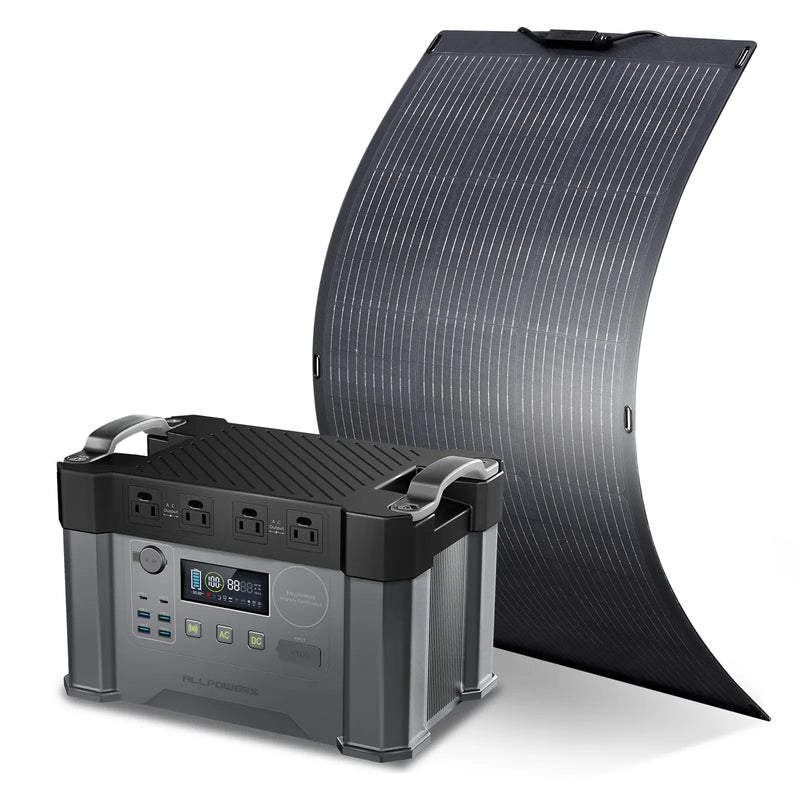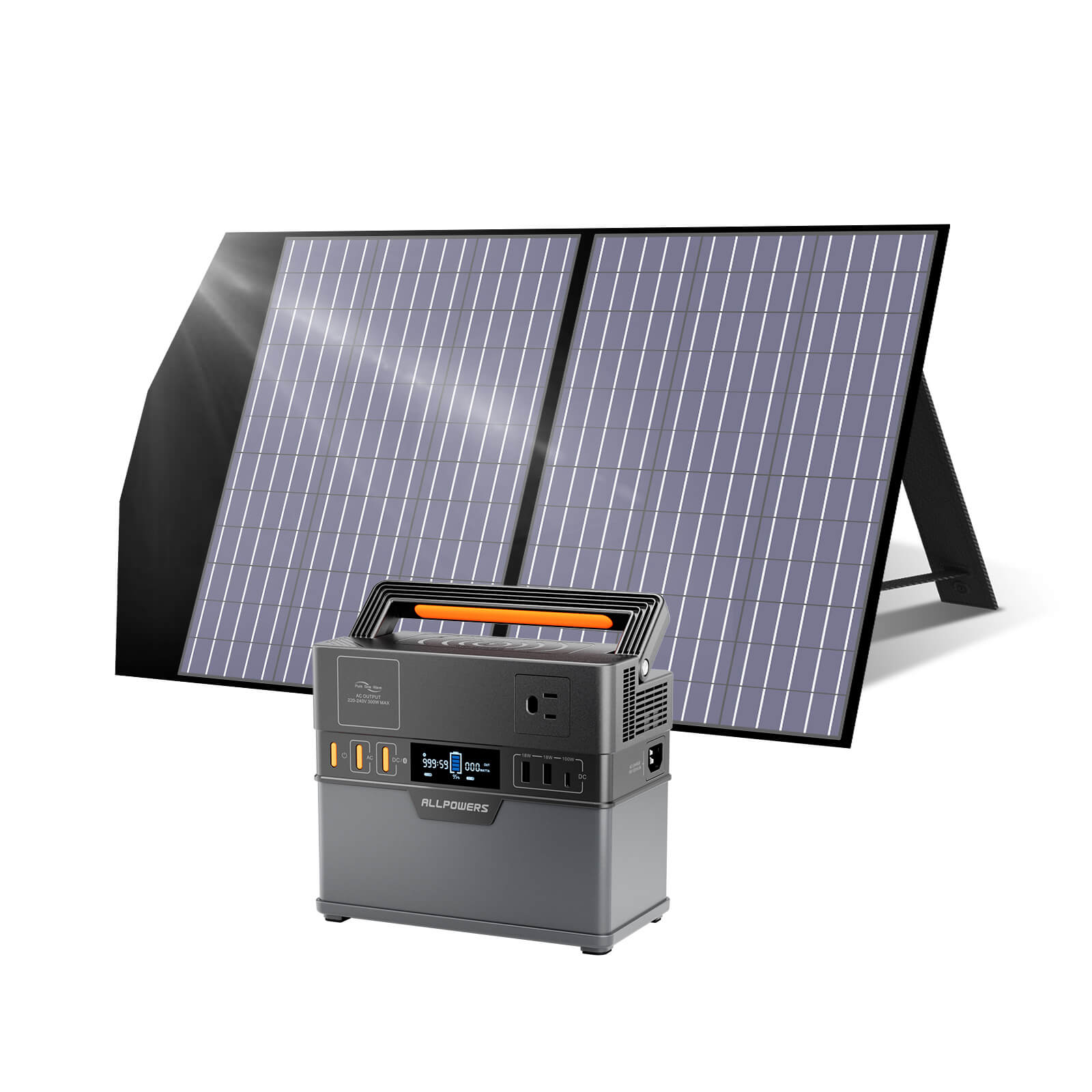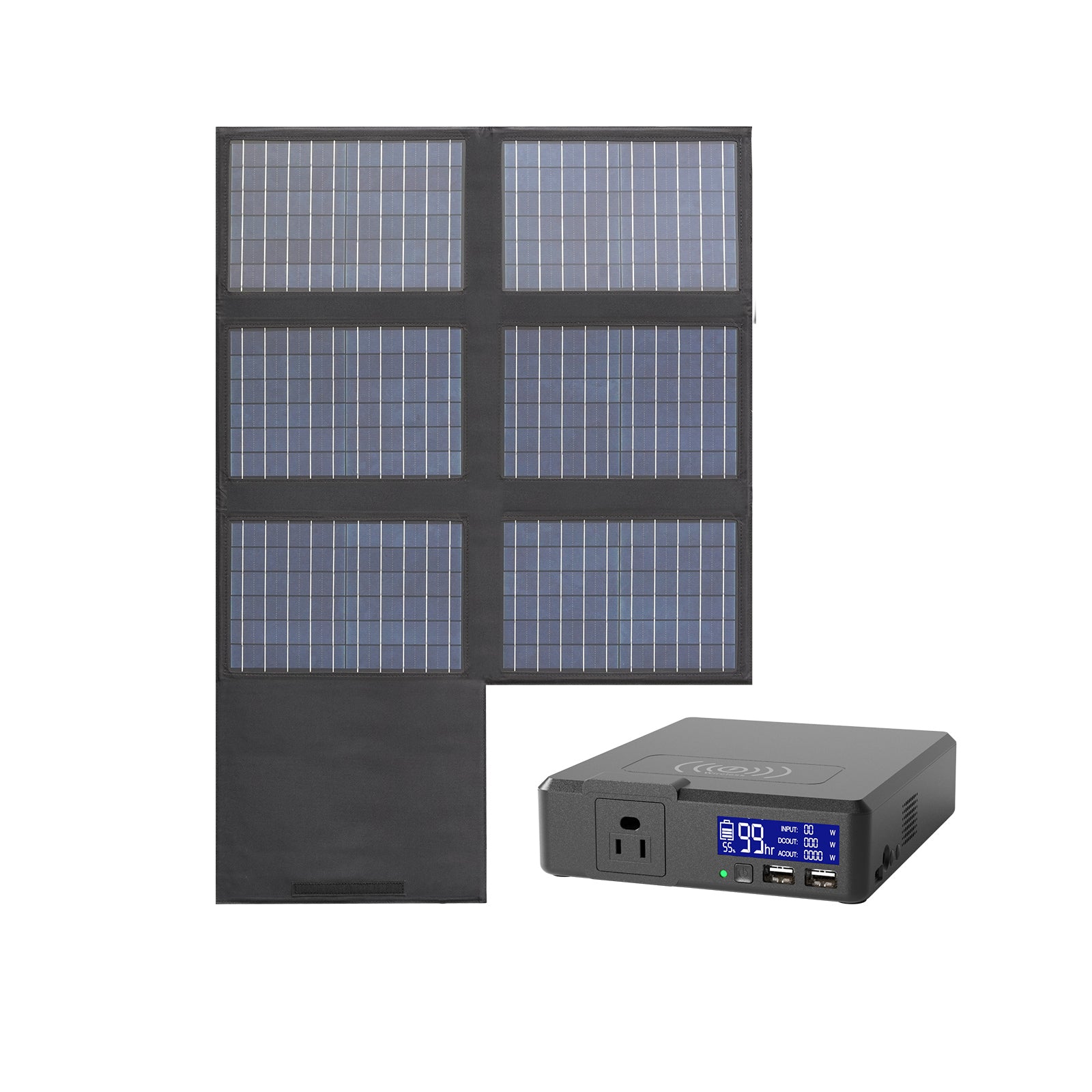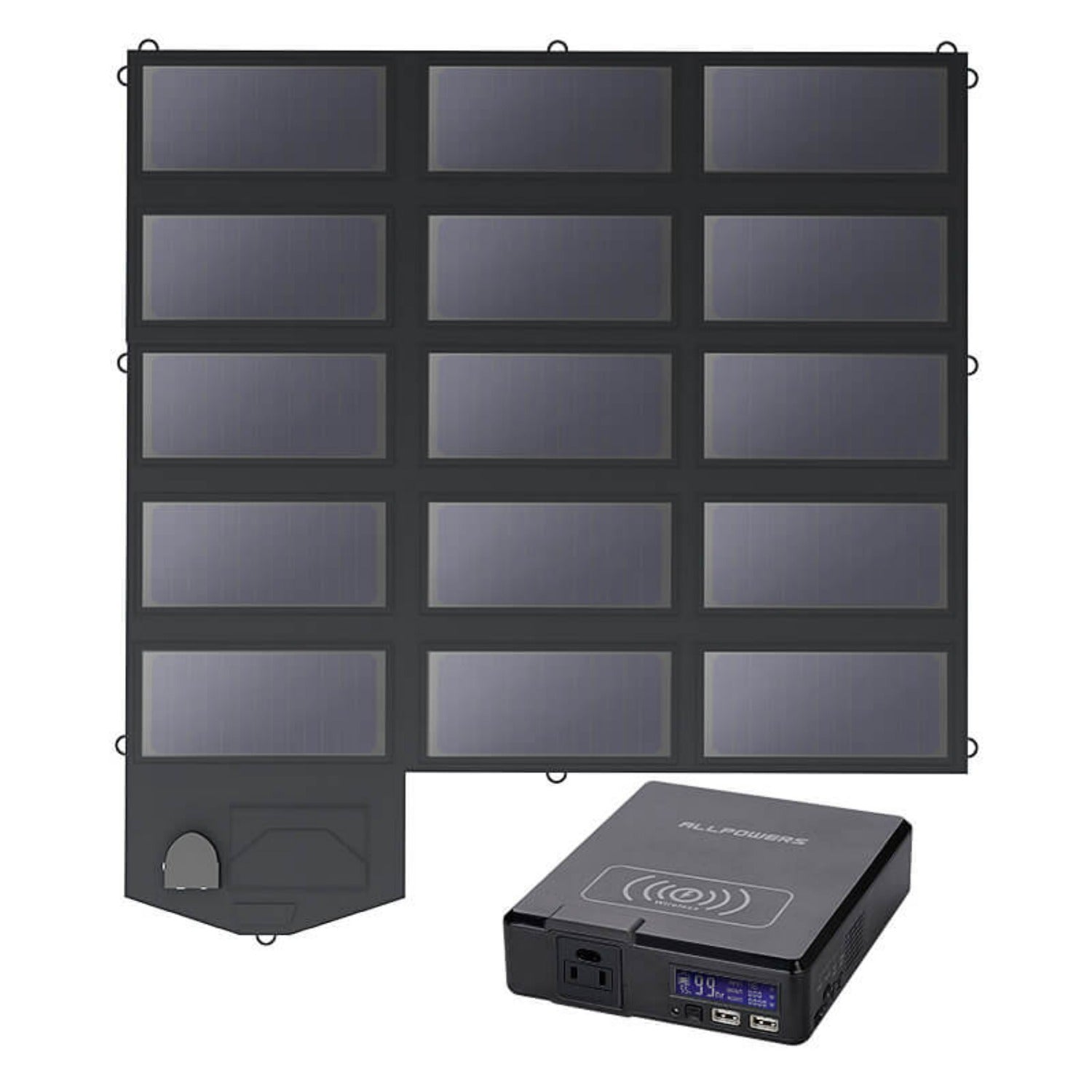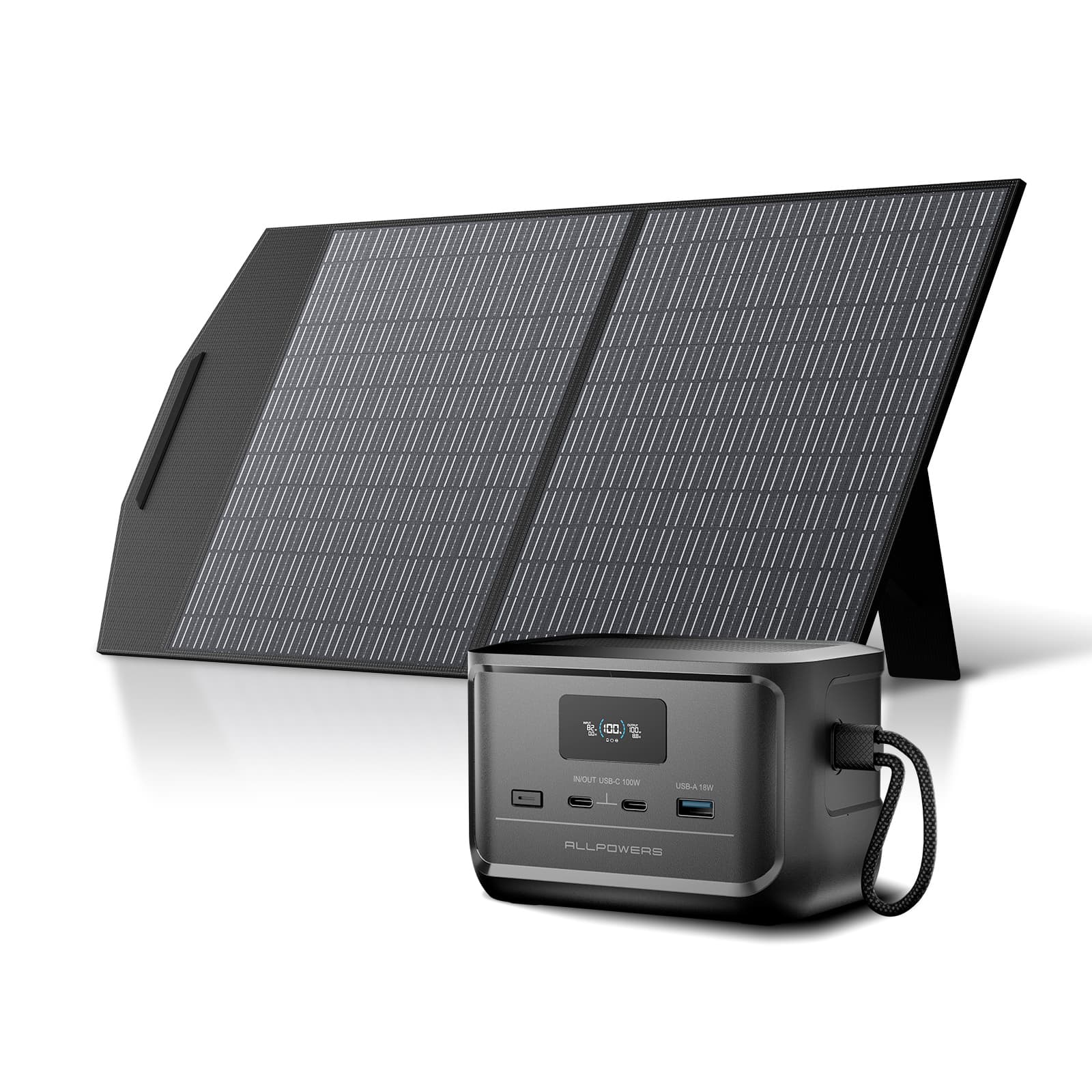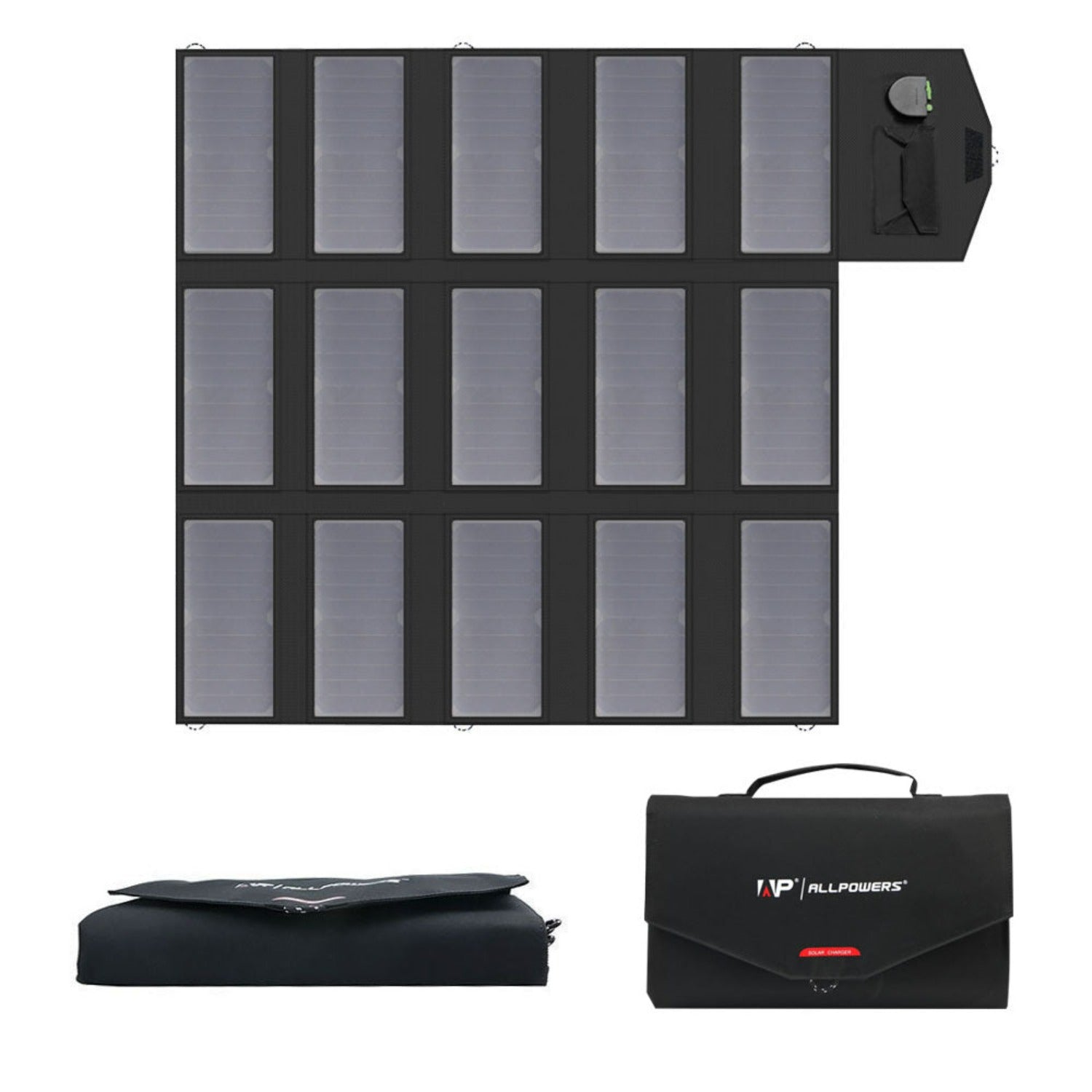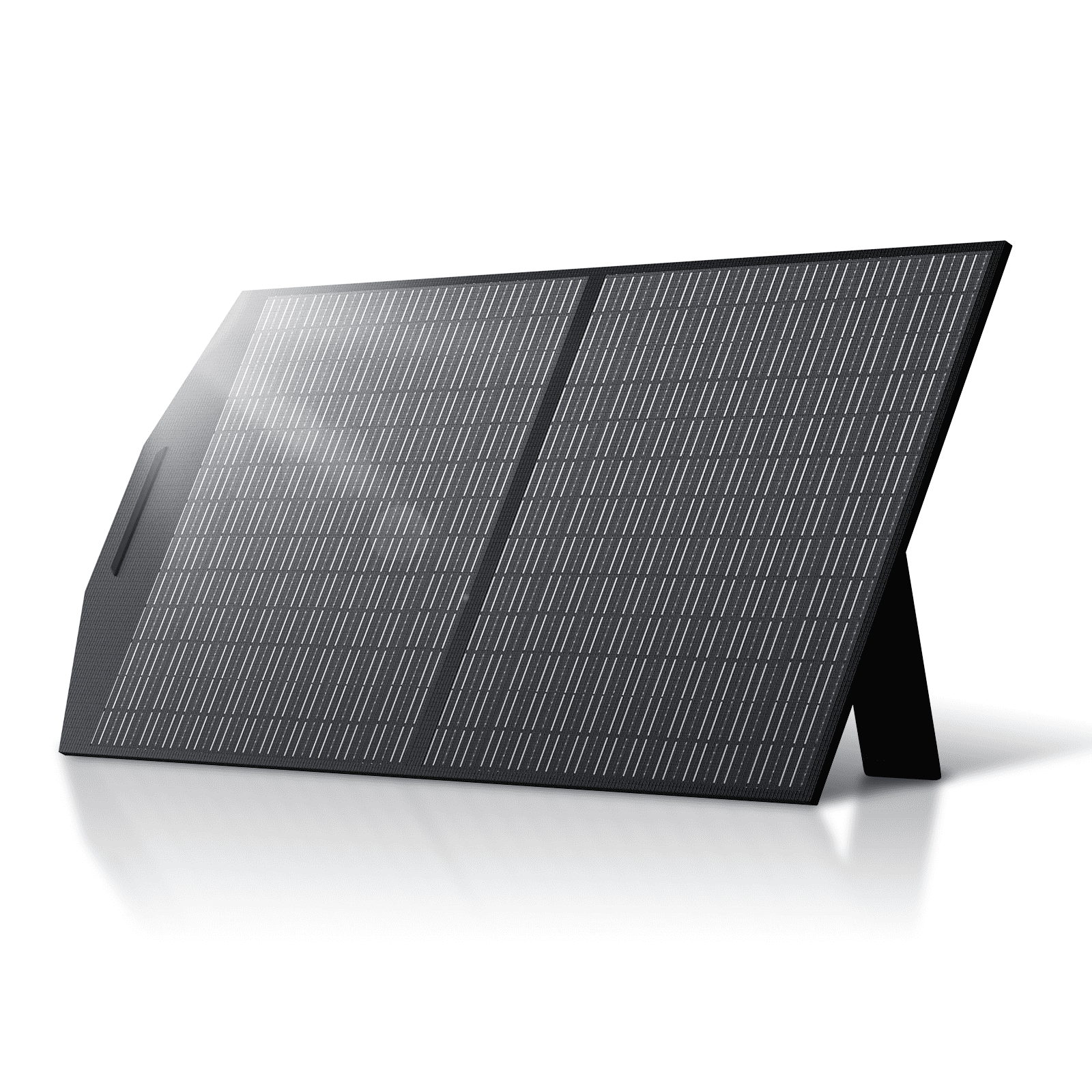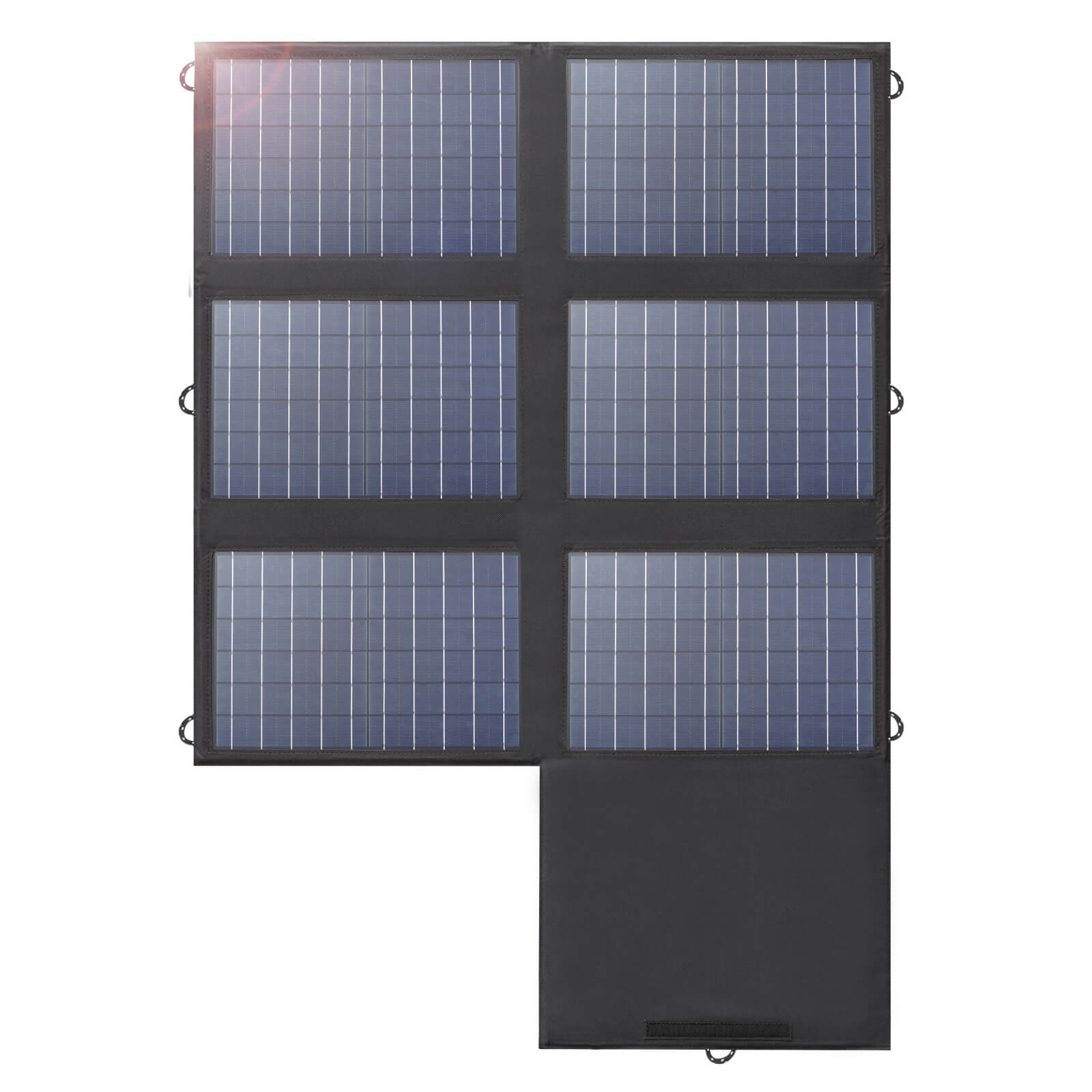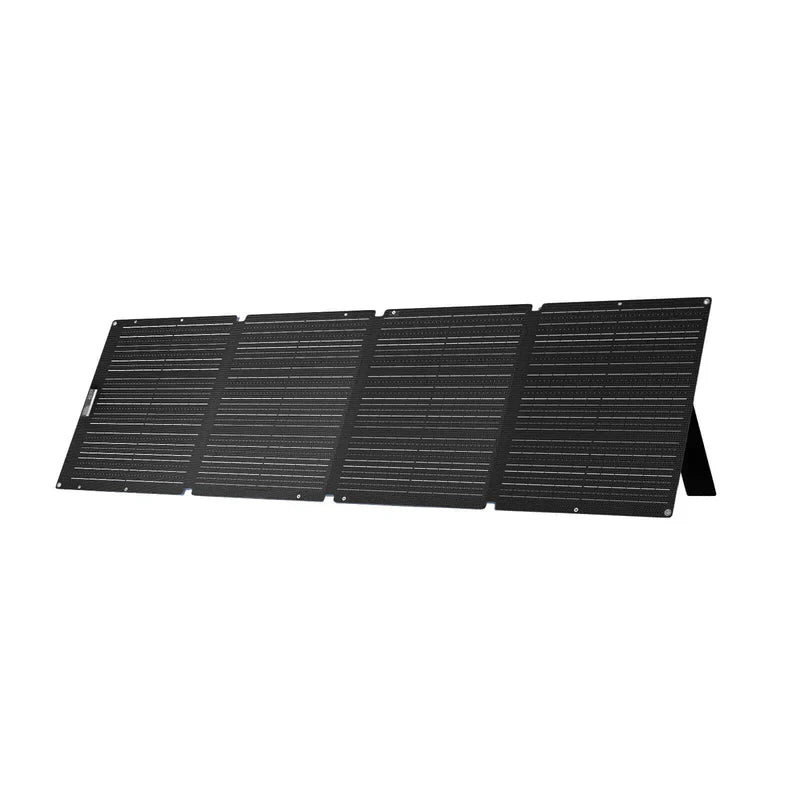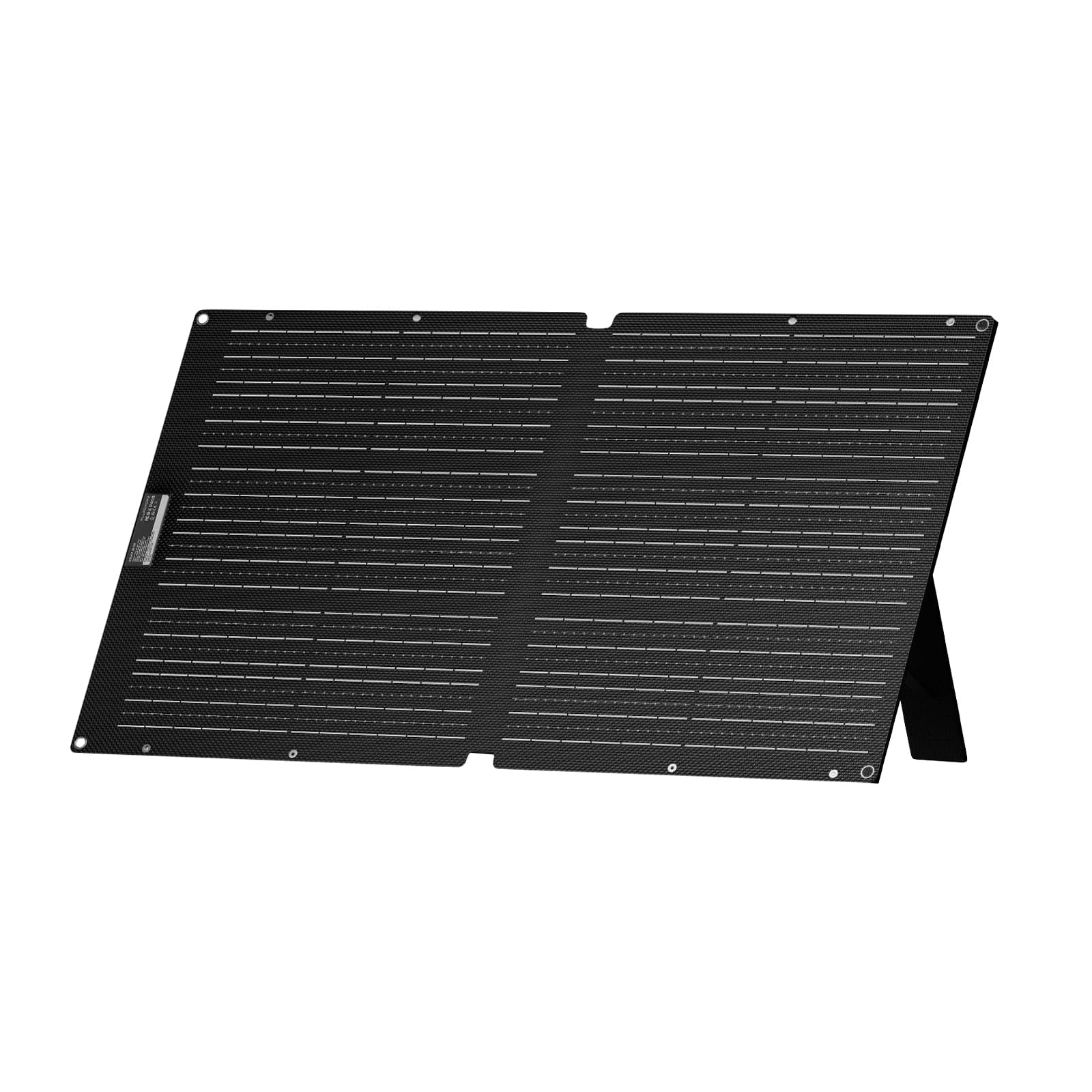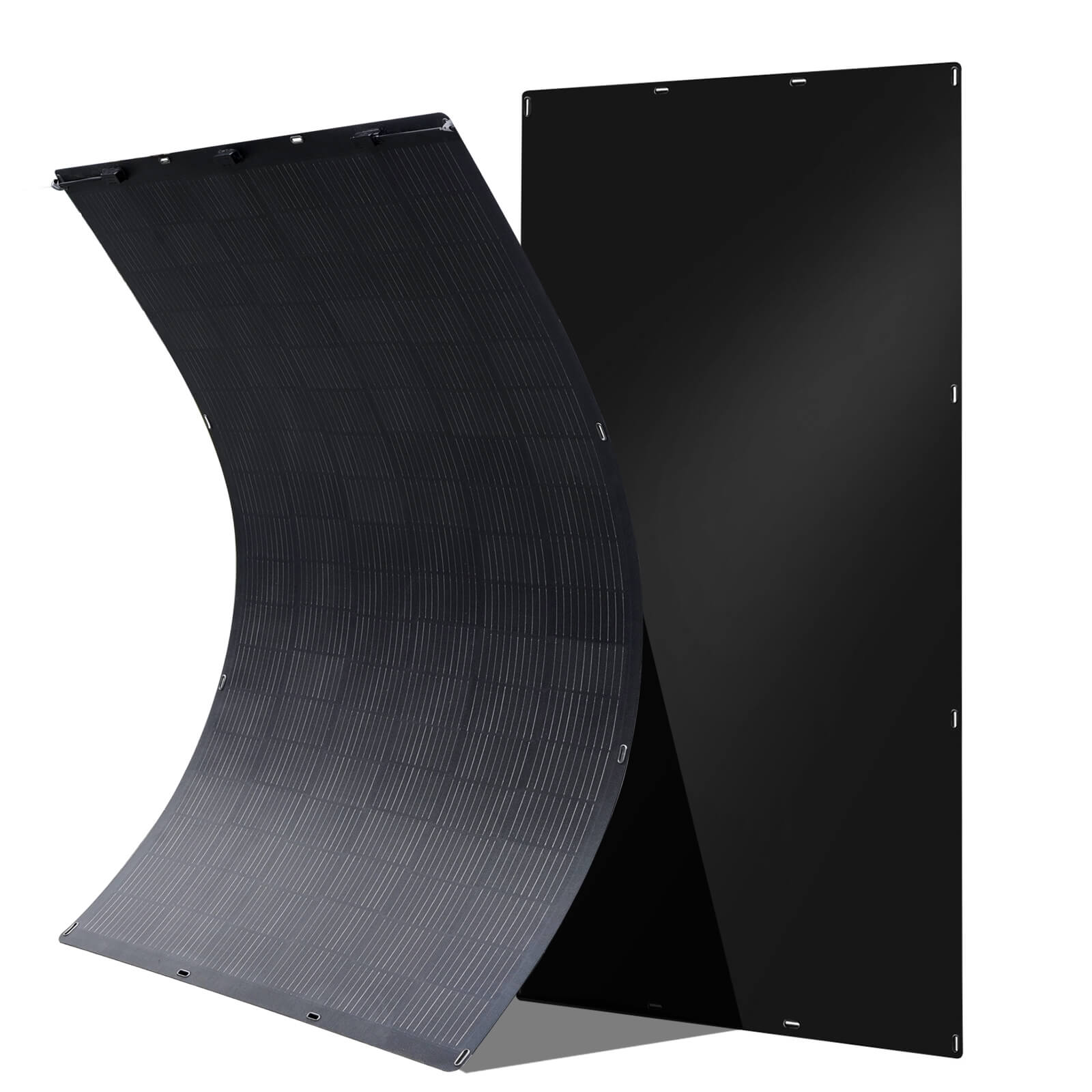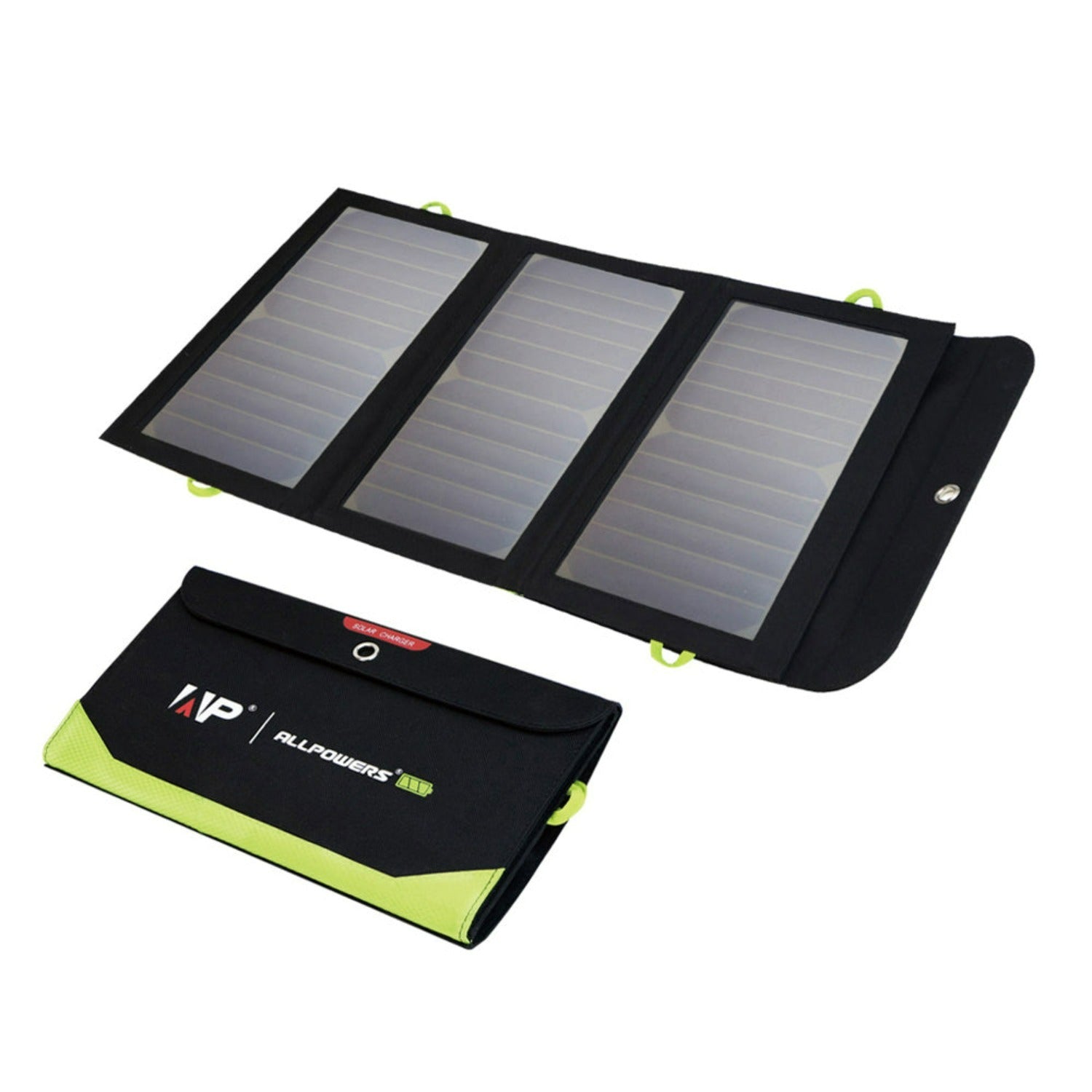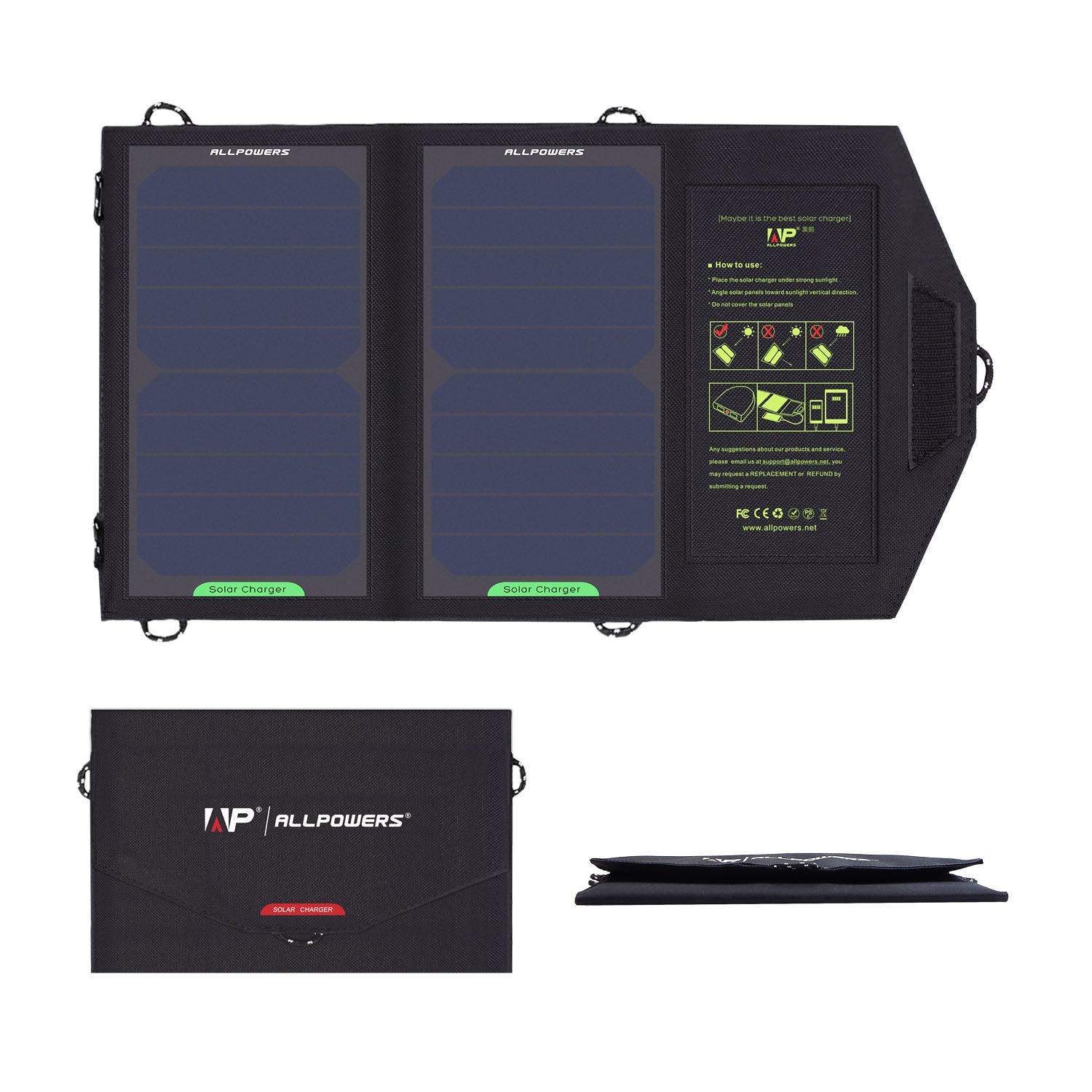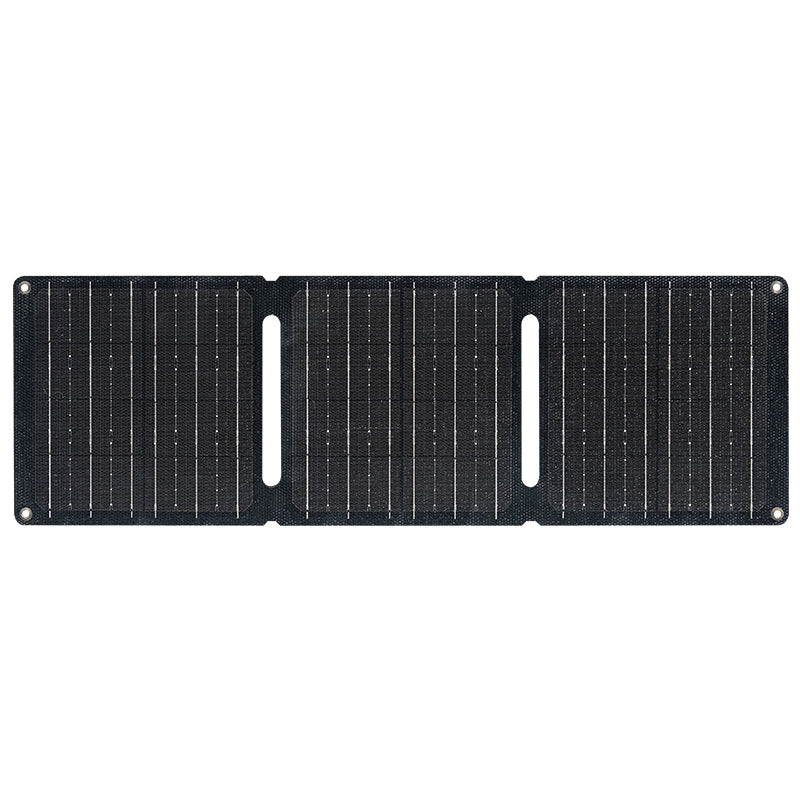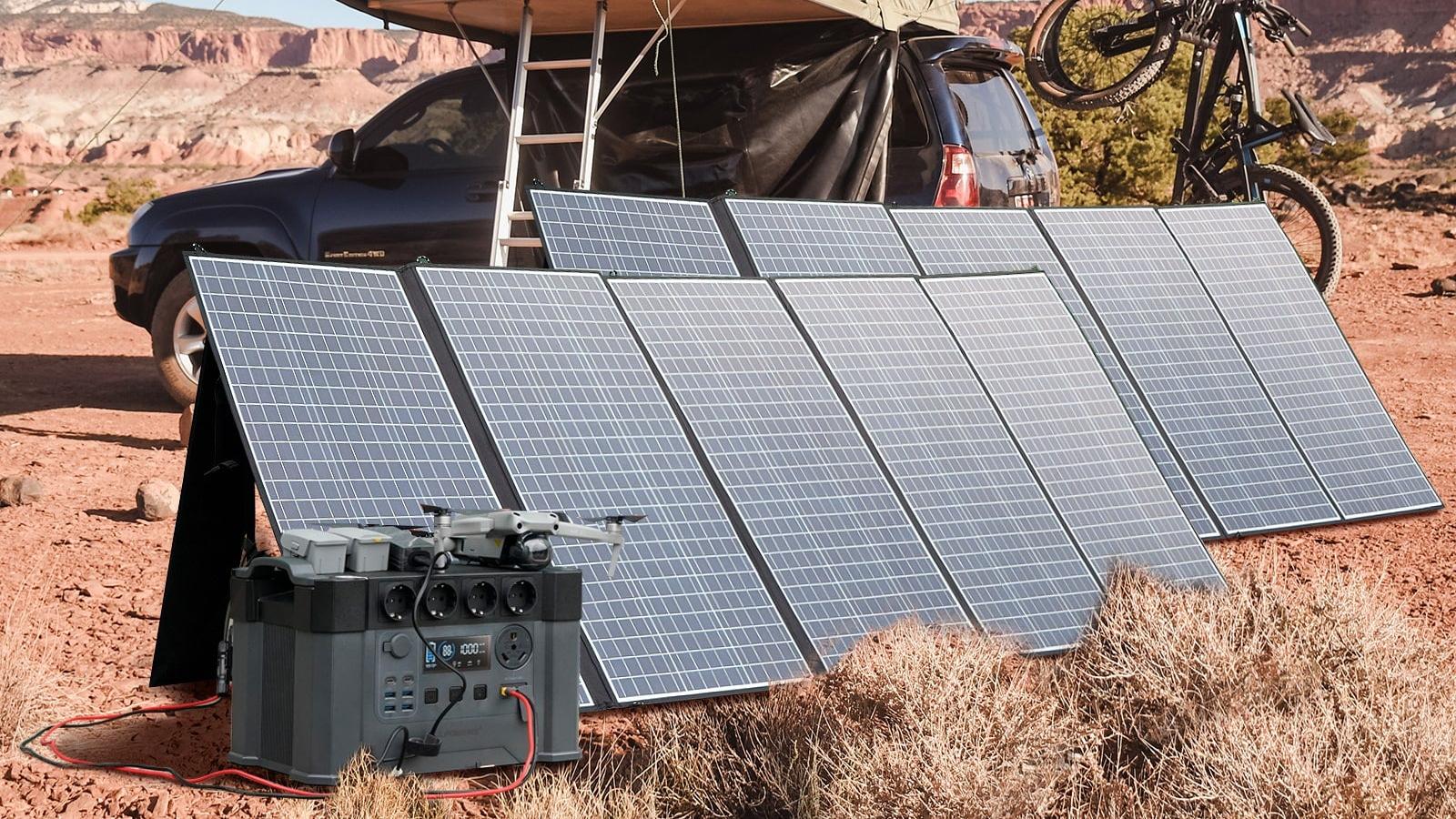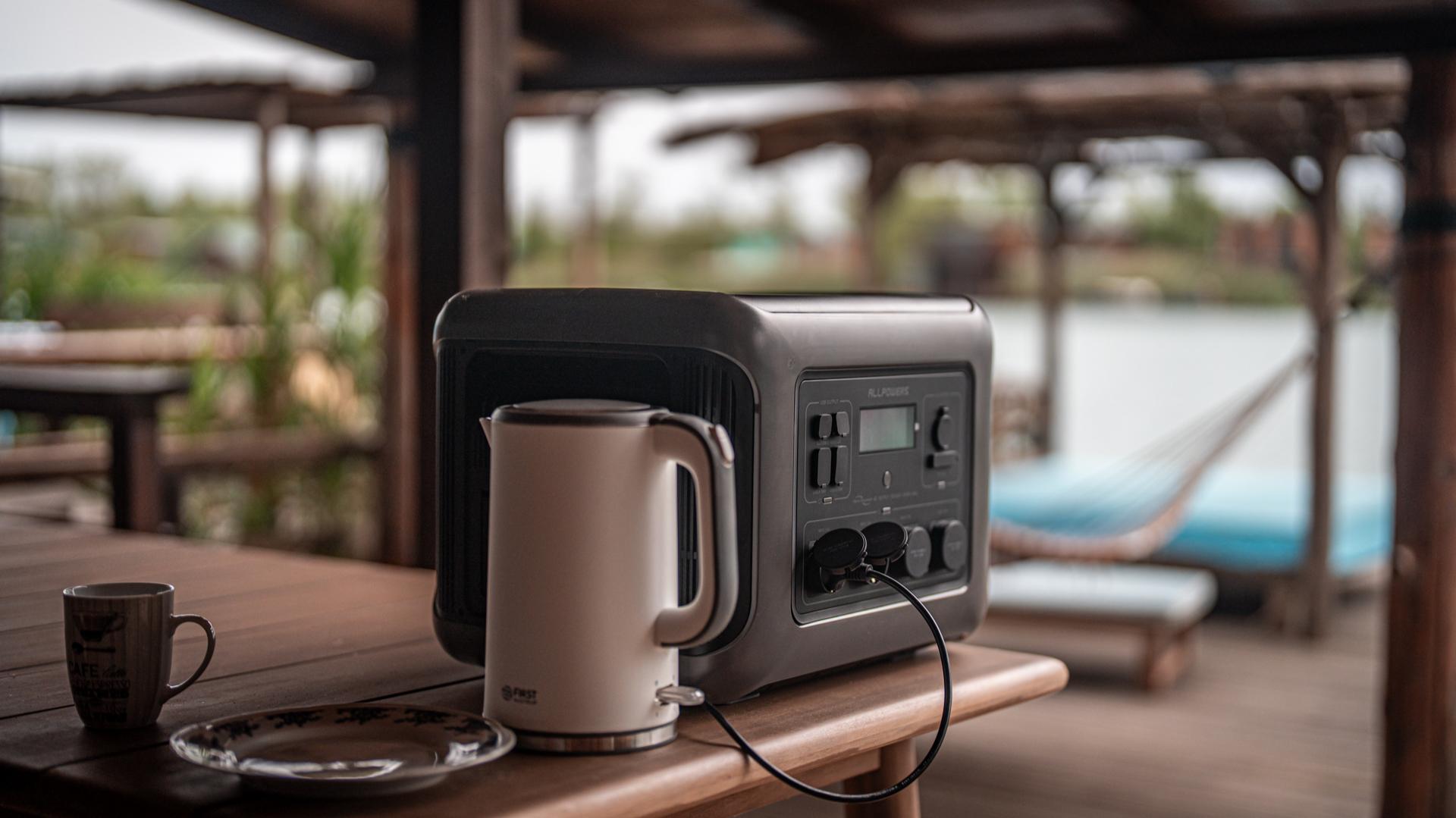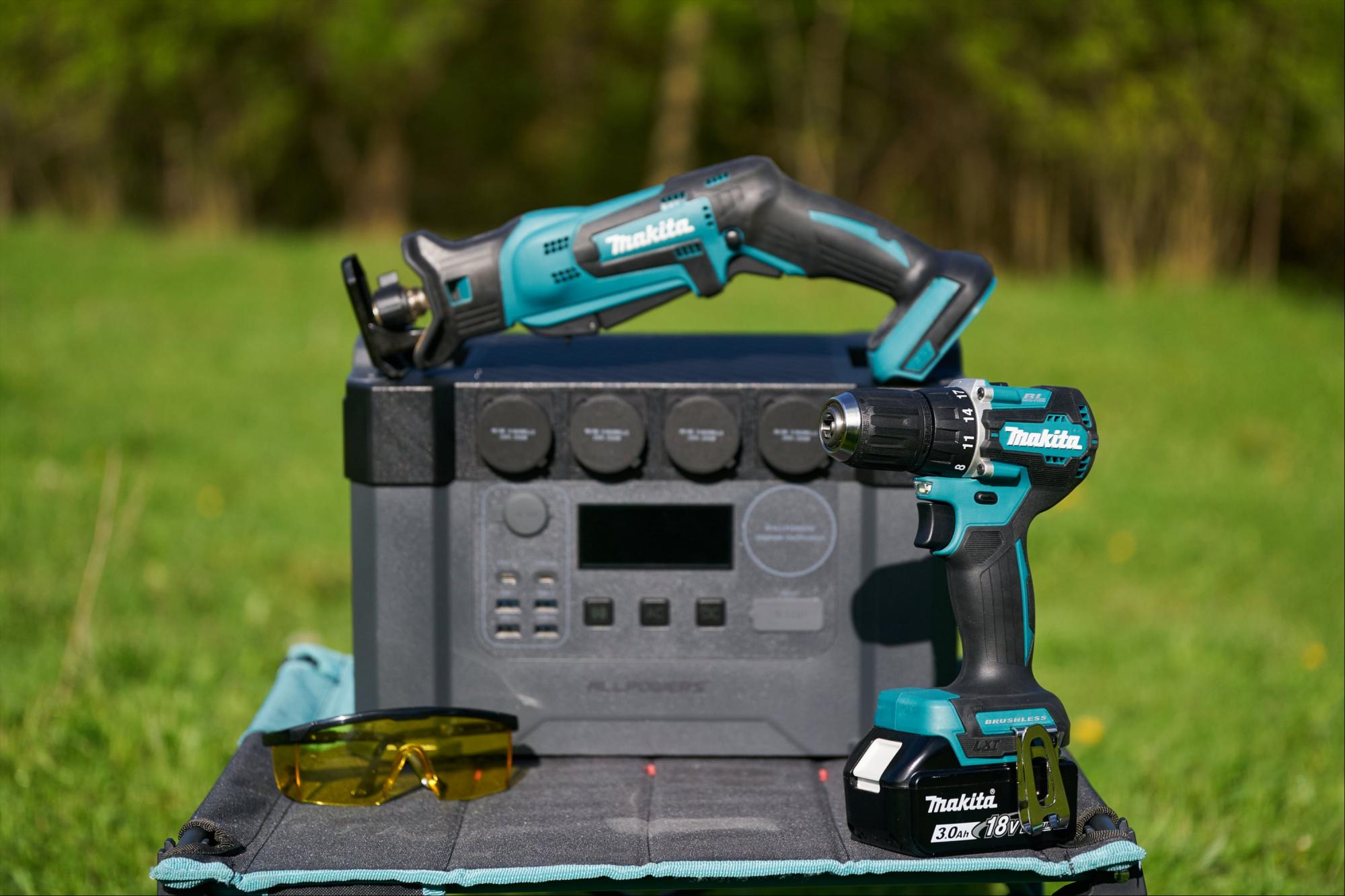It feels natural to assume that if the sun isn’t shining directly, panels stop working.
After all, the name itself makes it sound like they need to thrive on sunlight to do their job.
But is that really the case? Do solar panels really need direct sunlight to work?
Understanding the basics of solar panels
At their core, solar panels are made up of photovoltaic (PV) cells.
These cells convert sunlight into electricity through the photovoltaic effect.
The brighter the sunlight, the more photons hit the PV cells, and the more electricity is generated. Simple enough, right?
In fact, solar panels can still produce power without direct sunlight.
The energy output may be lower, yes, but even diffused or reflected light can trigger the photovoltaic effect.
You know what’s fascinating? On some overcast days, a well-positioned panel can generate about 10 to 25 percent of its rated capacity.
That’s enough to keep a small device running or charge a portable power station.
The difference between direct and indirect sunlight
Direct sunlight is when the rays hit your panel head-on, with nothing in the way. That’s the golden ticket for maximum efficiency.
On the flip side, indirect sunlight is scattered light, bouncing around after hitting particles in the atmosphere, clouds, or even nearby surfaces.
You’ve probably noticed that it doesn’t get completely dark during a cloudy day—it’s just softer, more diffused. Solar panels take advantage of that too. They don’t discriminate; photons are photons.
That said, production under indirect light will be reduced—sometimes significantly. But the crucial point is that energy production doesn’t simply stop.
Germany, a country not exactly known for endless sunshine, has been a leader in solar energy for years.
Long stretches of gray skies don’t stop their systems from running. It proves the point that direct sunlight is ideal but not mandatory.
Learn more: Do Solar Panels Work on Cloudy Days?
Everyday factors that influence sunlight
It’s easy to assume that sunlight is all that matters, but real-world conditions are rarely so simple.
Shade from a tree, a nearby chimney, or even snow sliding down half the panel can reduce output dramatically.
Angle also plays a surprisingly big role. A panel tilted just right toward the sun captures more energy than one lying flat.
That’s why solar installers talk about “optimal tilt” based on your latitude. It’s not just technical nitpicking—it really adds up over years.
Temperature plays its part, too. Some panels actually perform better in cooler, cloudy conditions than under scorching summer heat.
Why? Because solar cells don’t love excessive heat. Efficiency drops as temperatures climb.
So if you’re planning solar use year-round, it’s less about demanding direct sunlight every day and more about balancing expectations across different factors.
Why direct sunlight is still the gold standard
Even though panels don’t quit under clouds, direct sunlight is still the champion for energy production.
When sunlight travels straight and uninterrupted to the surface of the solar cells, it carries the maximum punch of photons.
That intensity translates into higher voltage, stronger currents, and ultimately, more stored or usable power.
But here’s the comfort: the system doesn’t collapse without it. Solar is flexible, resilient, and surprisingly forgiving.
A little cloud cover won’t ruin your day, and portable setups give you the freedom to reposition panels when needed.
Why storage matters as much as sunlight
Solar panels alone can’t guarantee steady power, because the sun isn’t steady.
Pair it with a good energy storage solution—like a portable power station—and suddenly indirect light becomes much more valuable.
Even small amounts of energy captured during cloudy hours can add up when stored properly.
That stored power can then run appliances, charge phones, or keep emergency systems online when the sun’s gone for the night.
At this point, whether the sunlight was direct or diffused feels a lot less urgent.
Tips to maximize solar panel efficiency
Of course, there are also steps you can take to ensure you’re getting the most out of your solar panels.
Keep the surface clean. Dust, pollen, bird droppings—these little things block photons from reaching the cells. Even a thin film can cut performance noticeably.
Adjust the angle when possible. If you’re using portable gear, tilt it toward the sun’s current position. Small adjustments can lead to surprising gains.
Avoid long-term shading. A single shadow across one part of a panel can reduce output dramatically, since cells are linked in series. Think of it like a Christmas light strand—one weak bulb can dim the whole string.
And if you’re working with a larger system, pairing solar panels with a reliable battery setup ensures you capture and store every bit of power available.
That way, even weaker daylight hours contribute to your usable energy.
Conclusion
So, does a solar panel need direct sunlight? Not exactly. Direct sunlight delivers the highest output, no question about that.
But indirect sunlight, cloudy skies, and even reflective surfaces all contribute to energy production.
At the end of the day, sunlight—direct or scattered—remains one of the most dependable, renewable resources we have.


